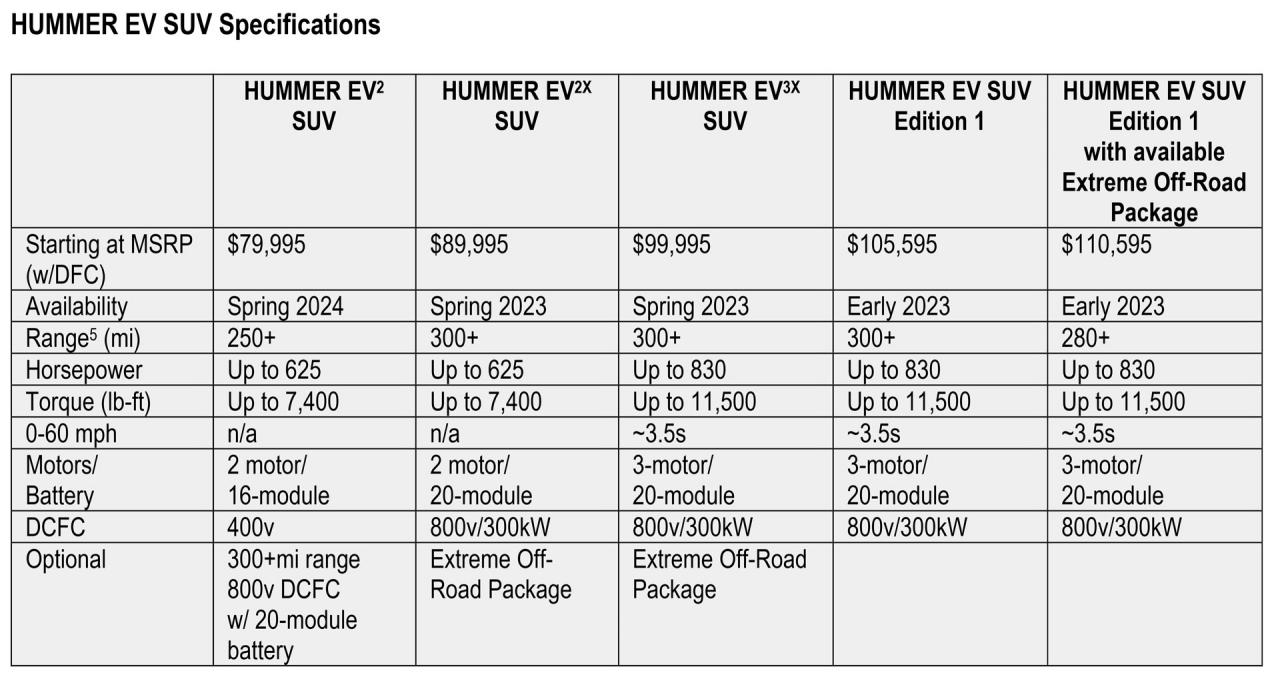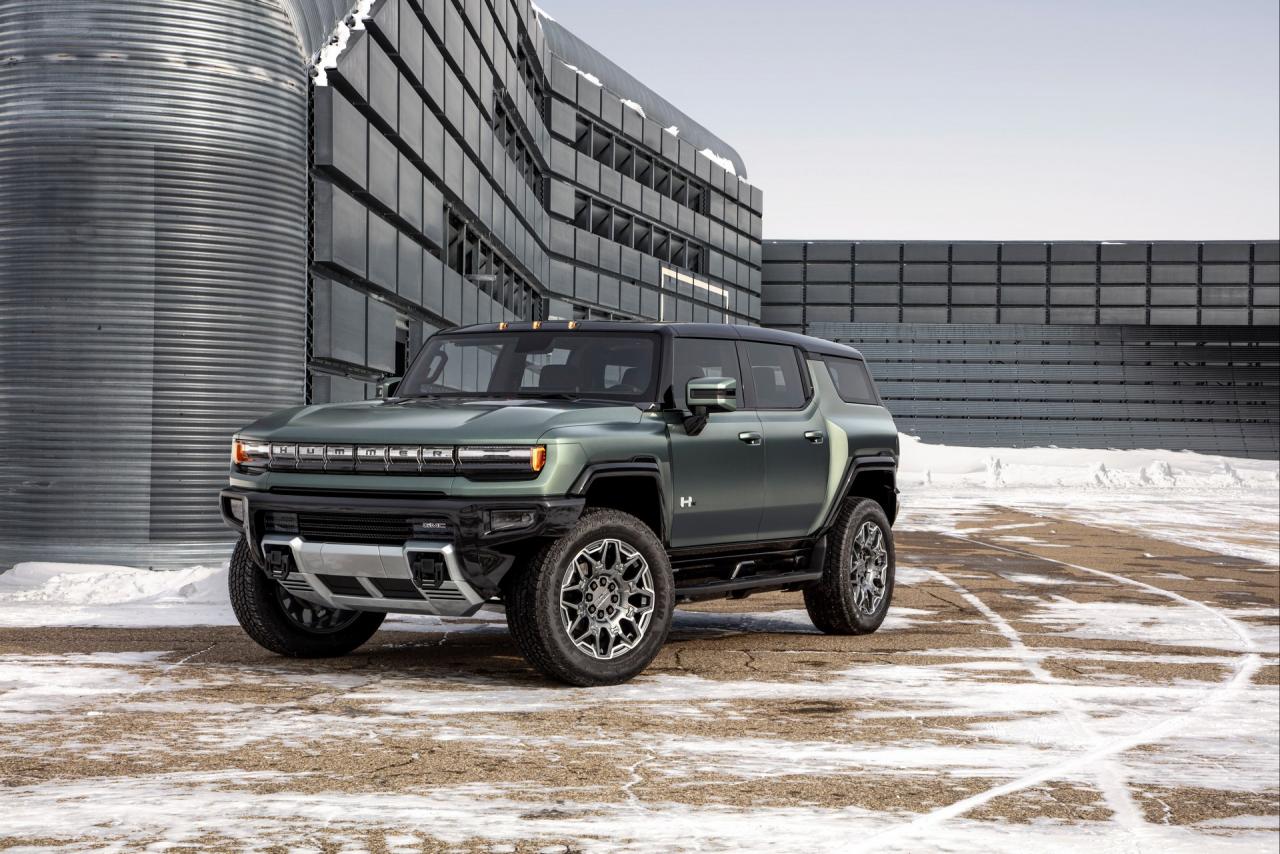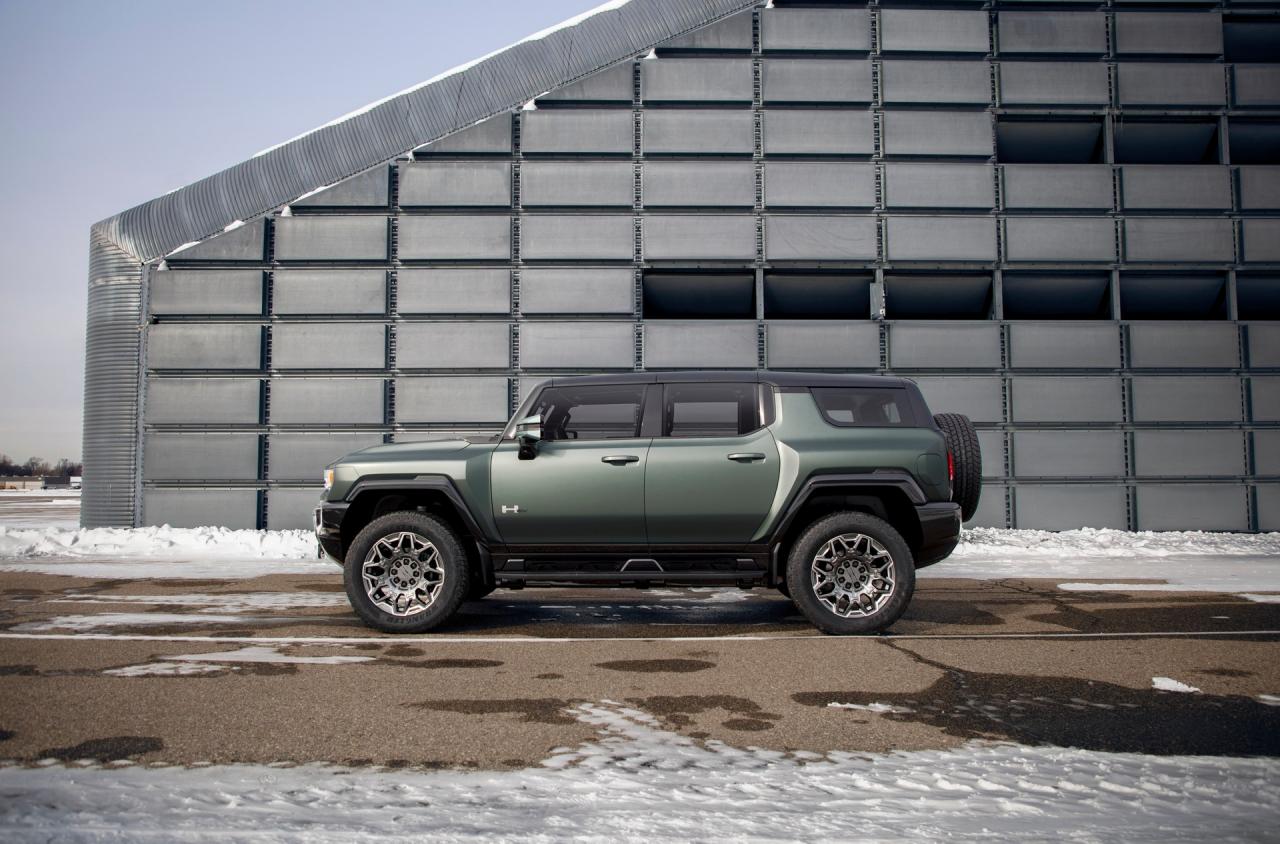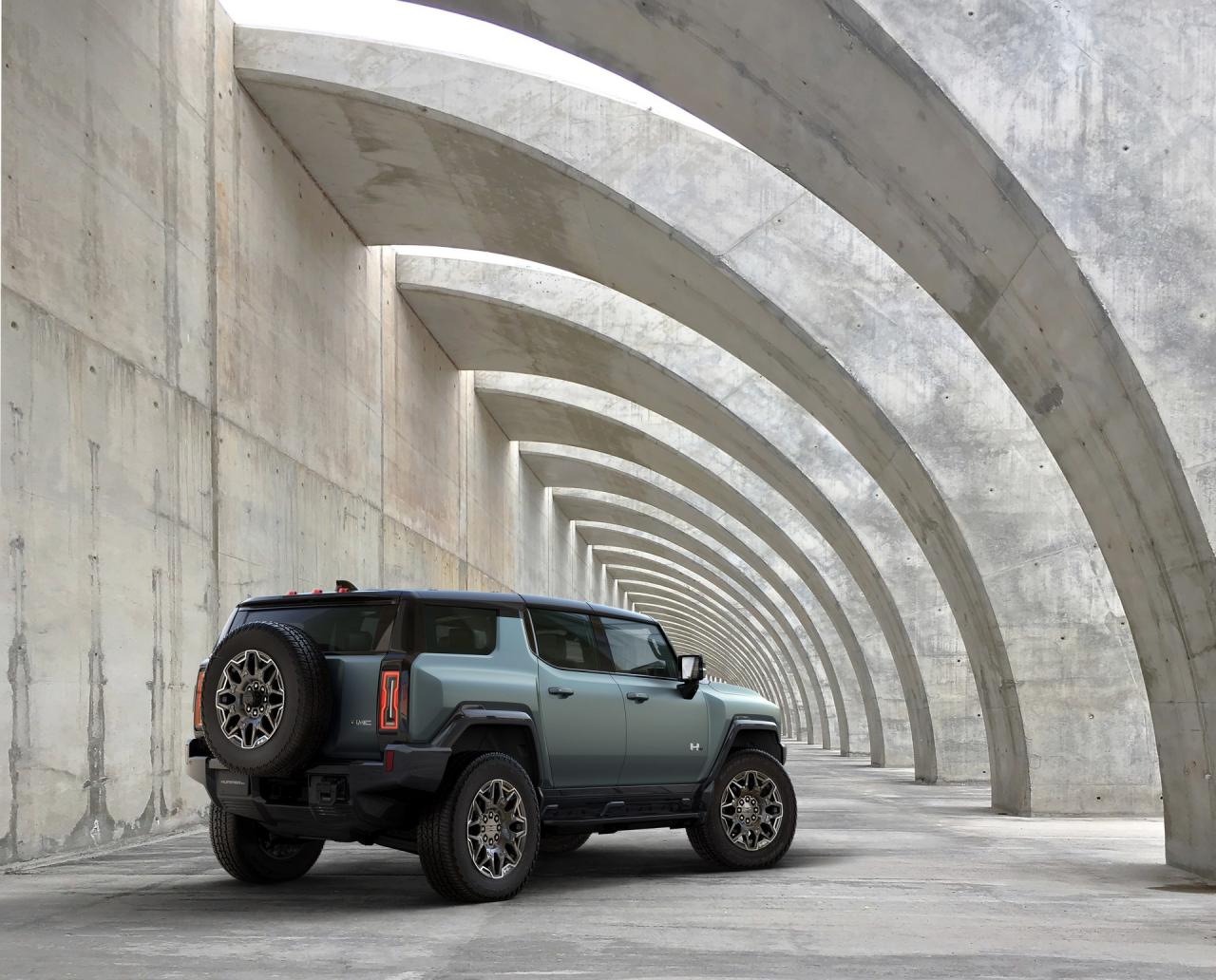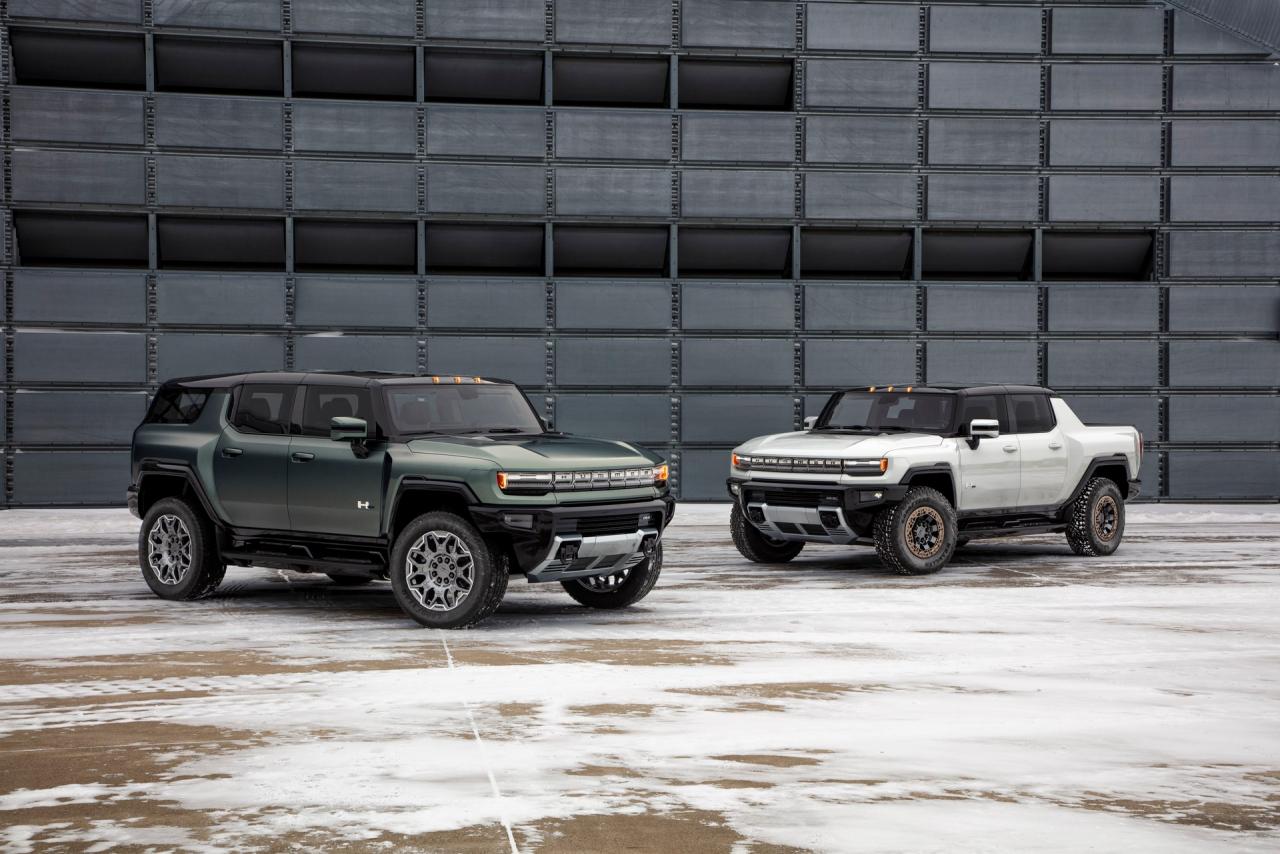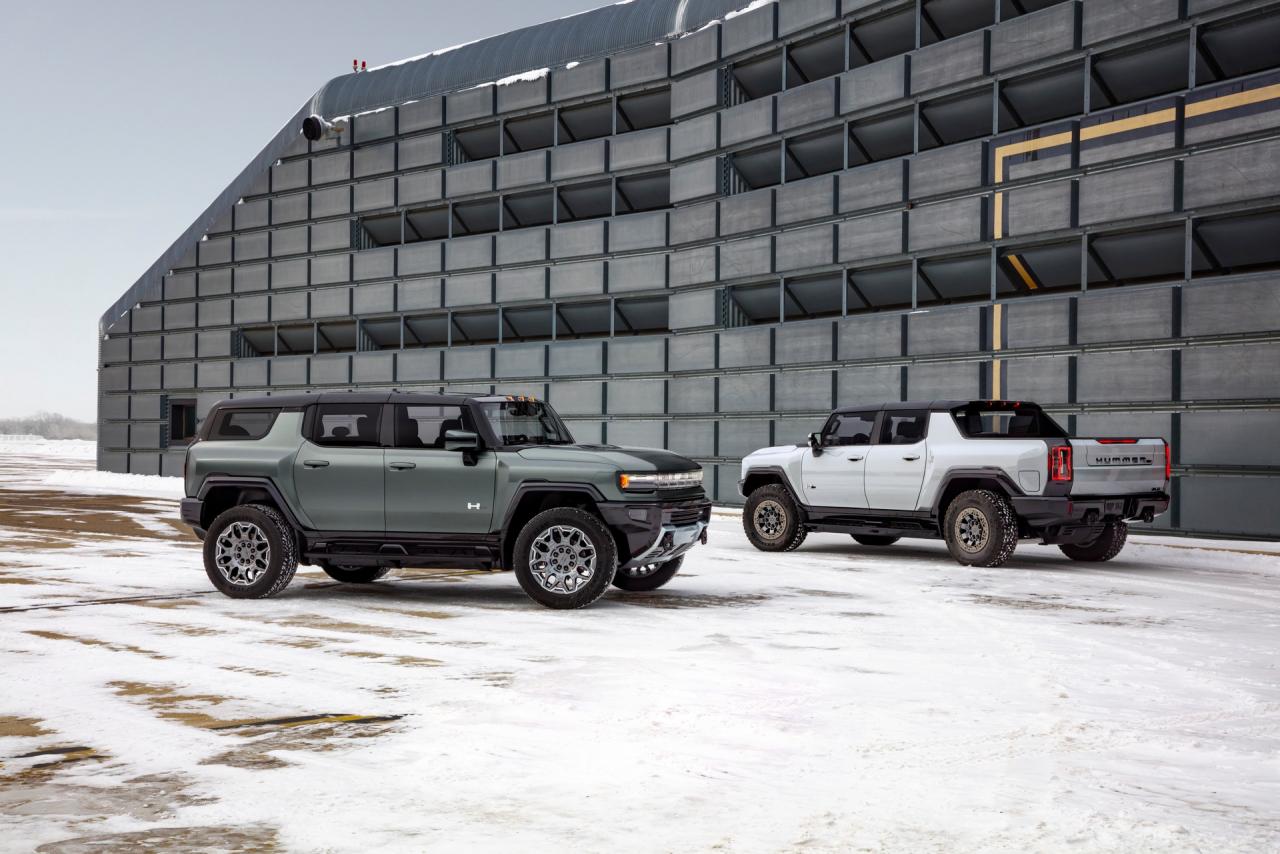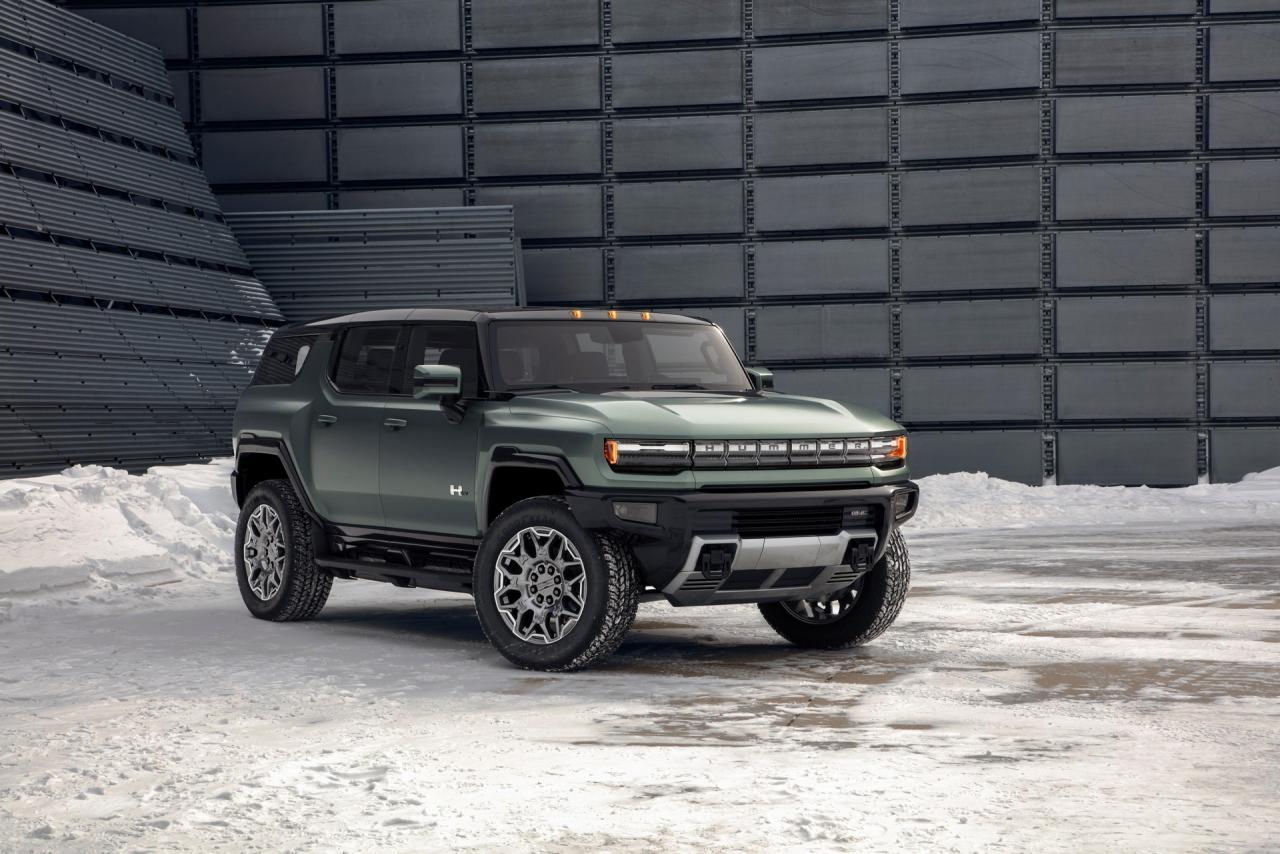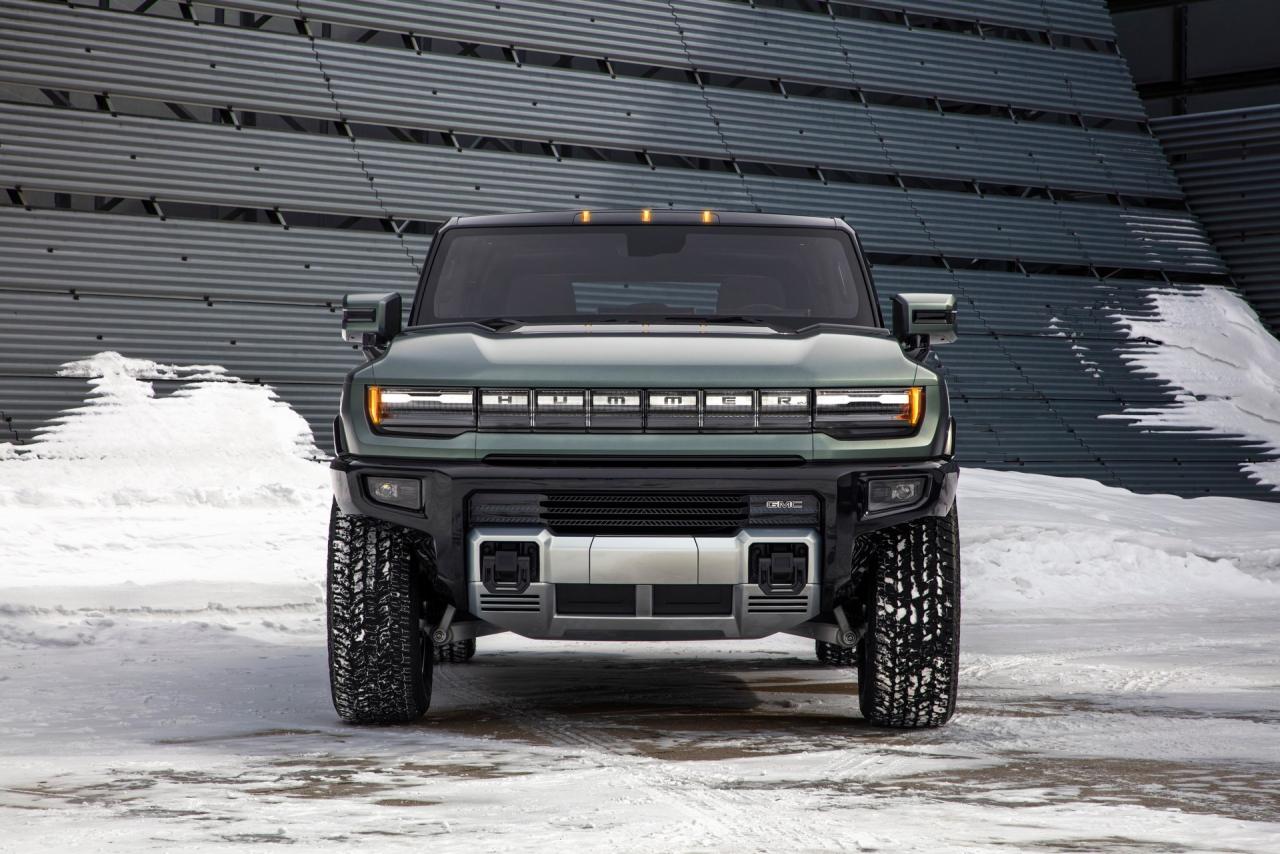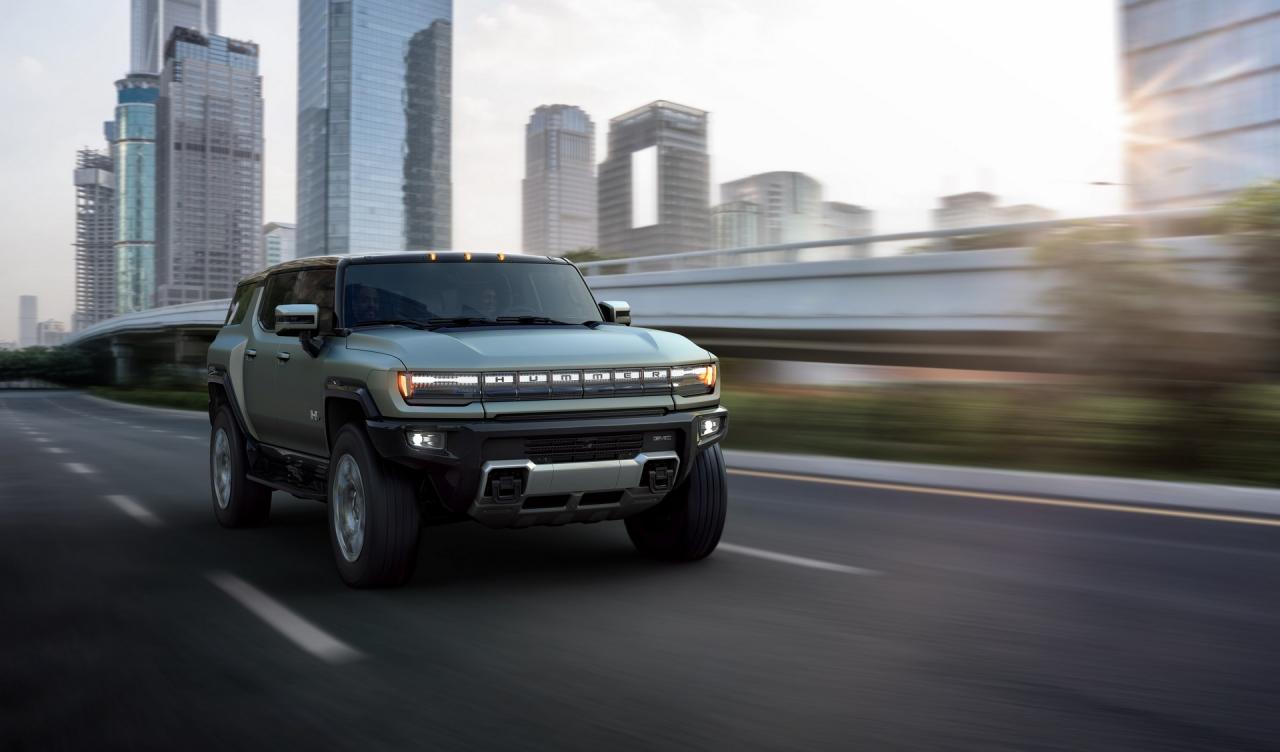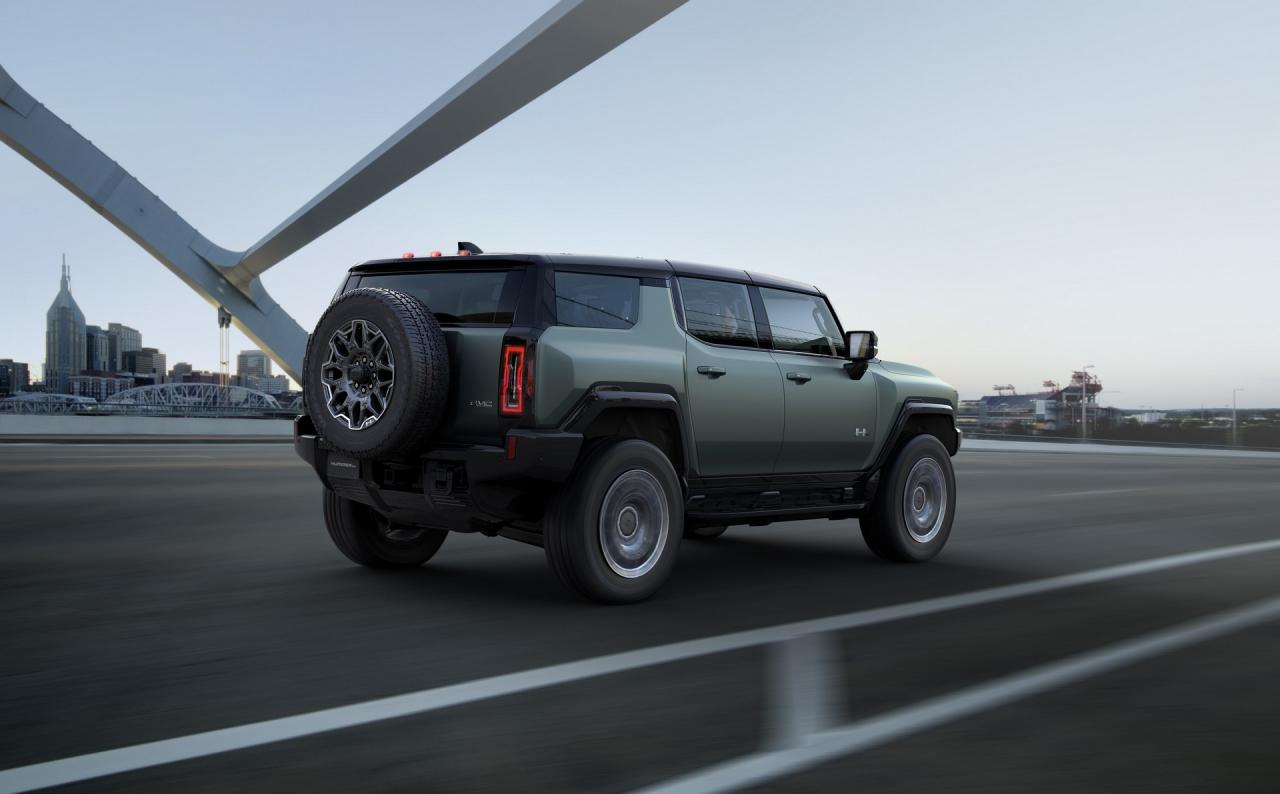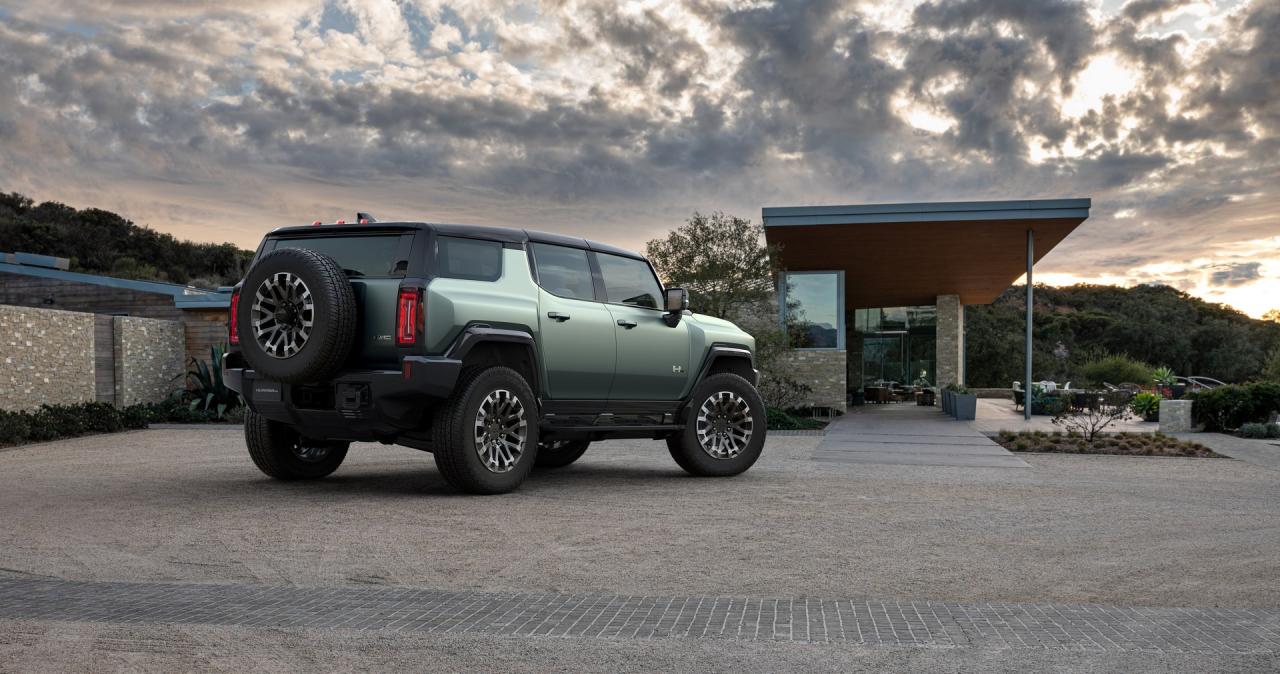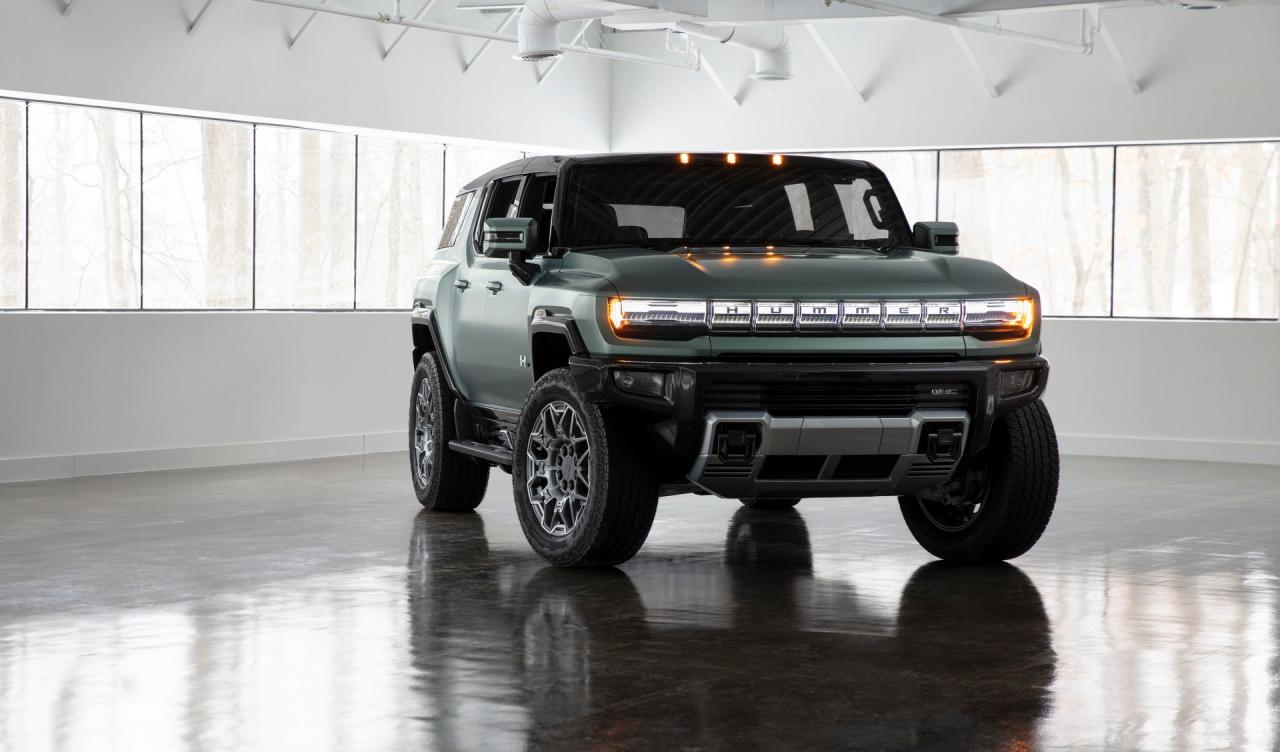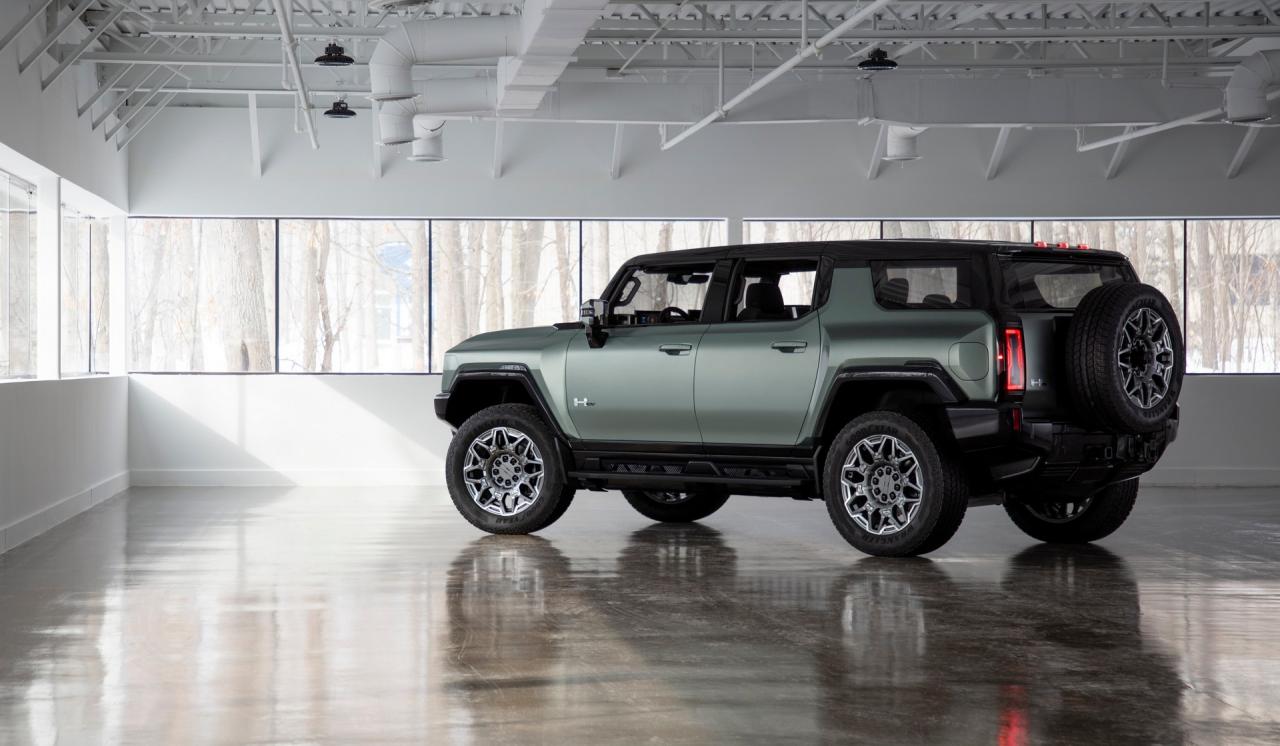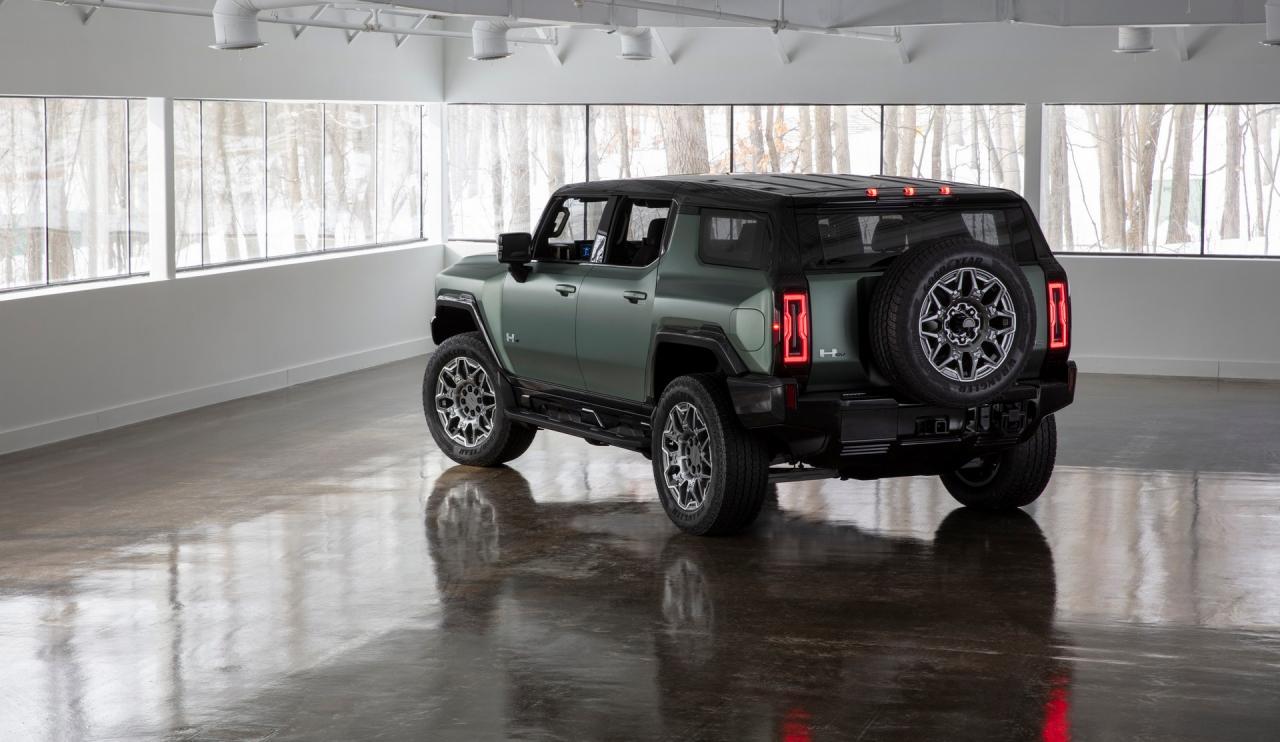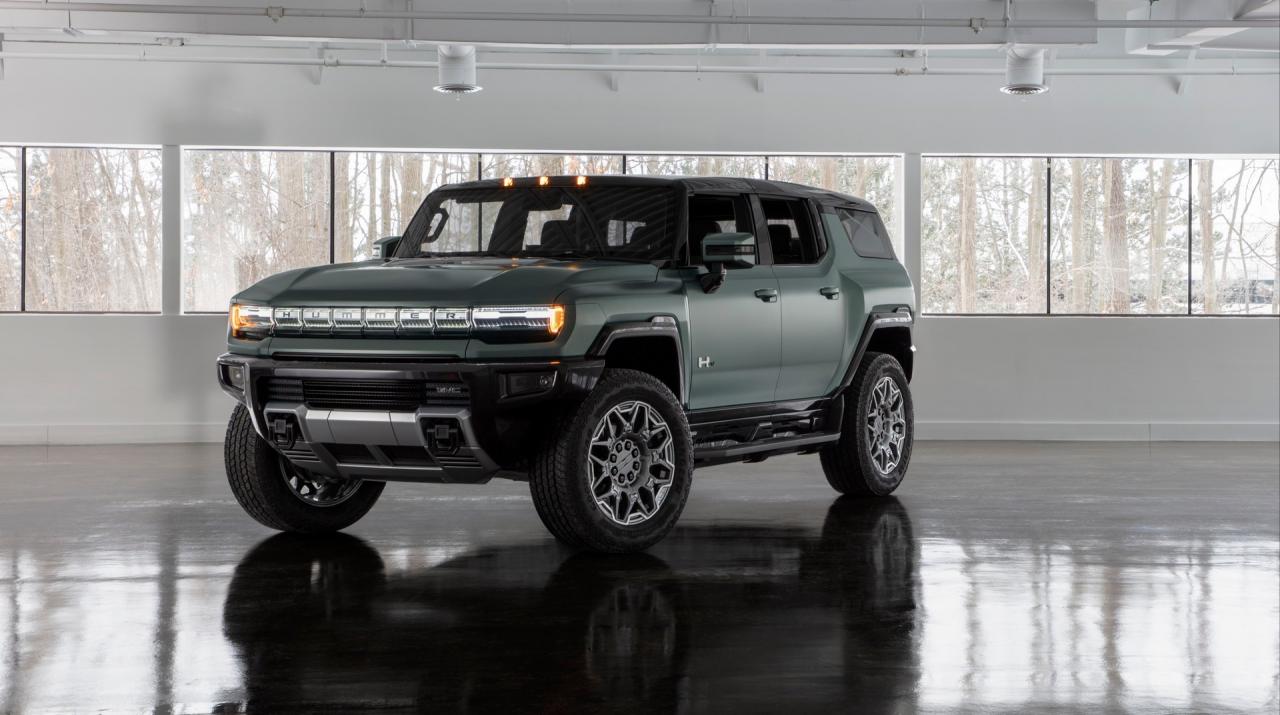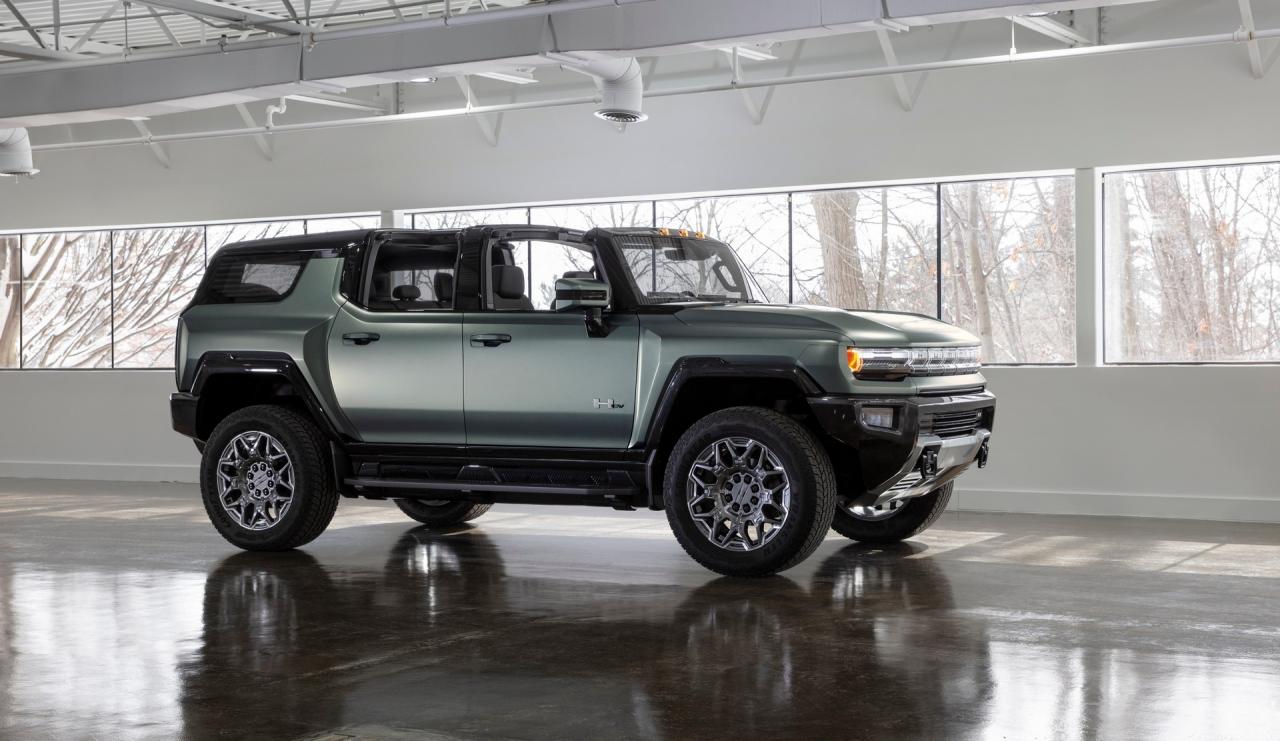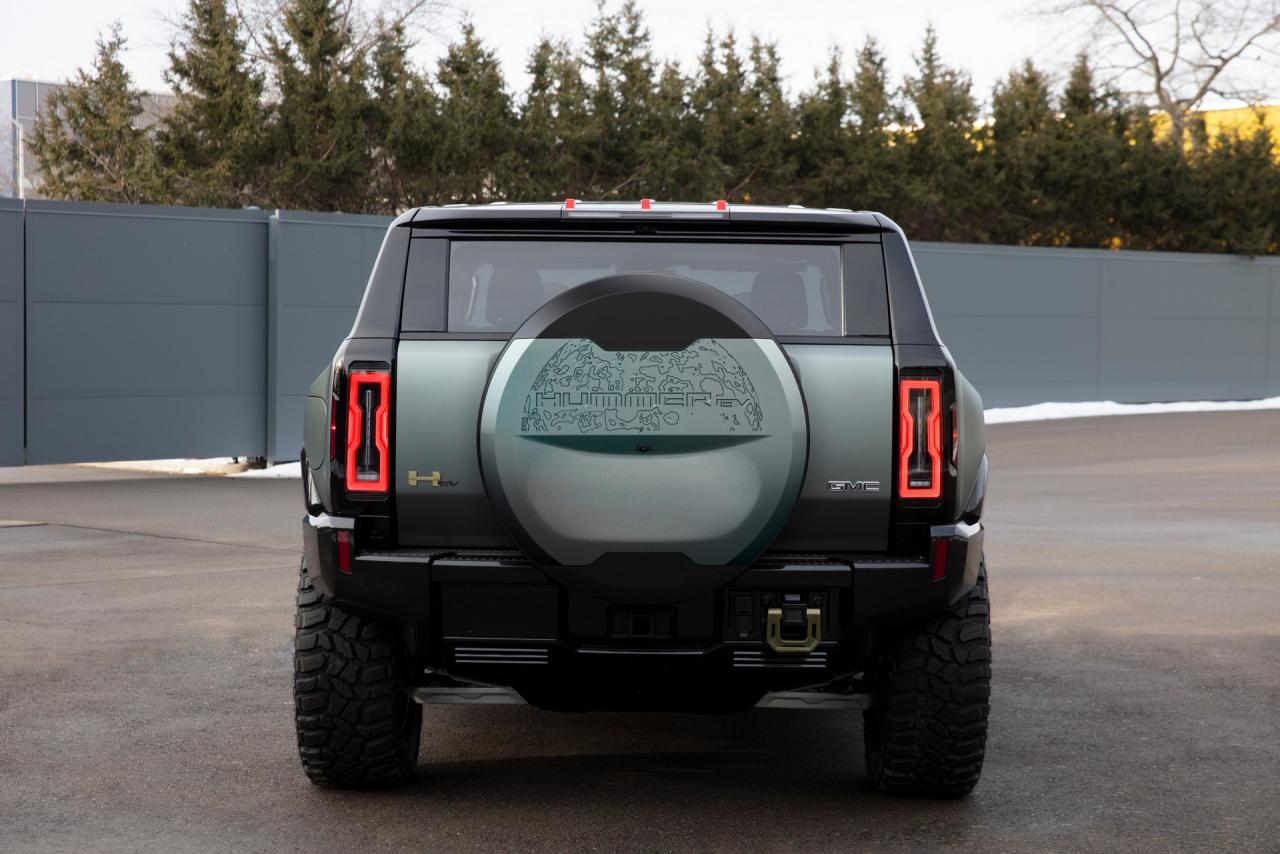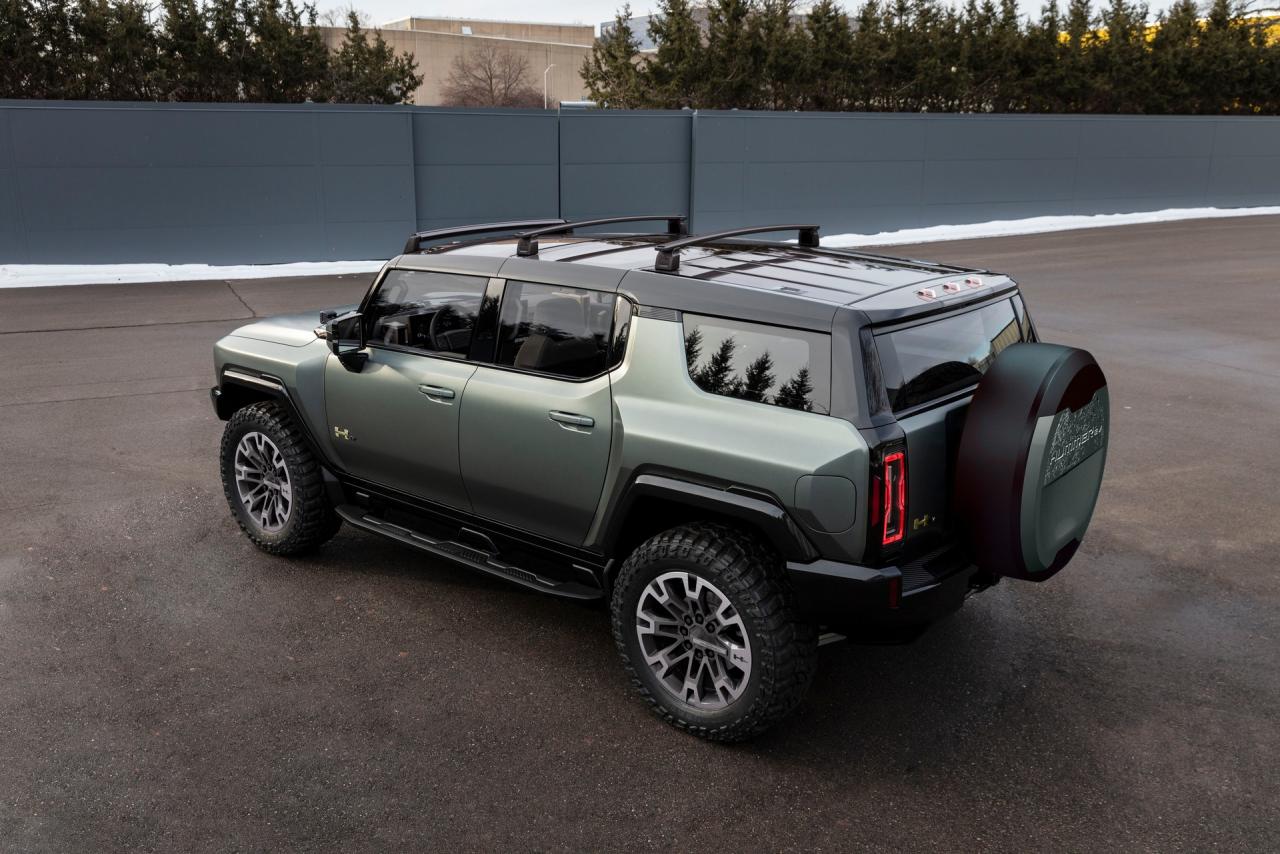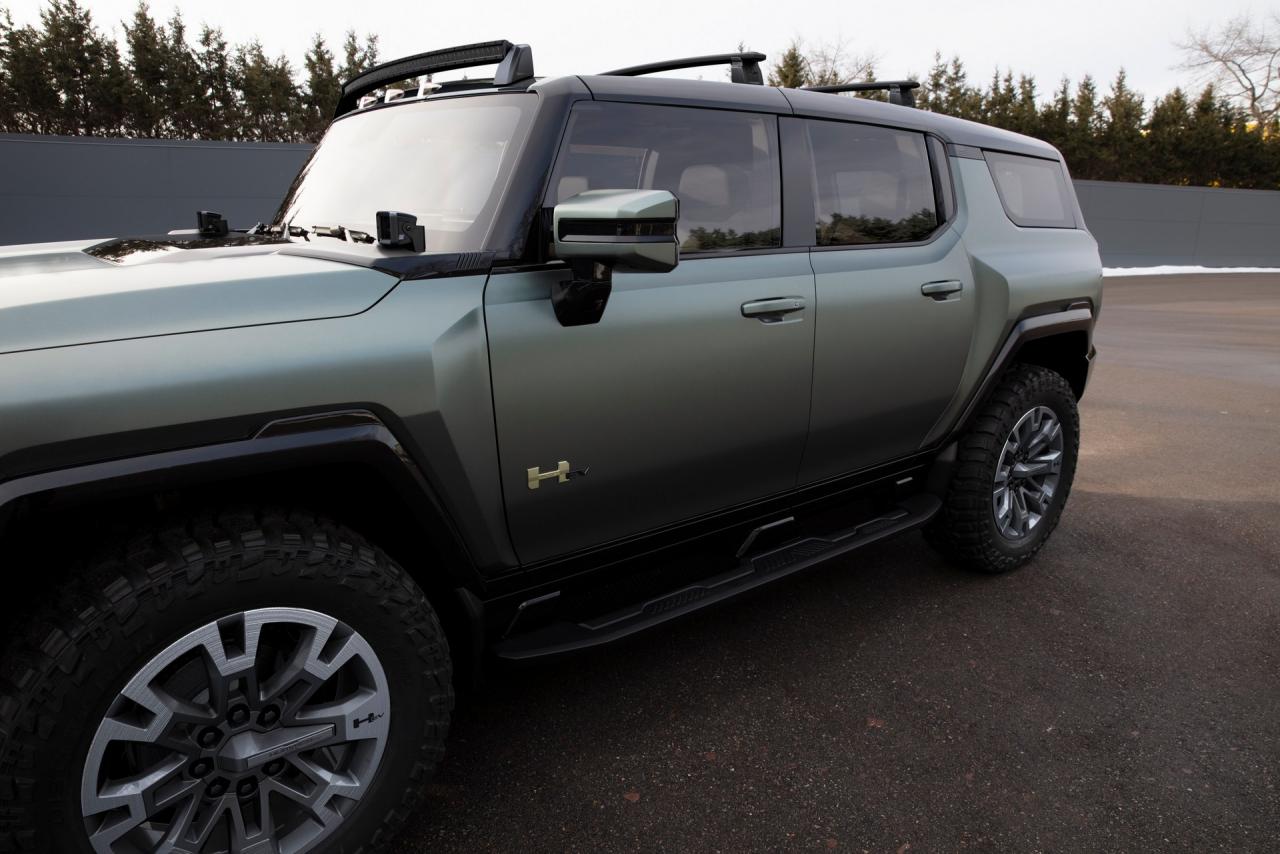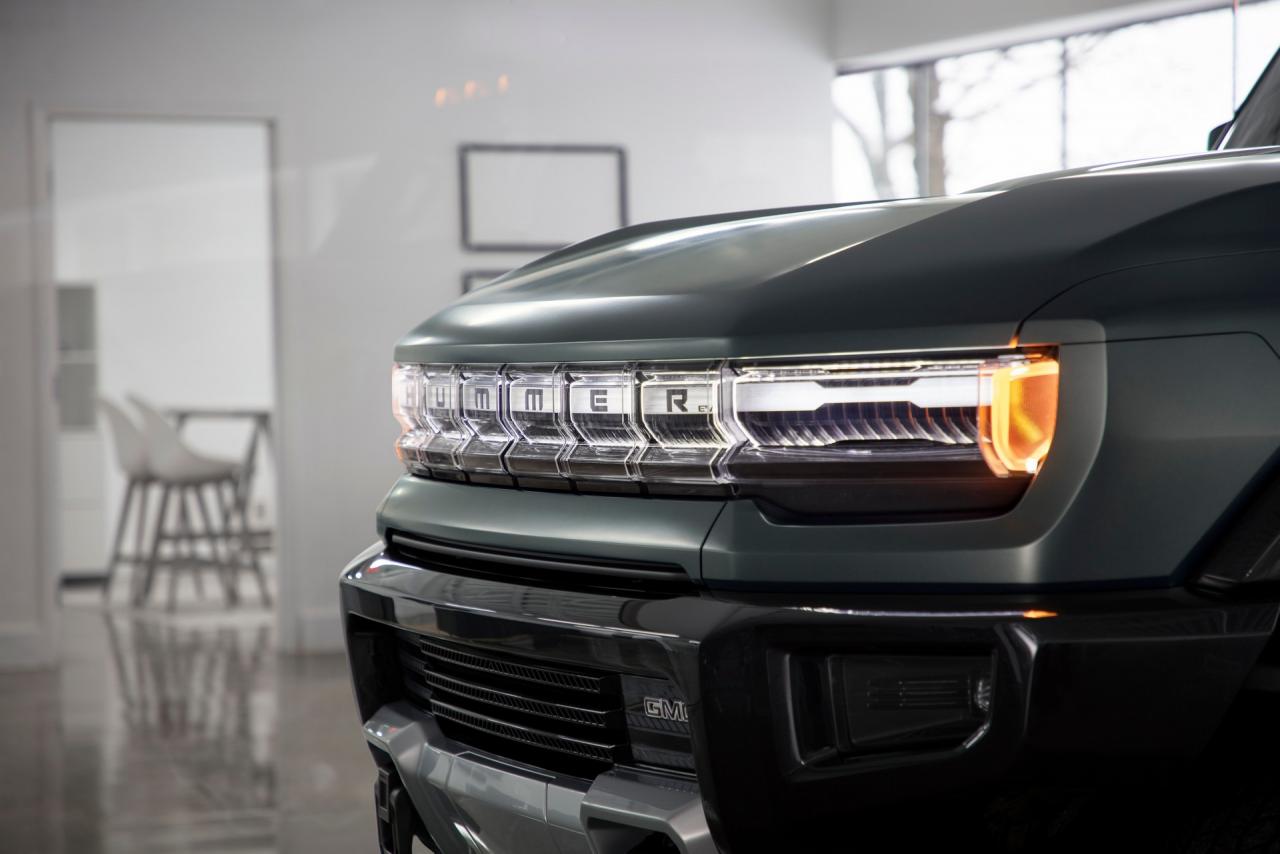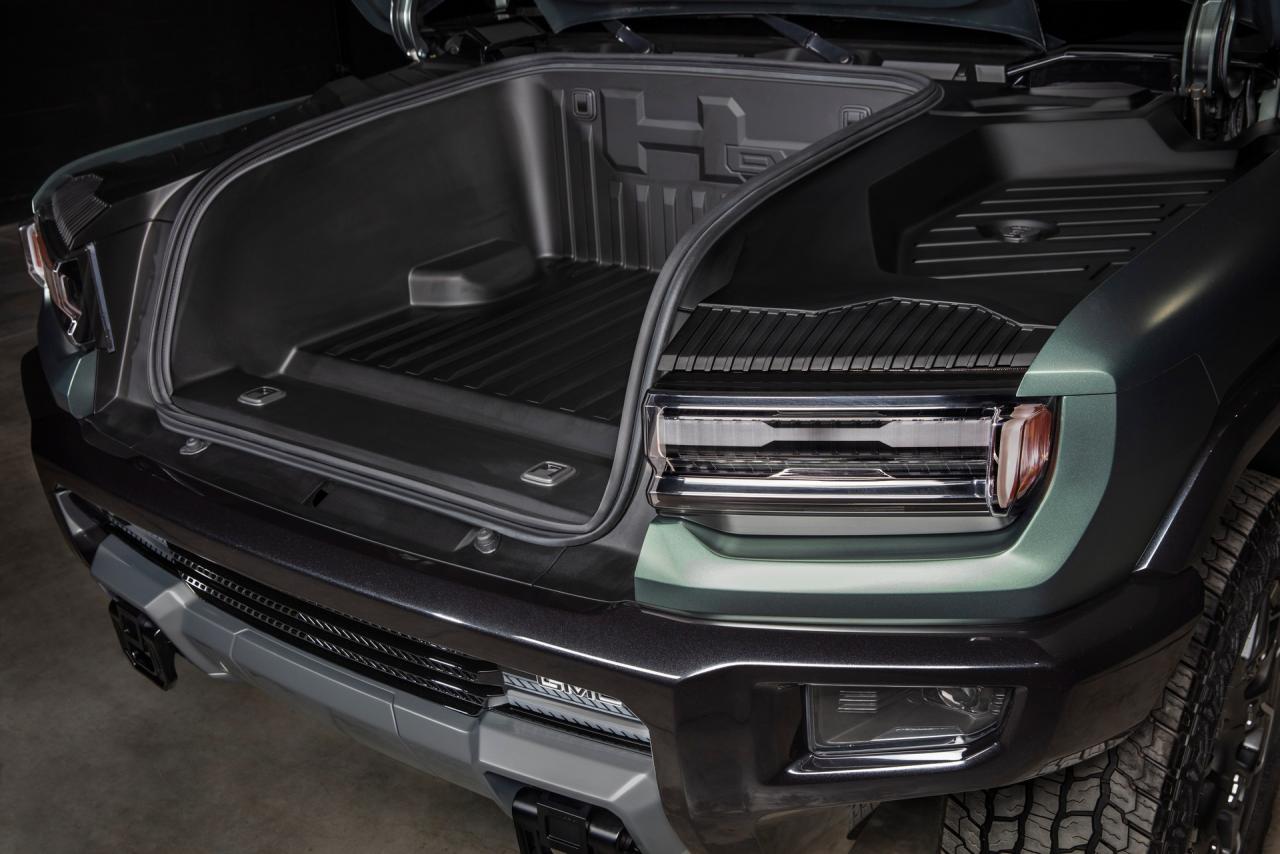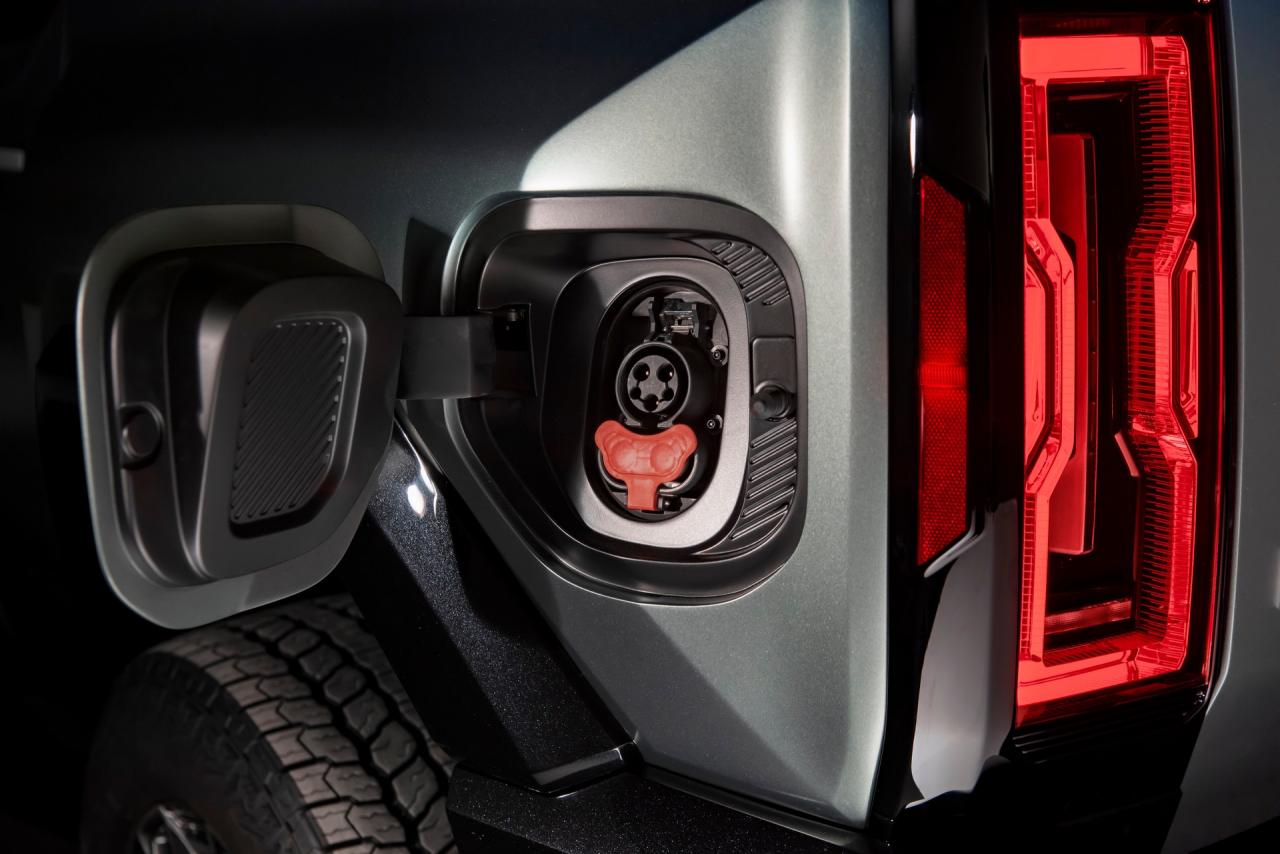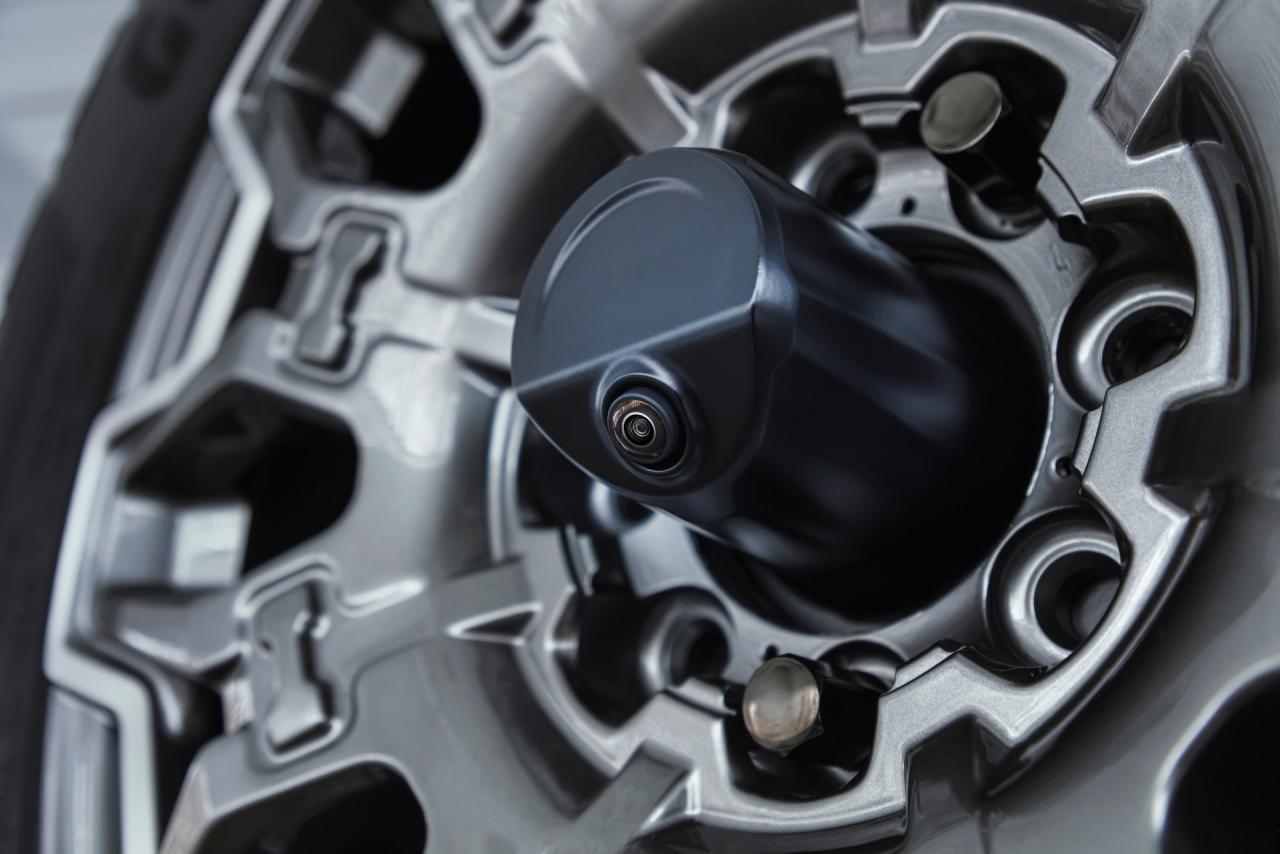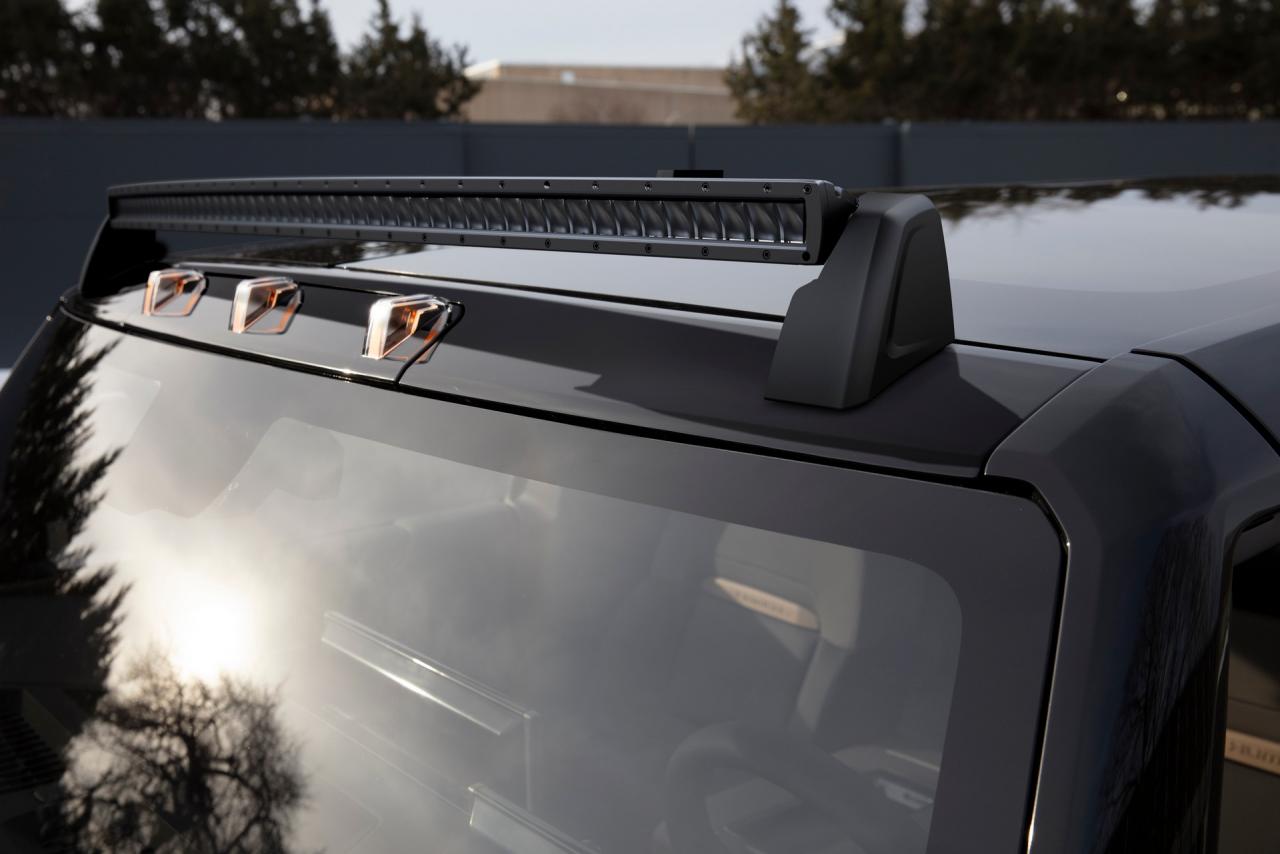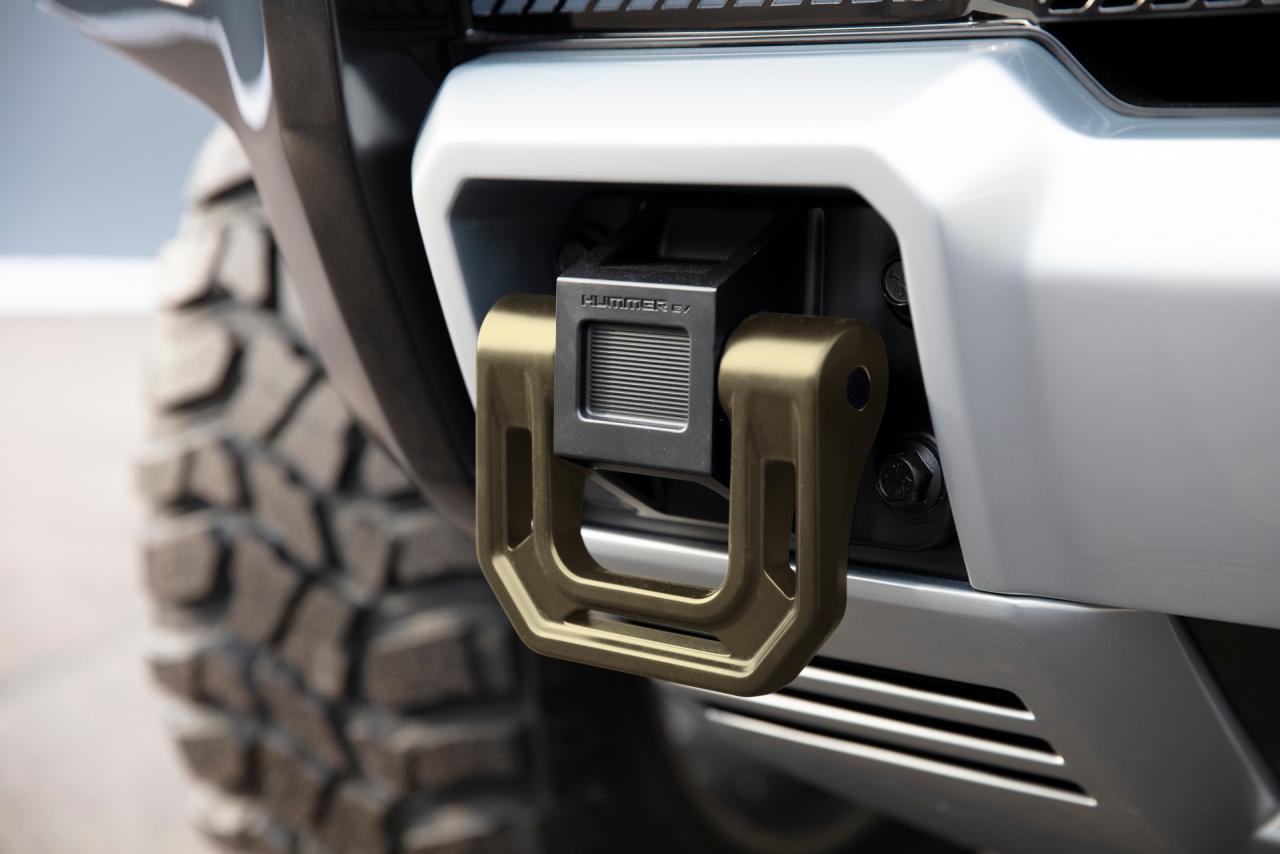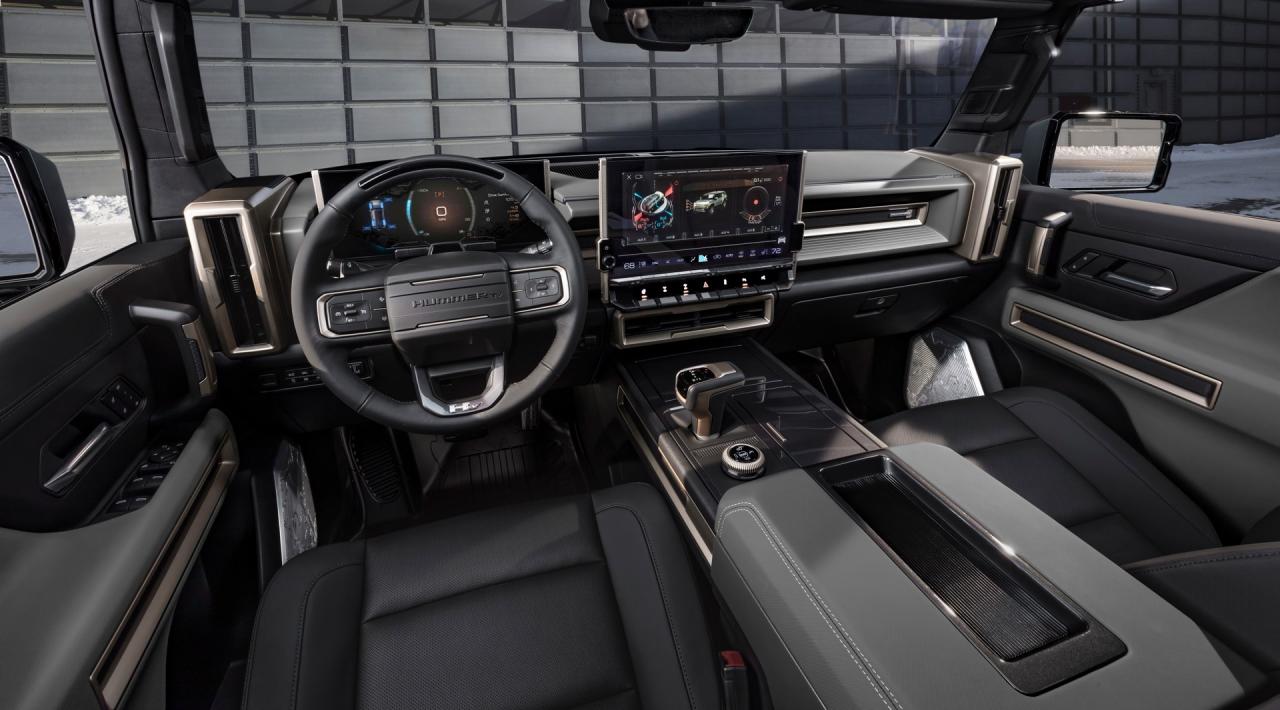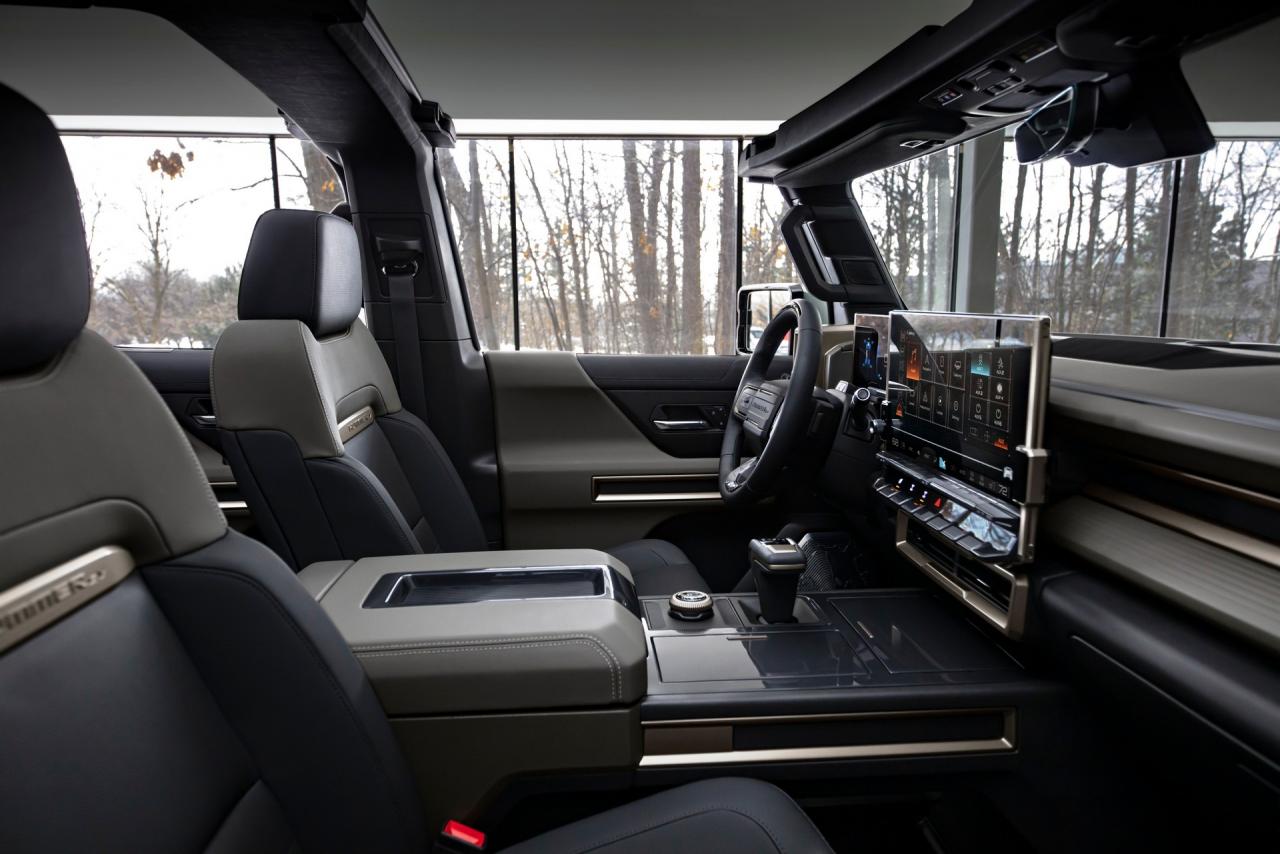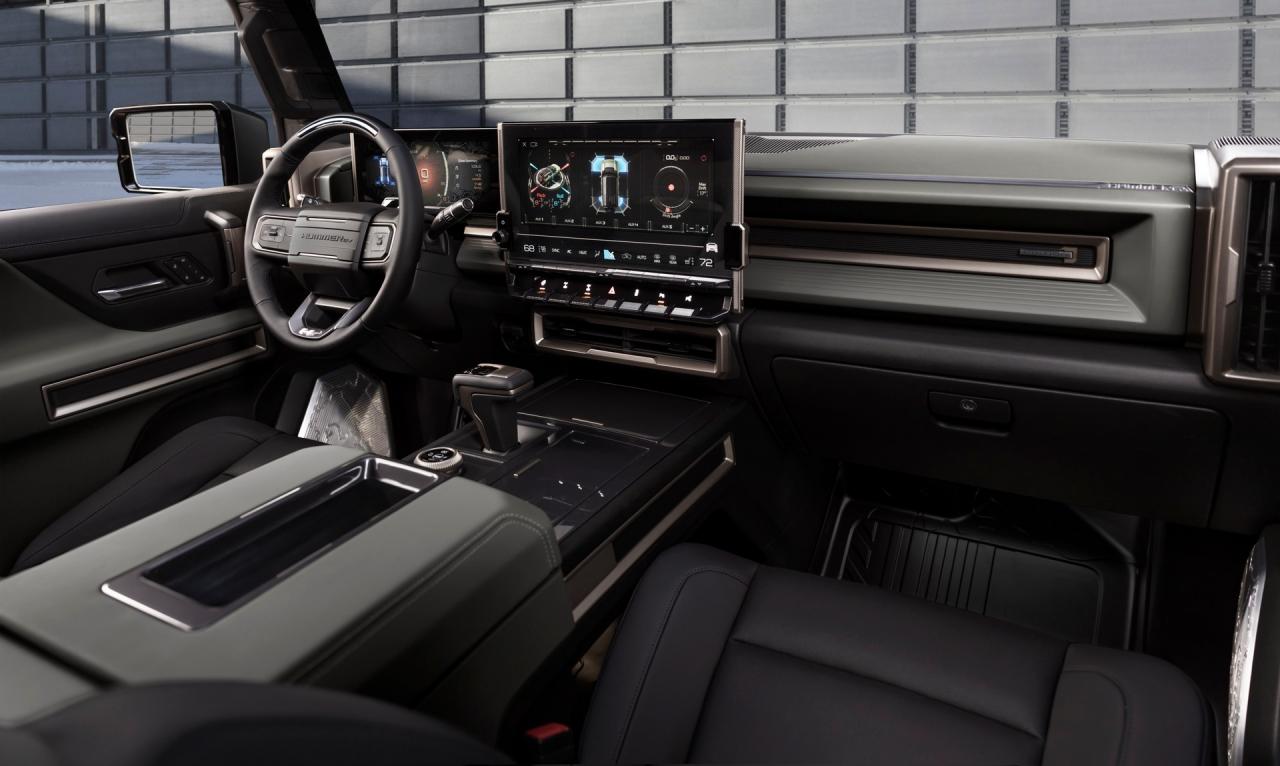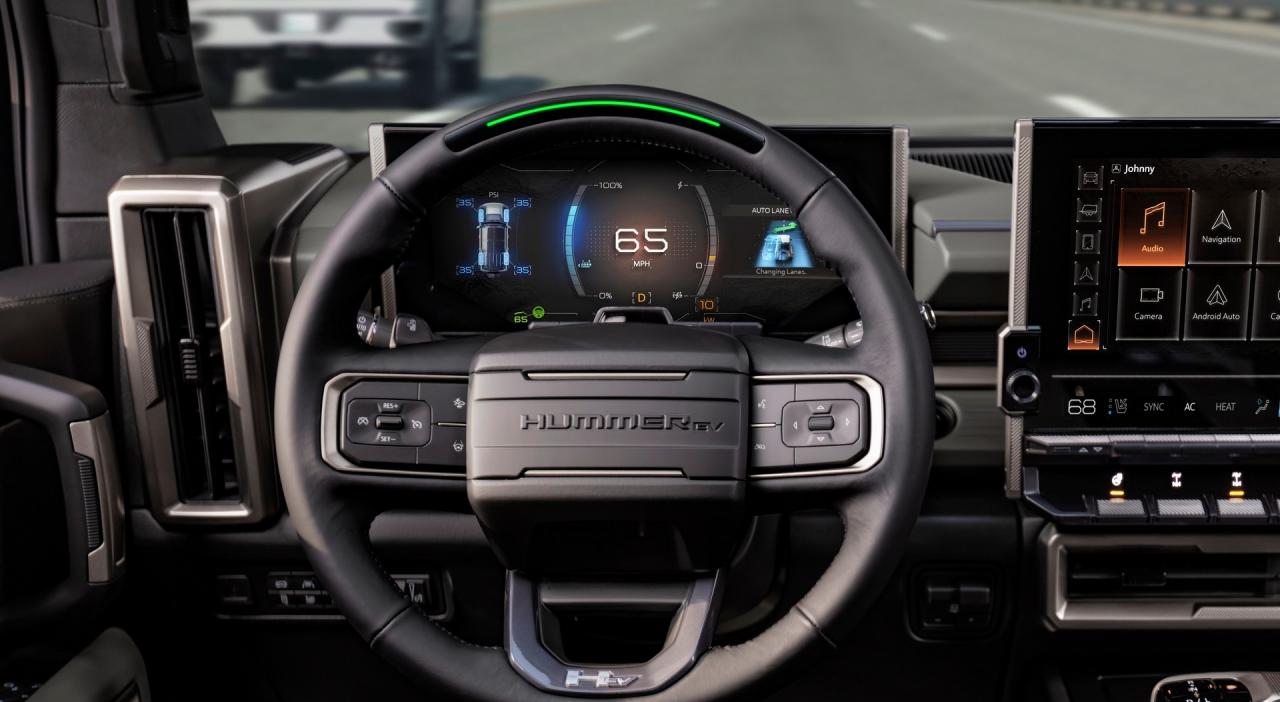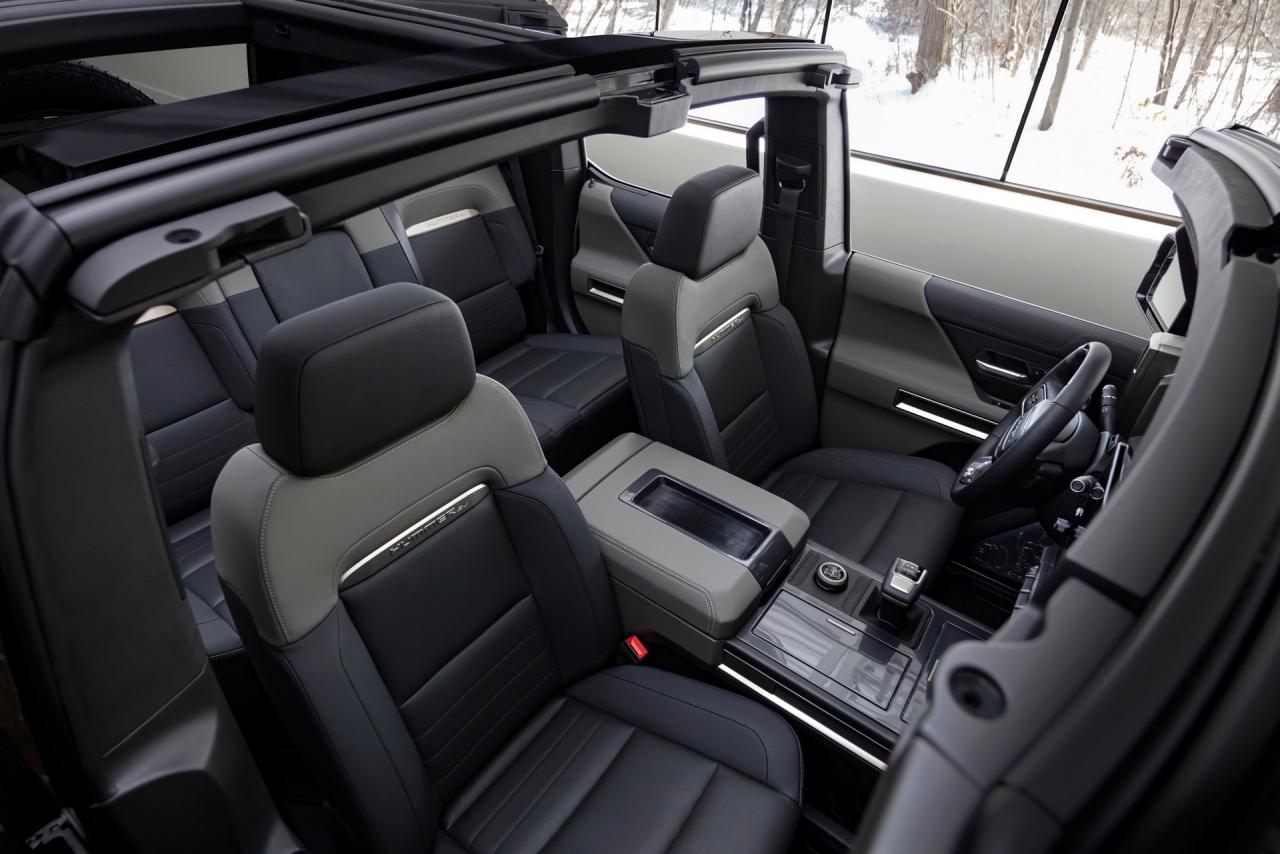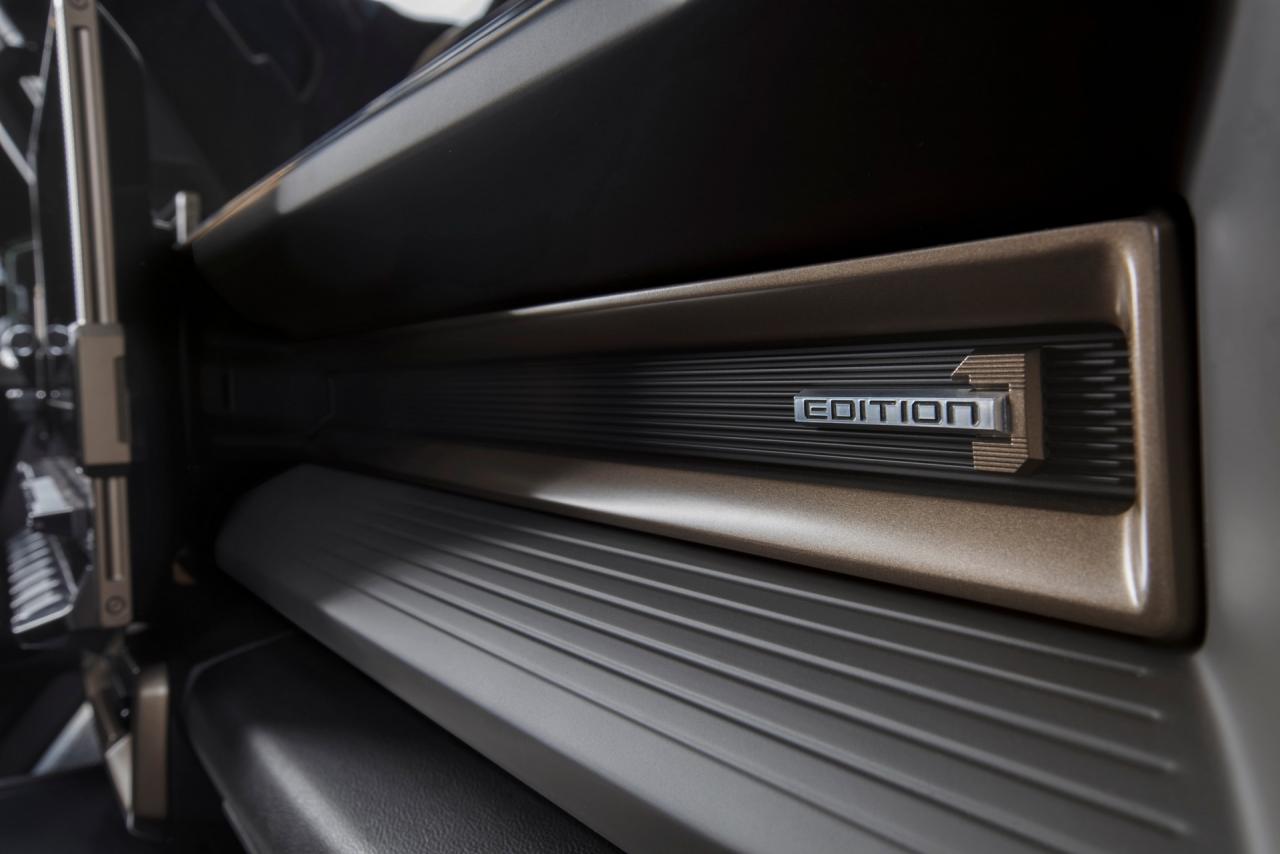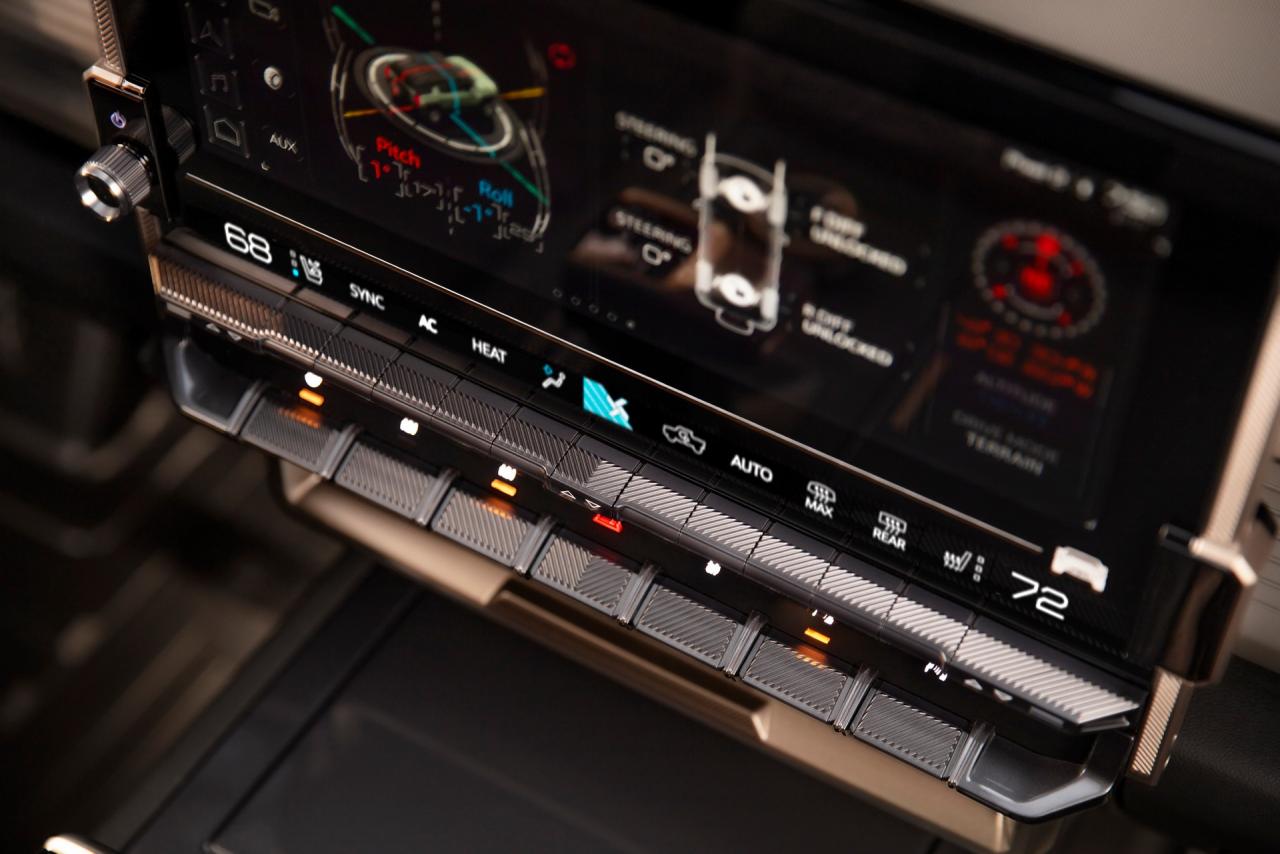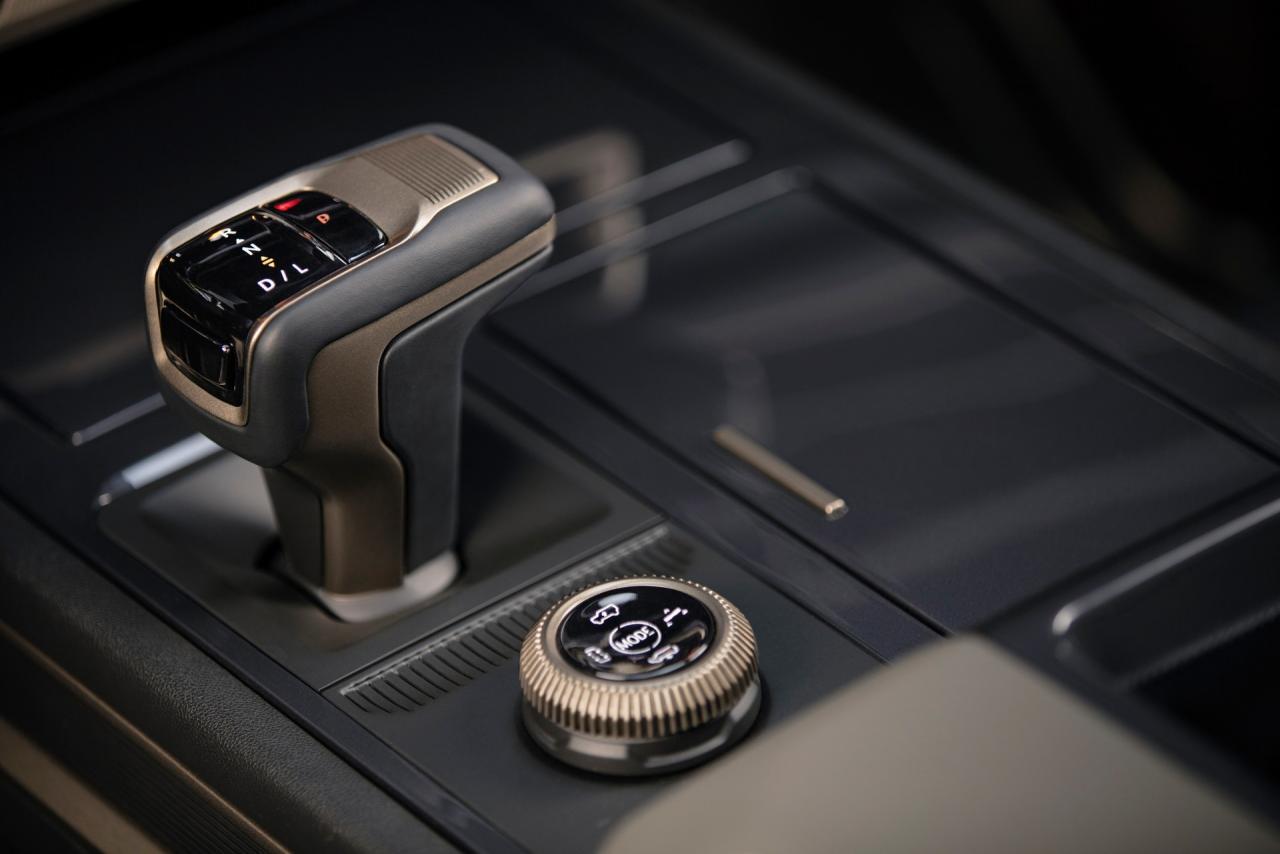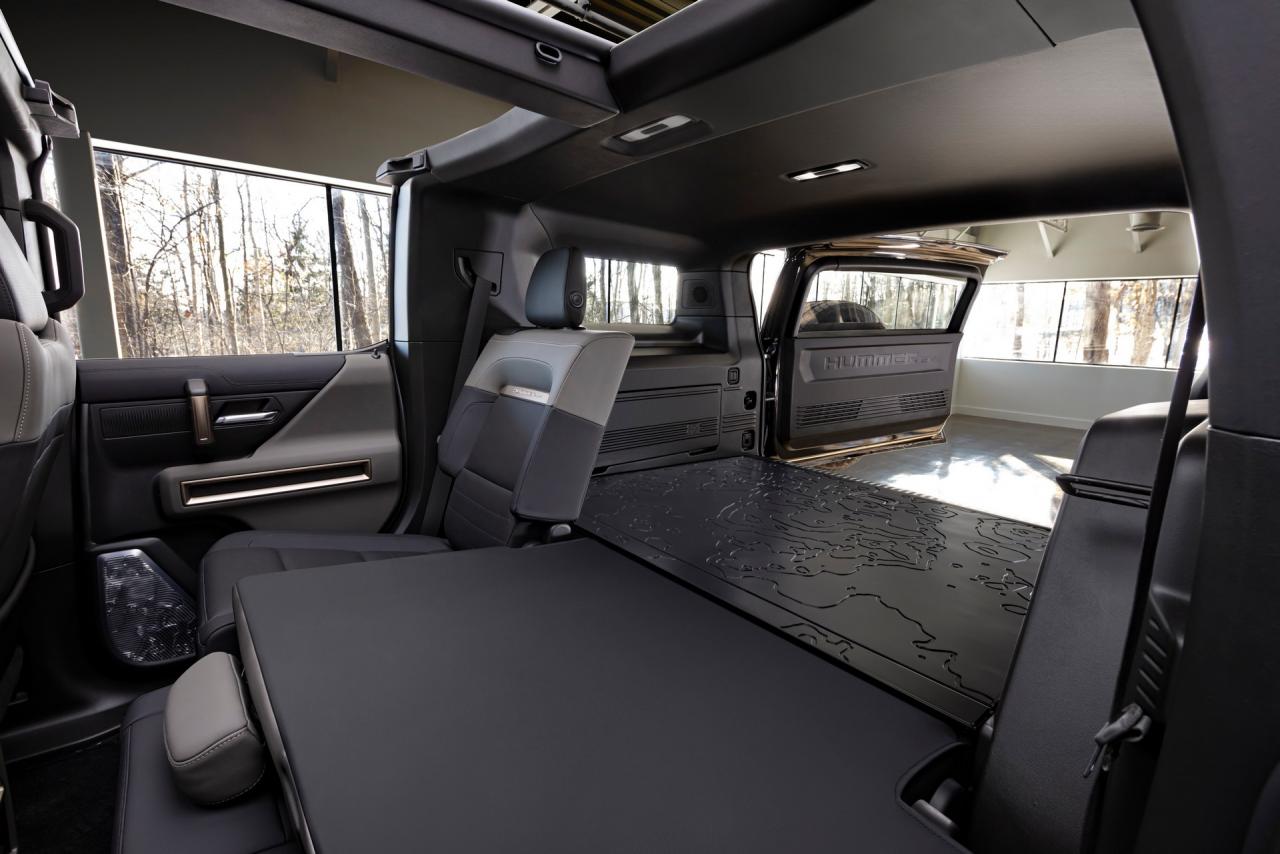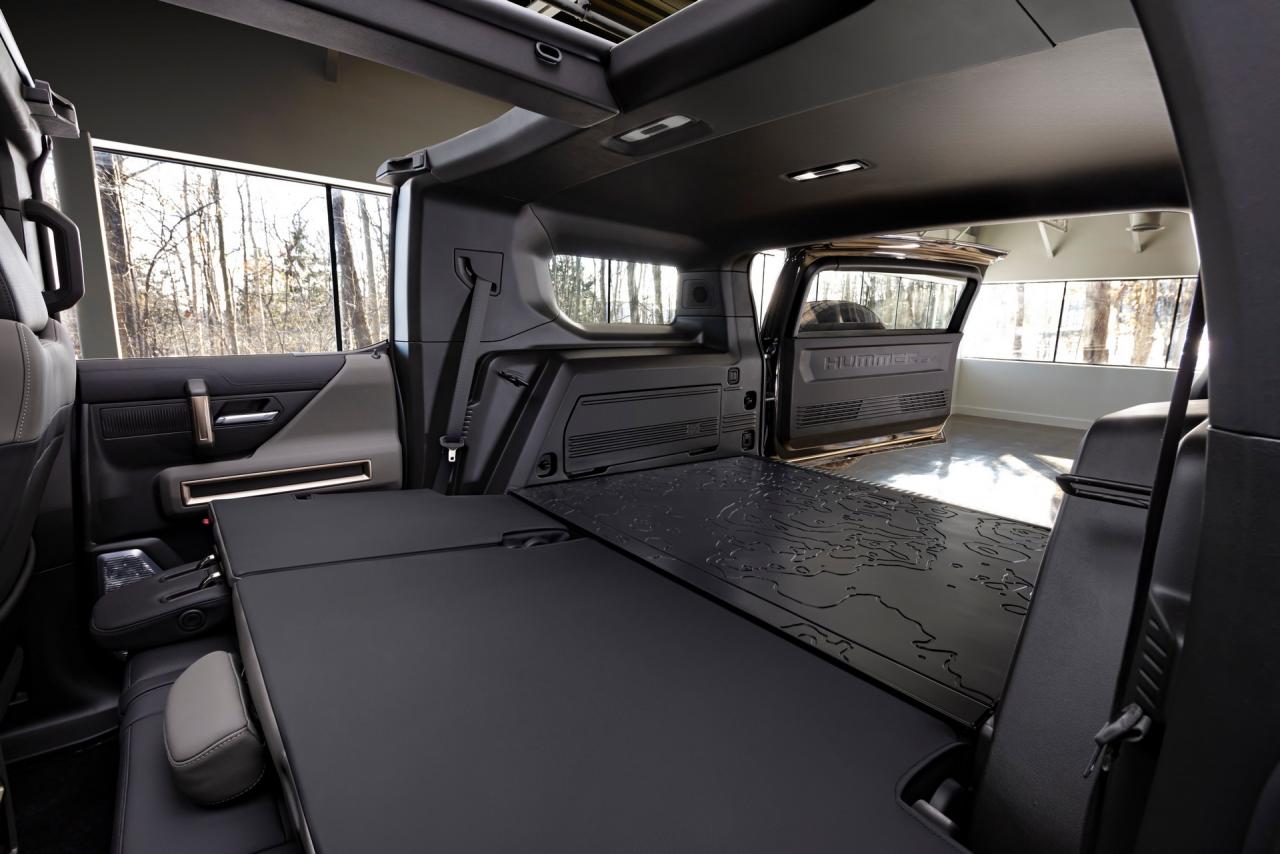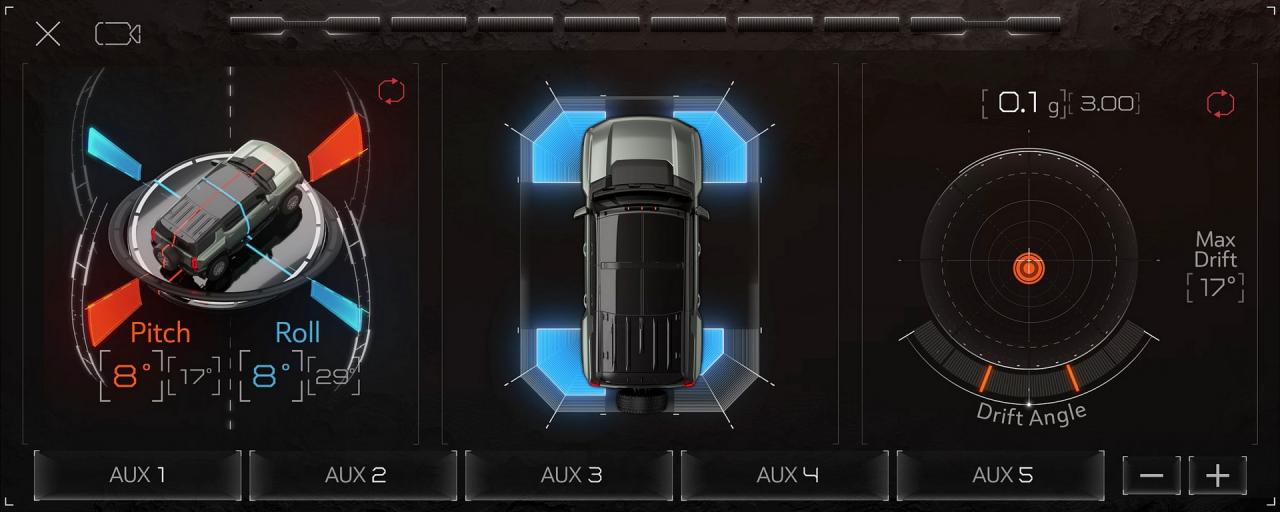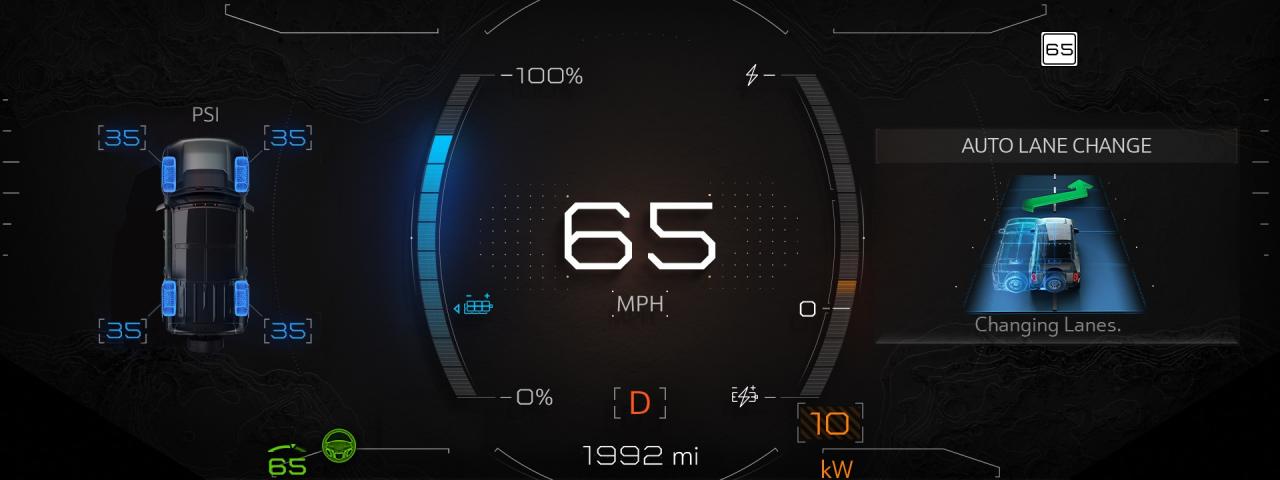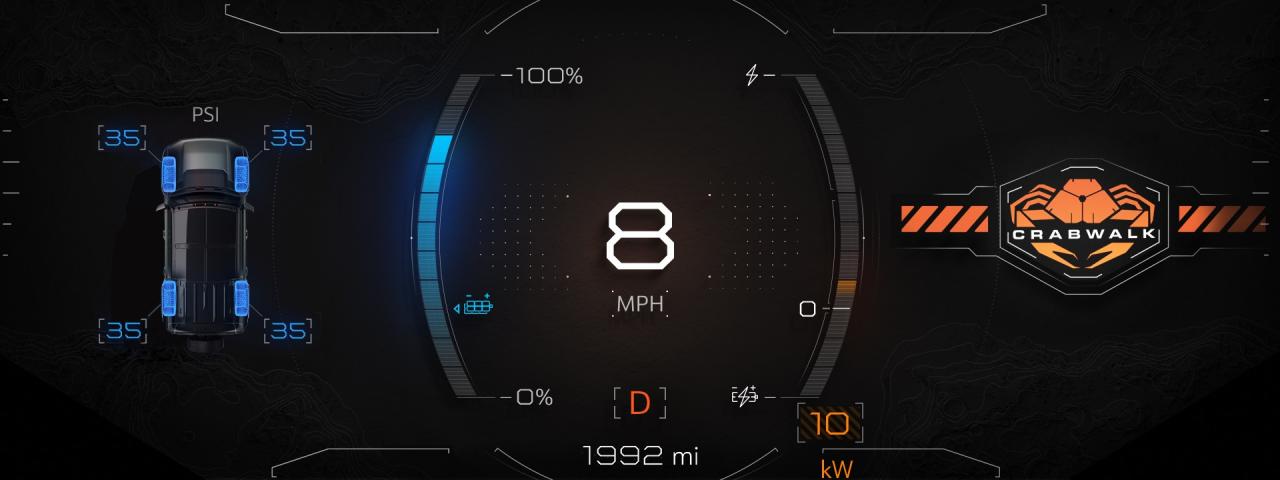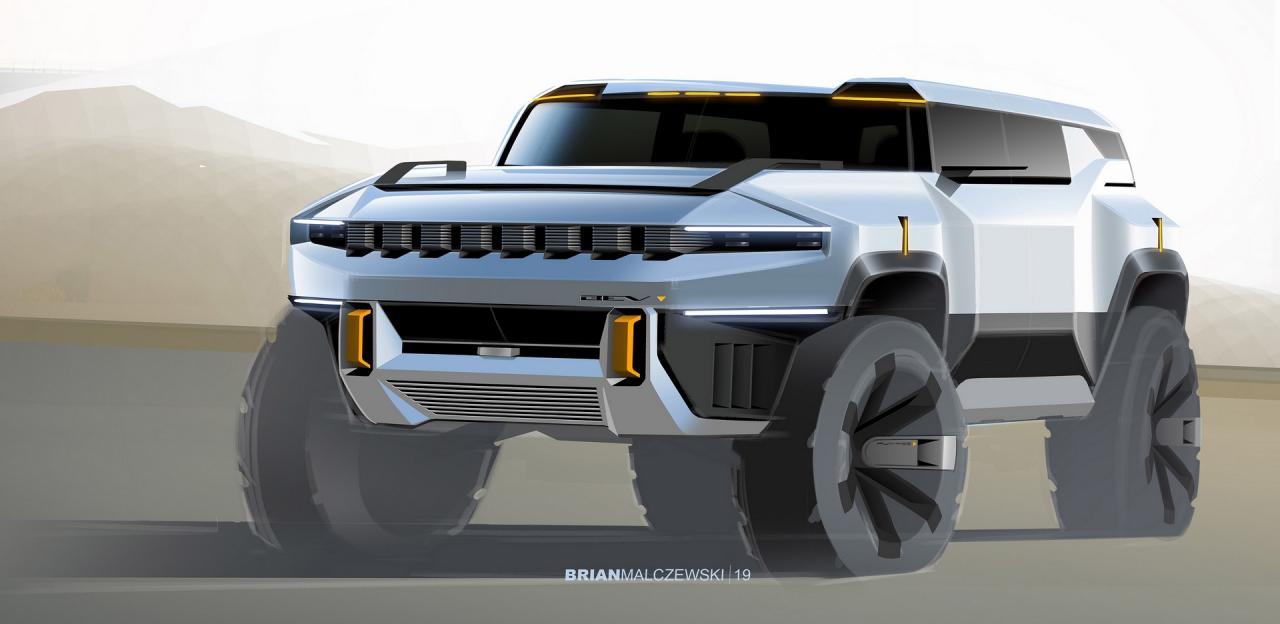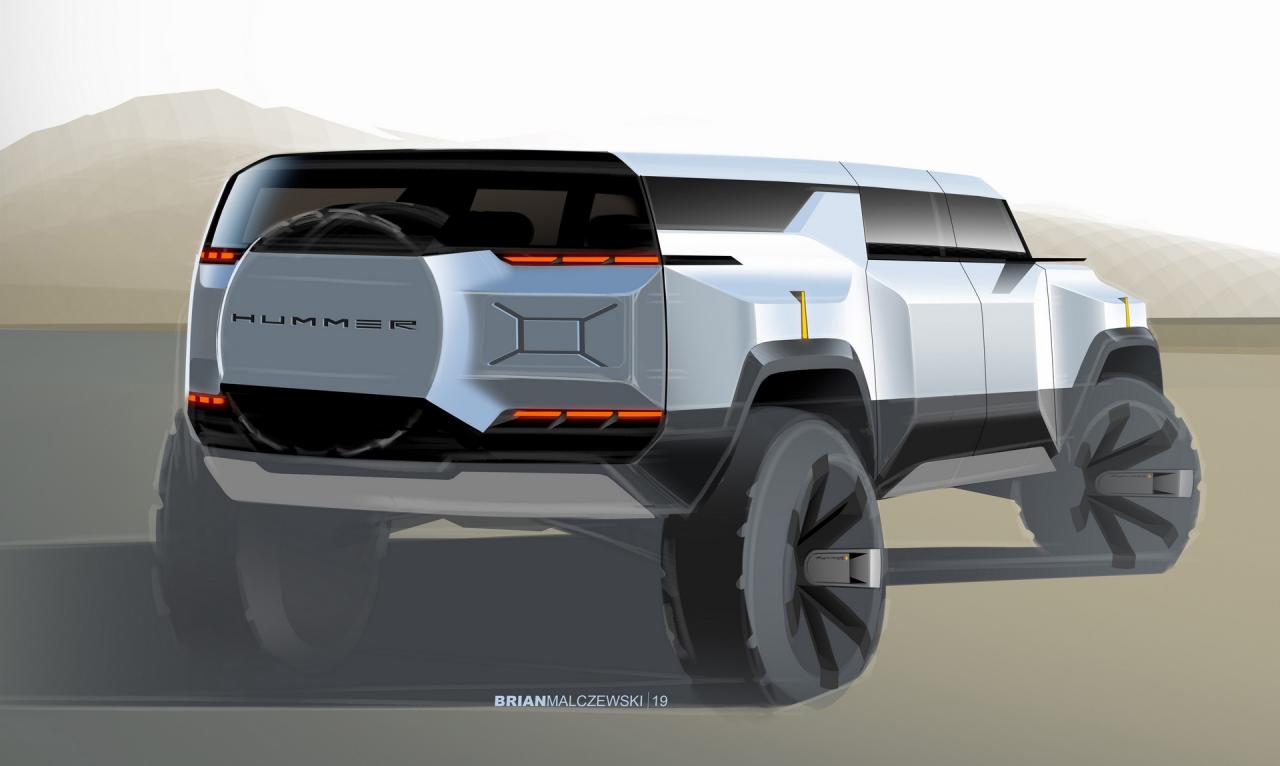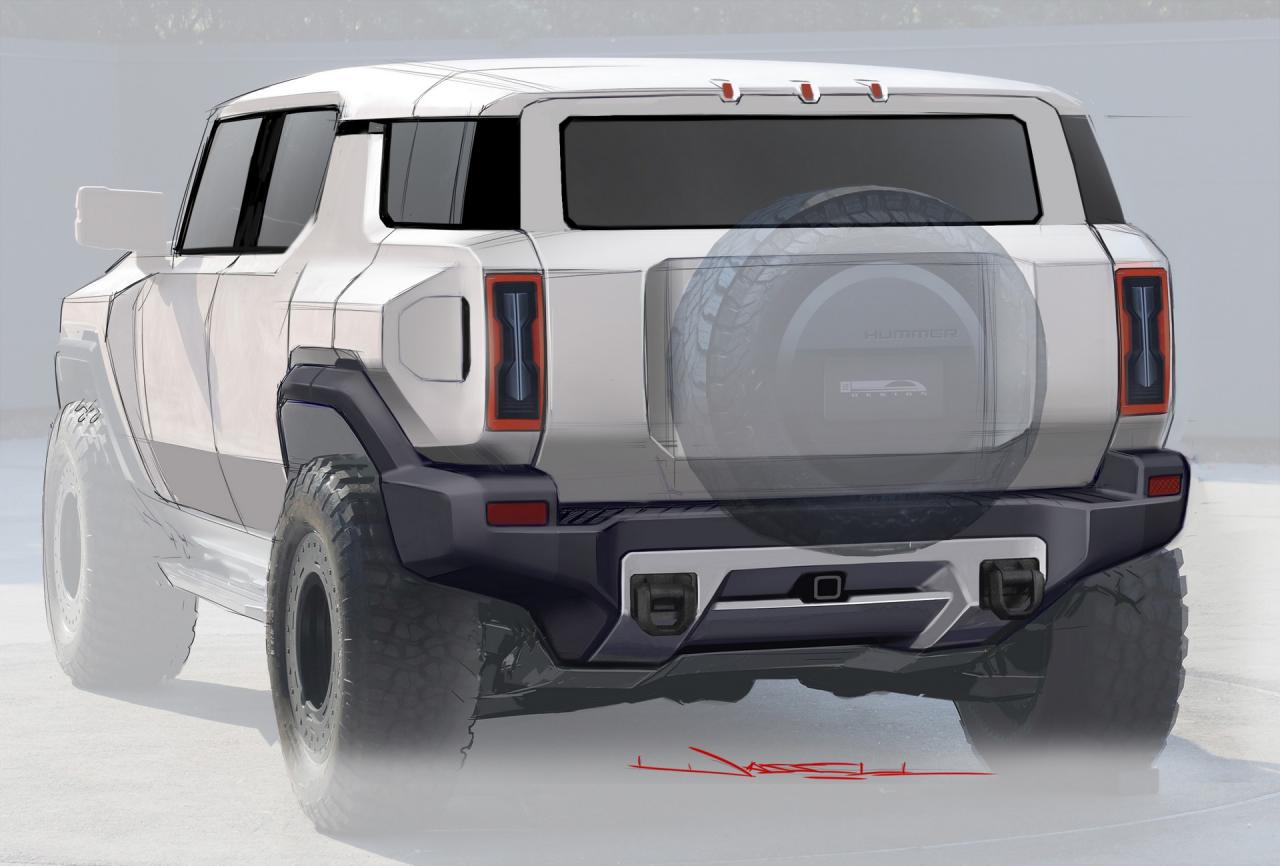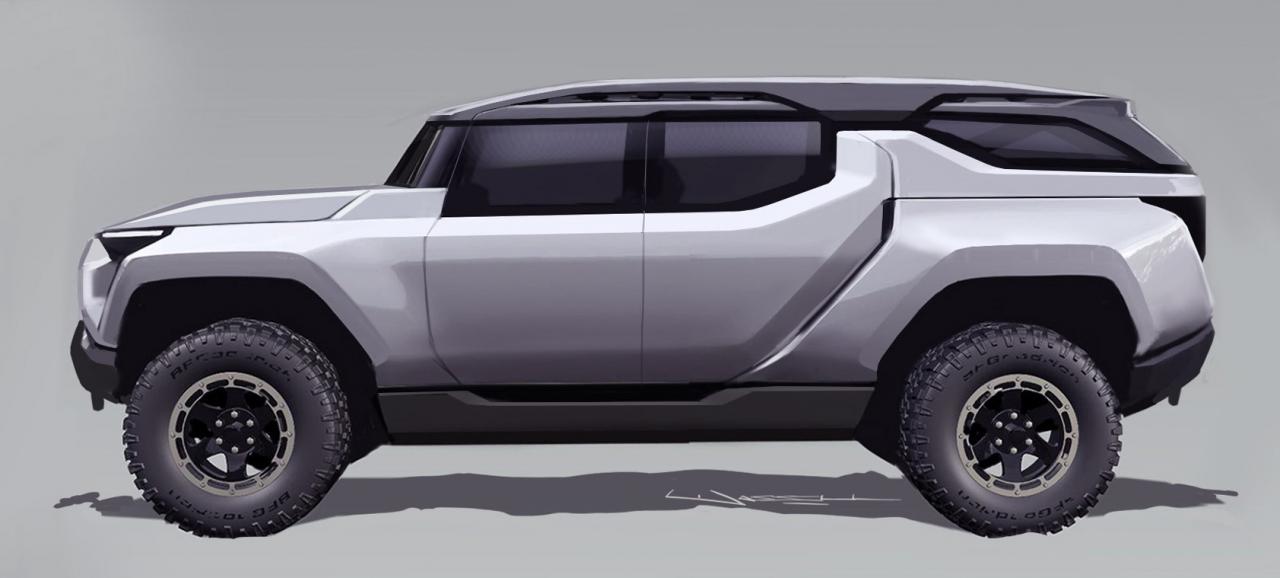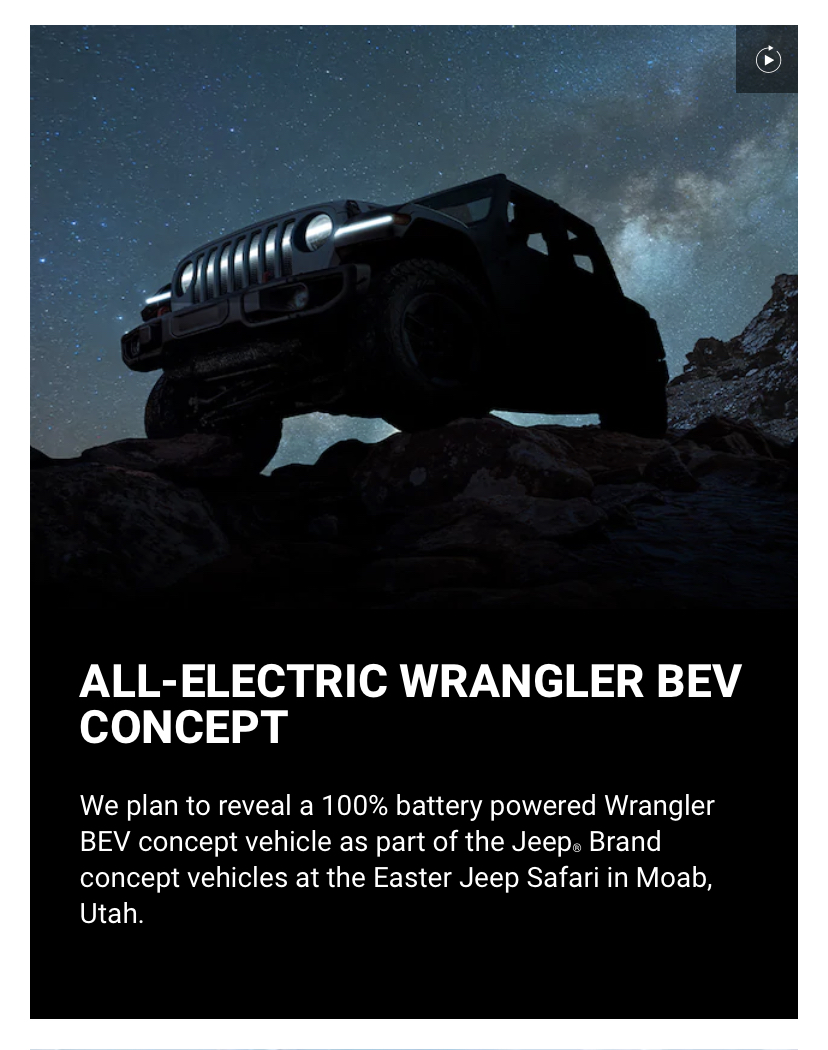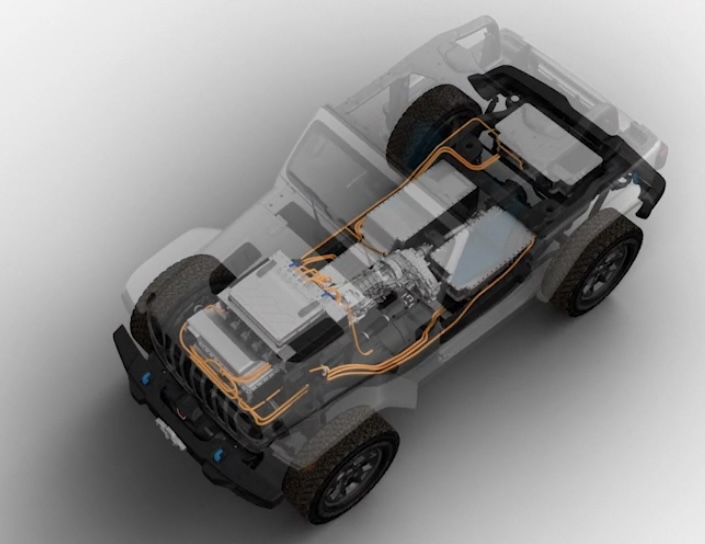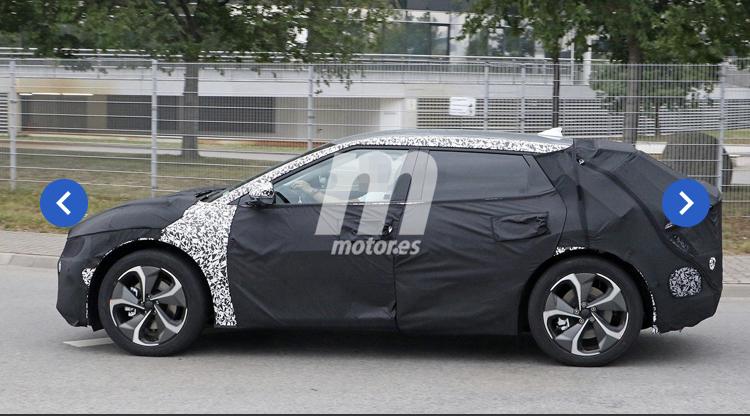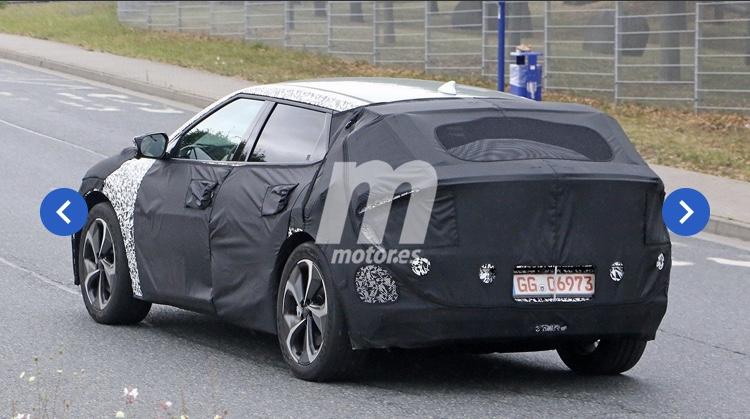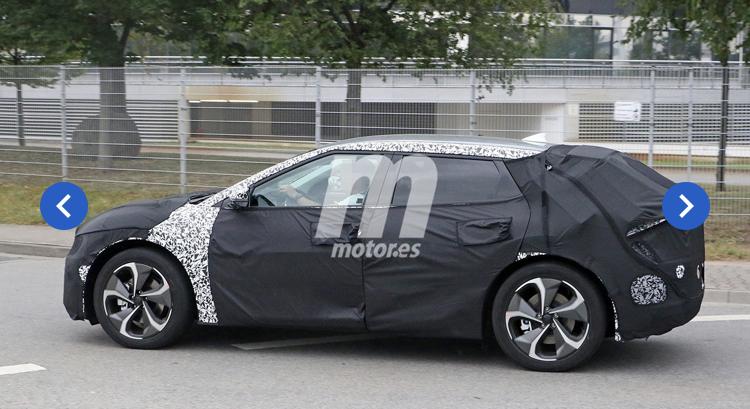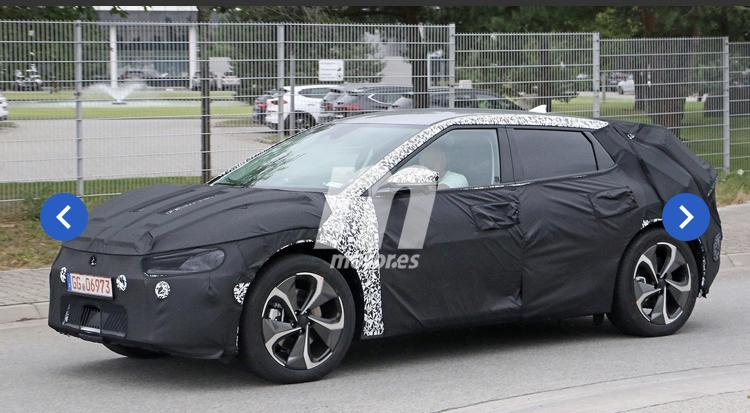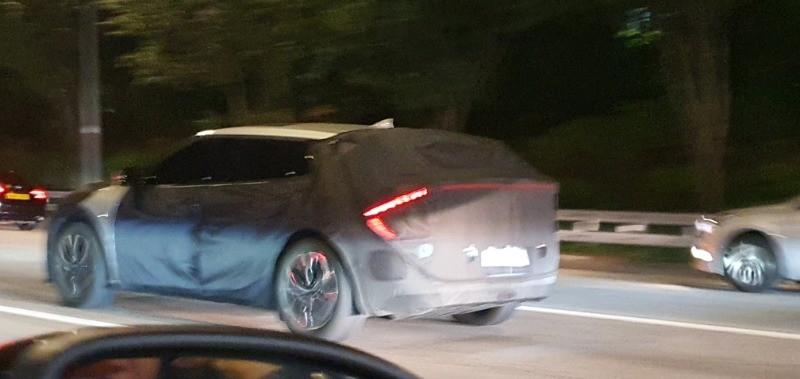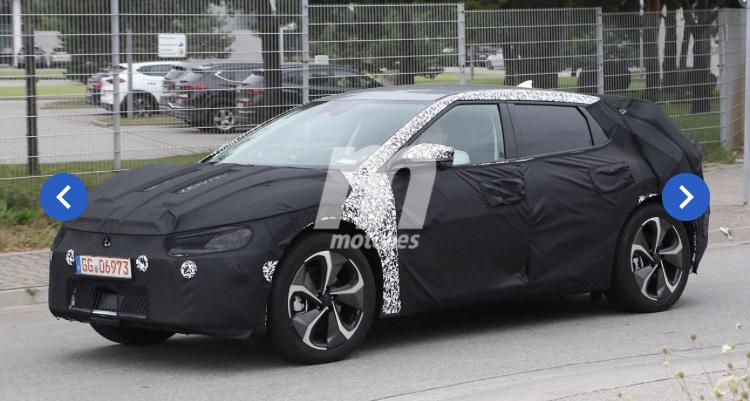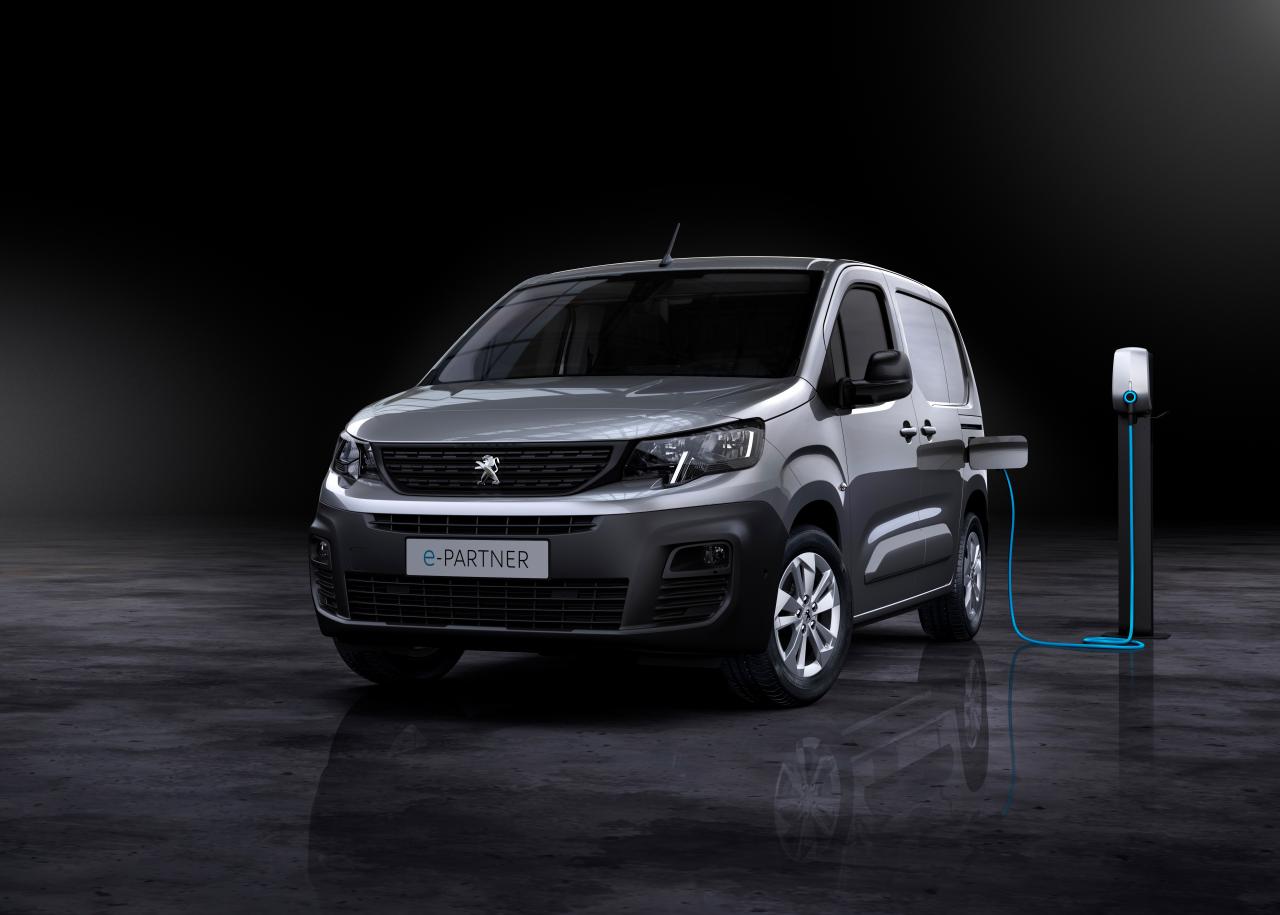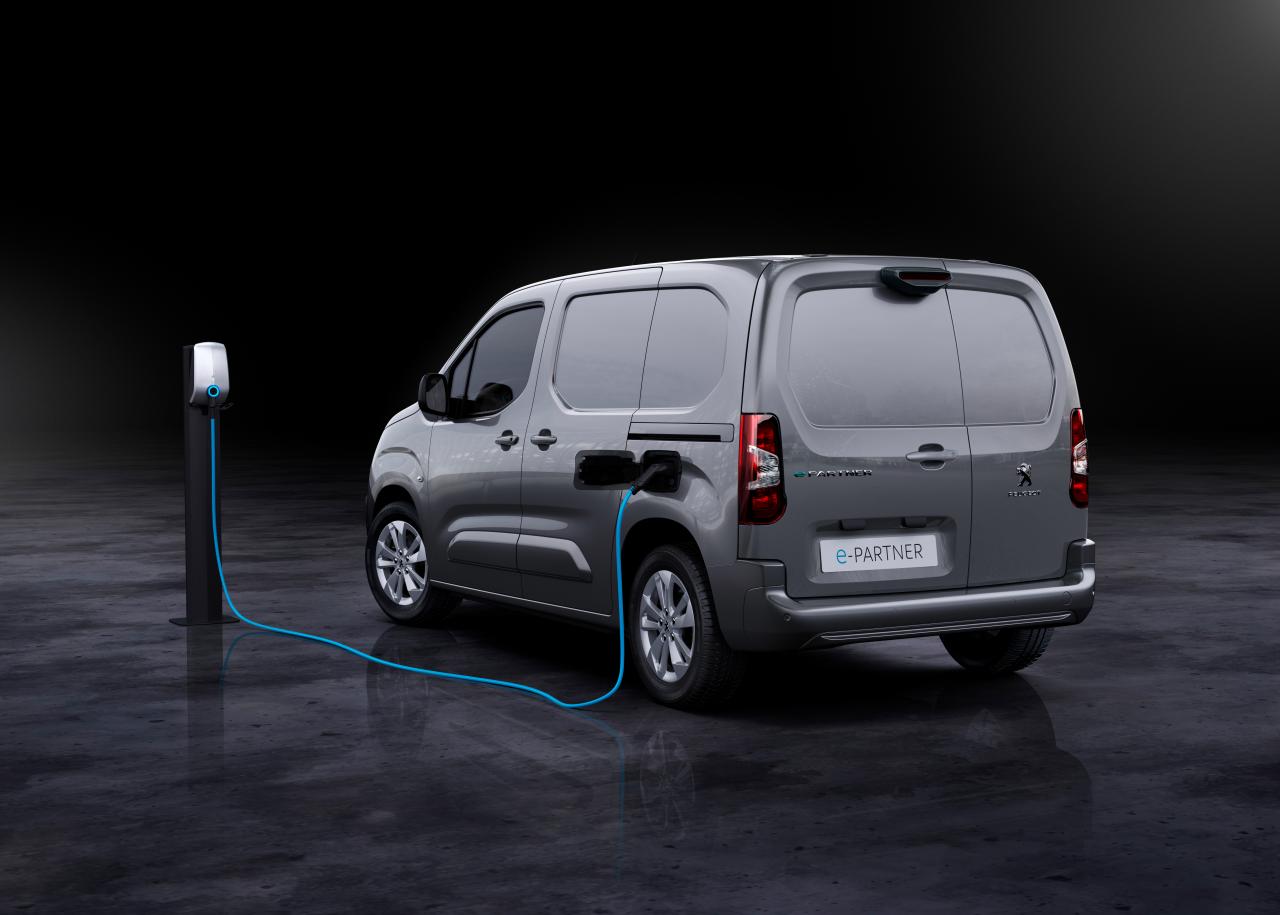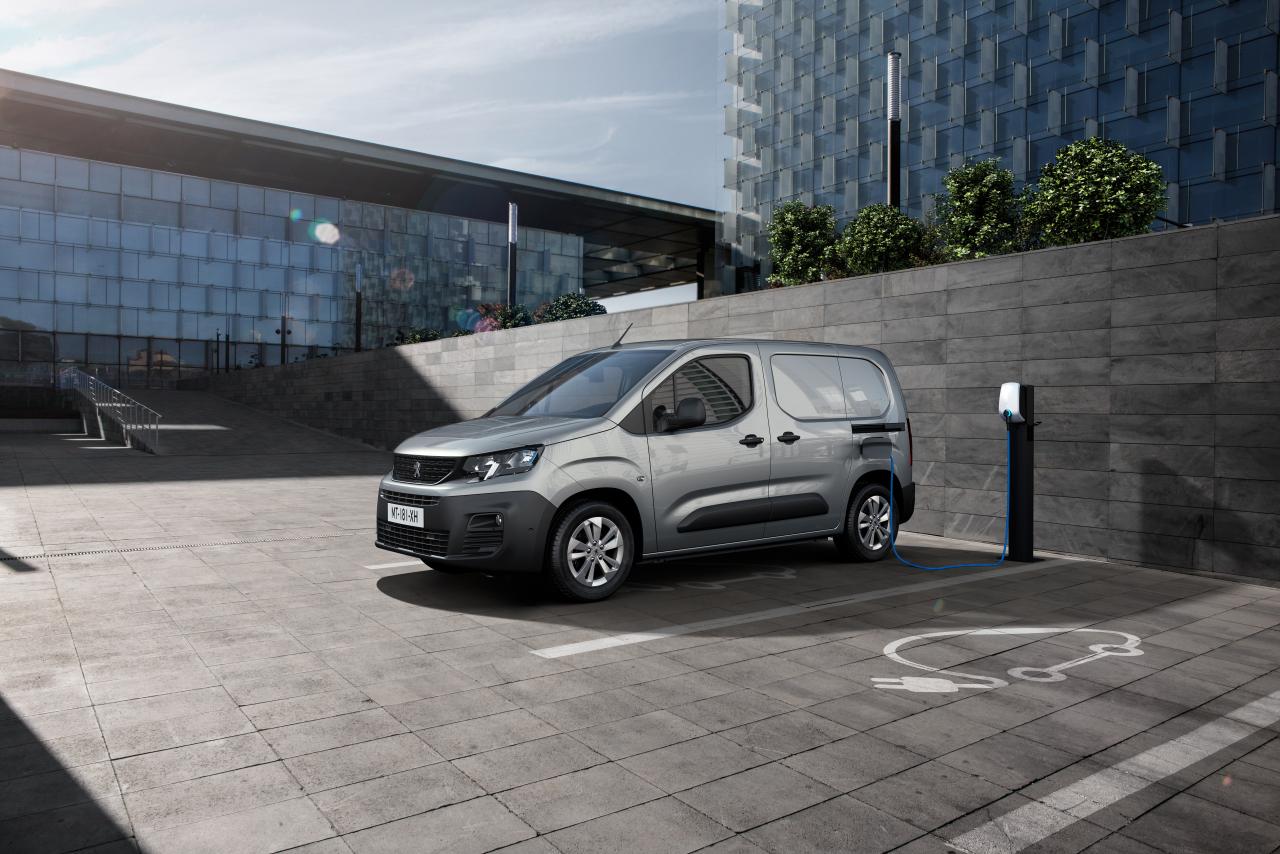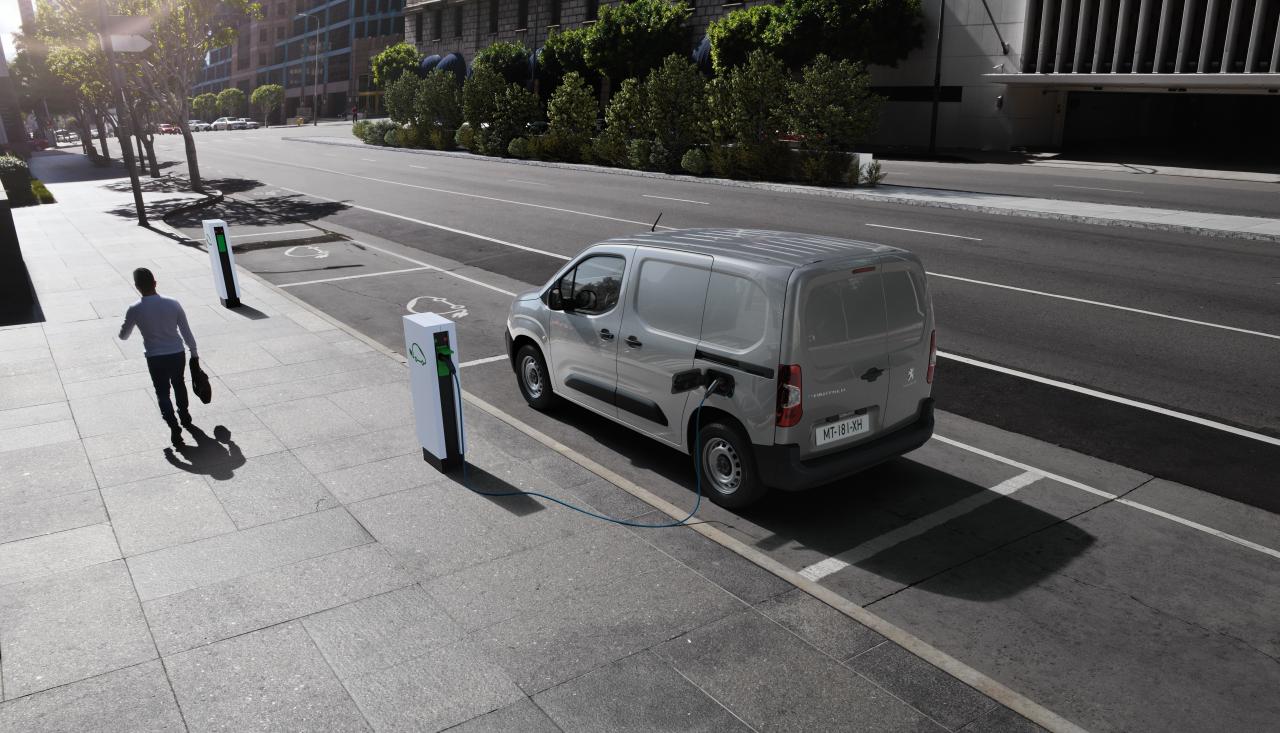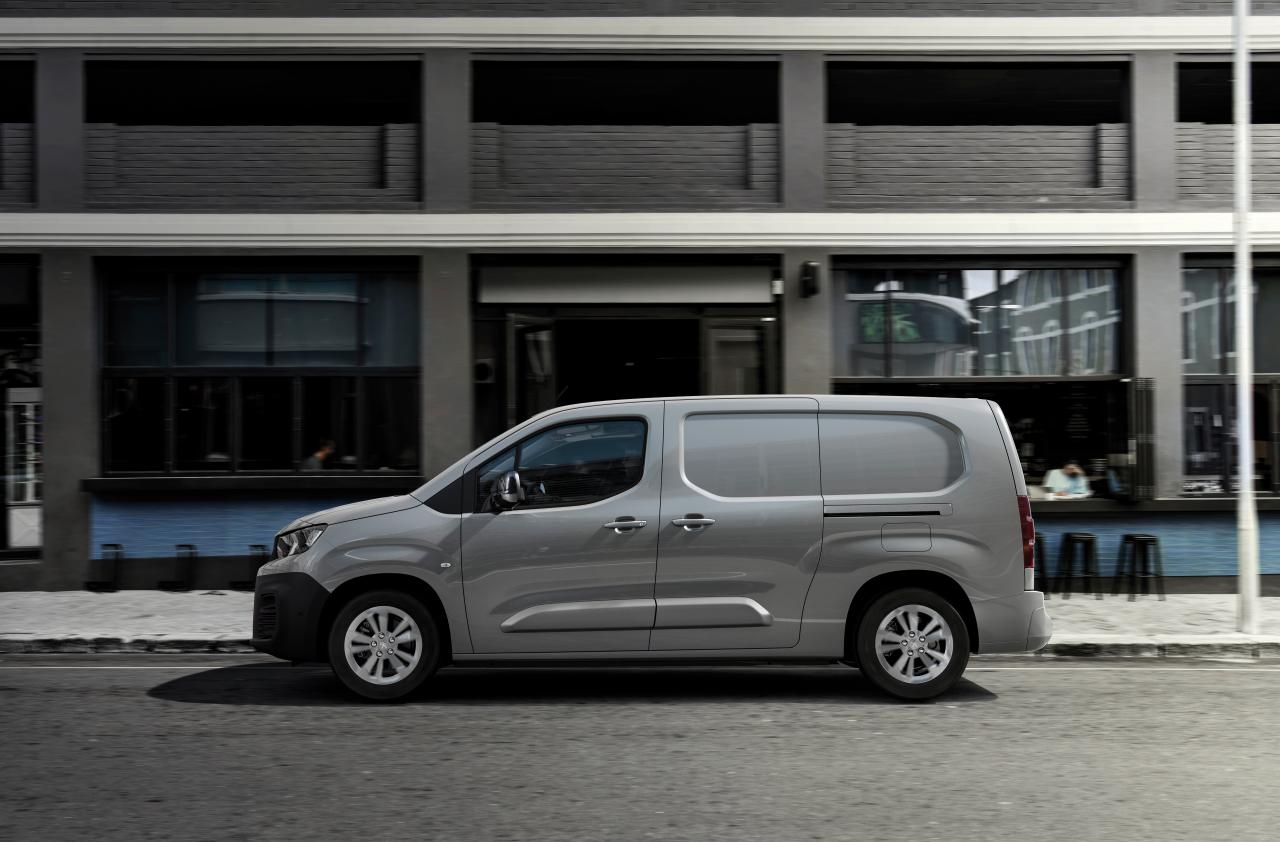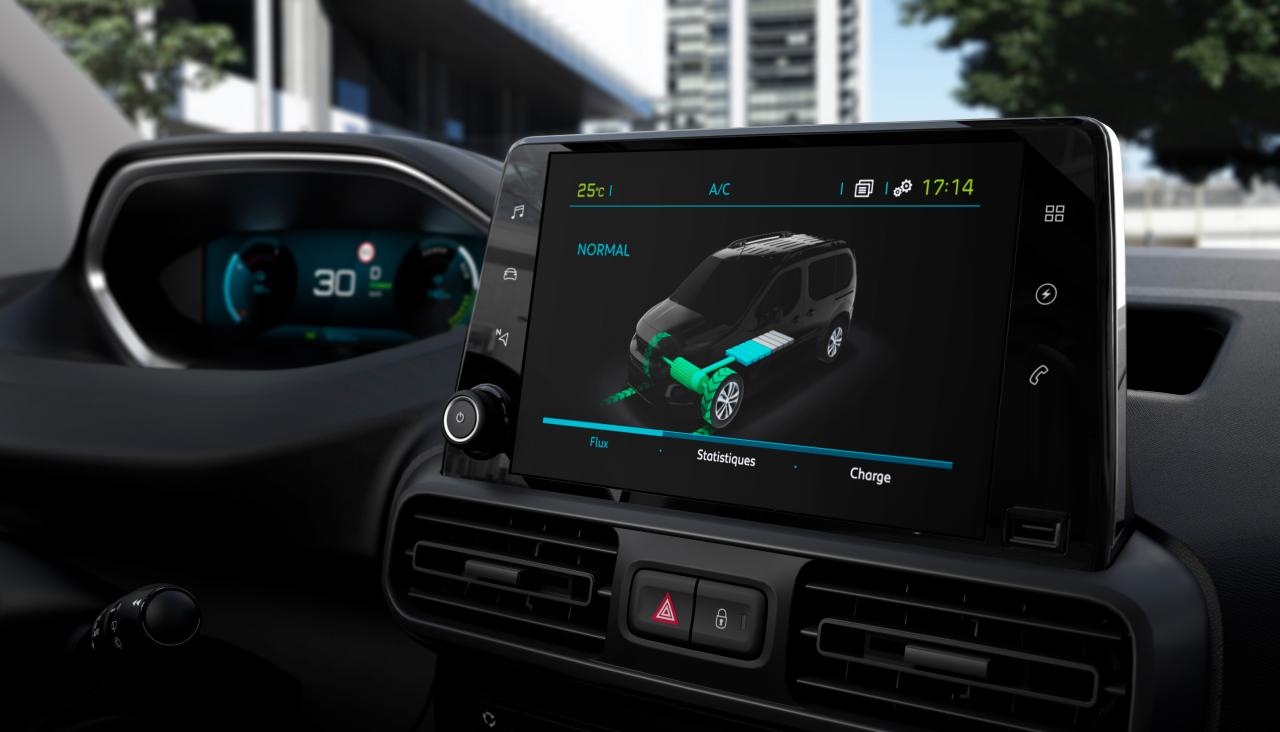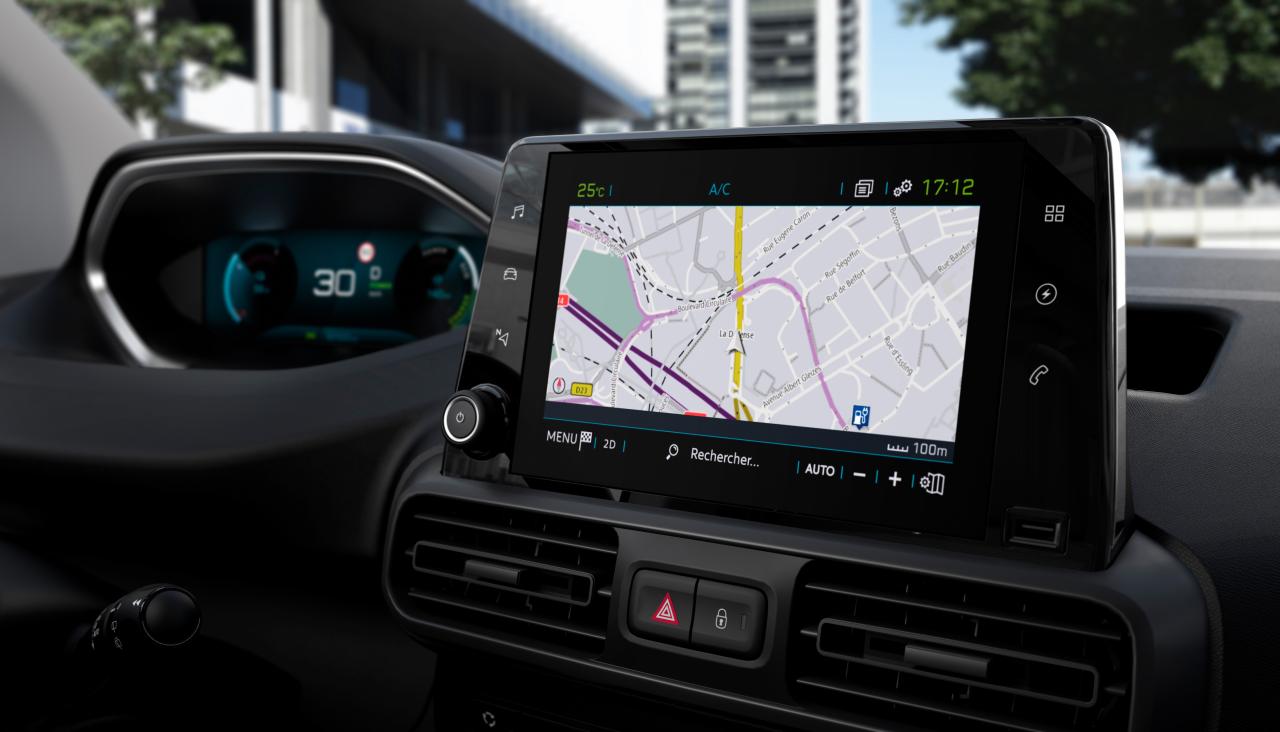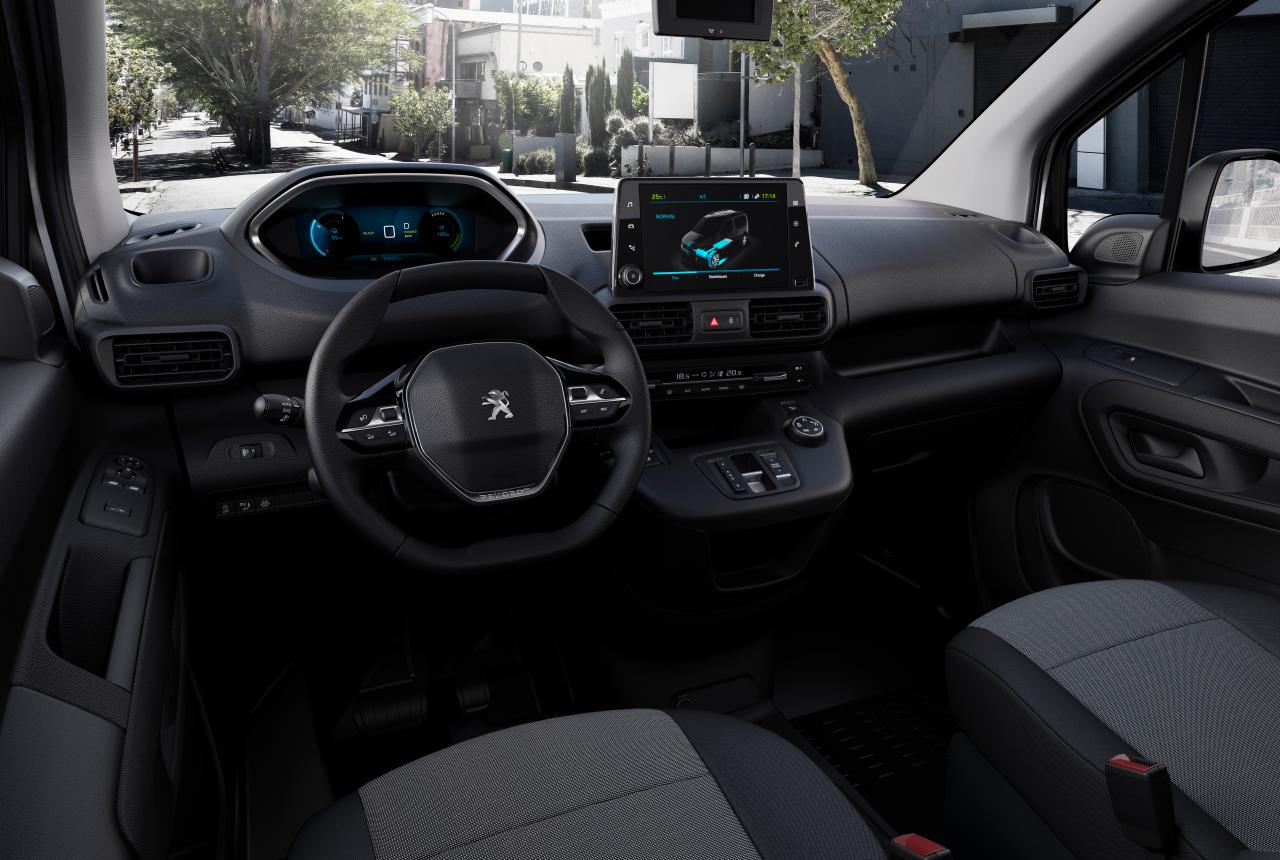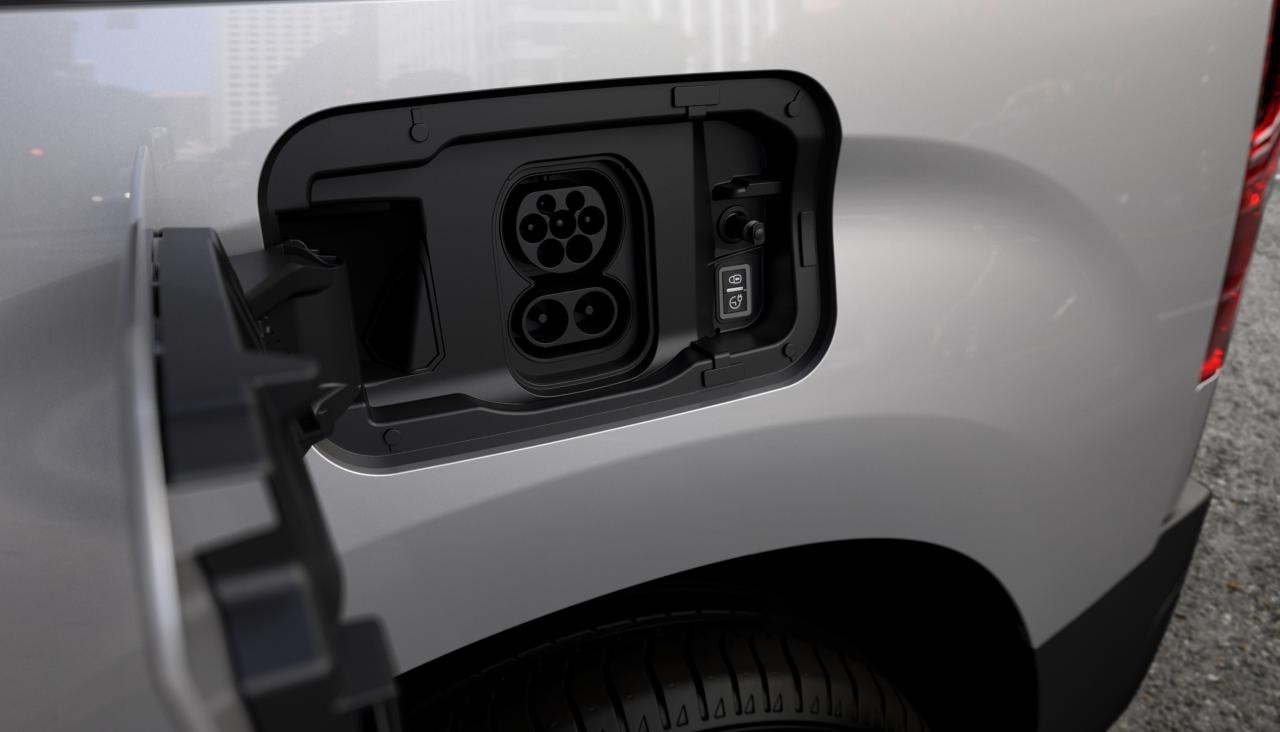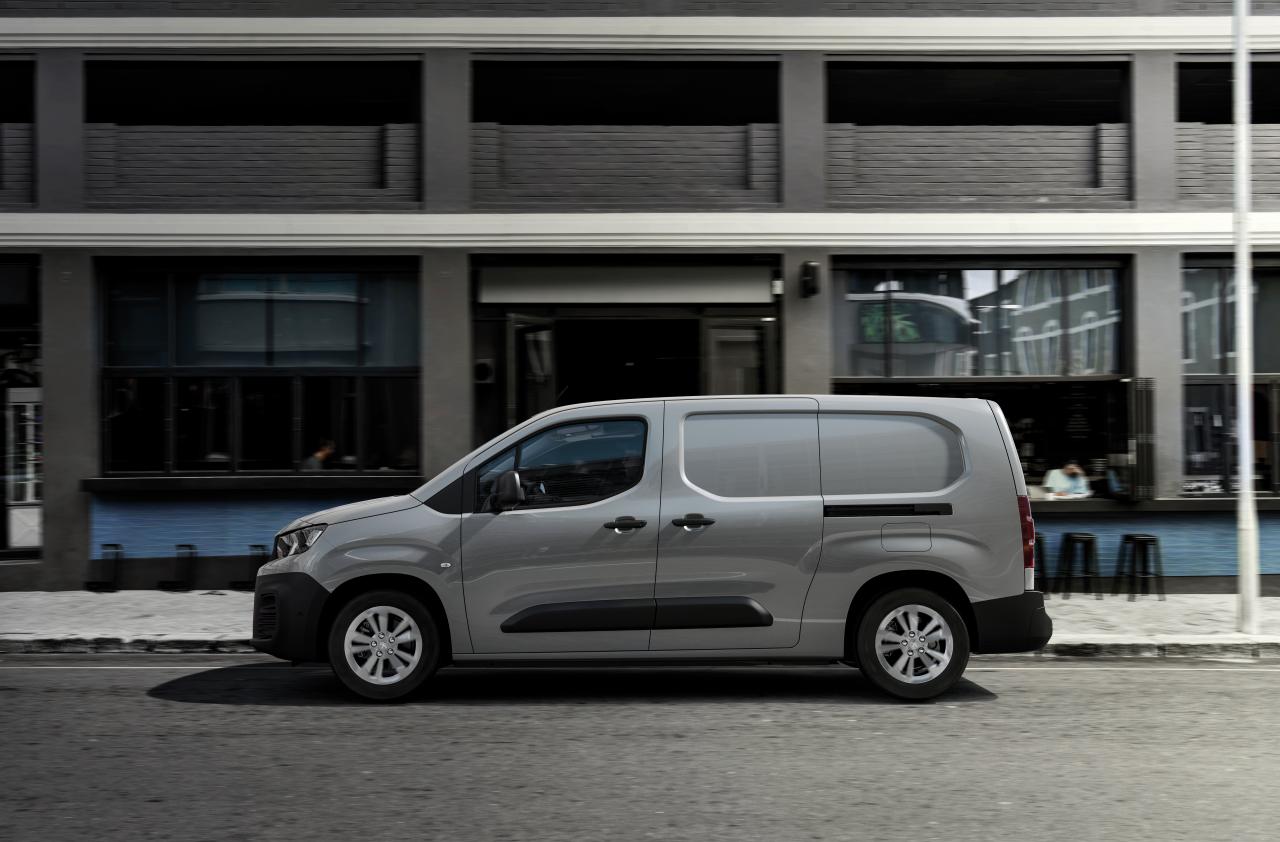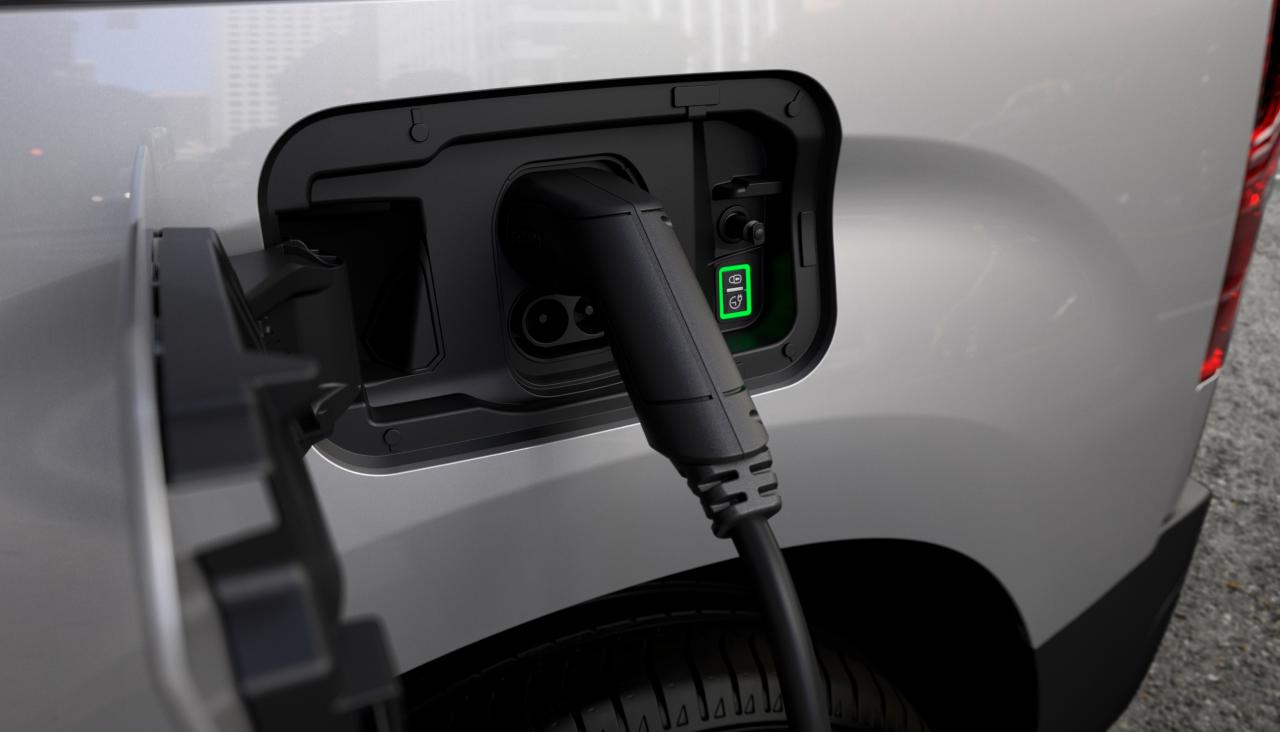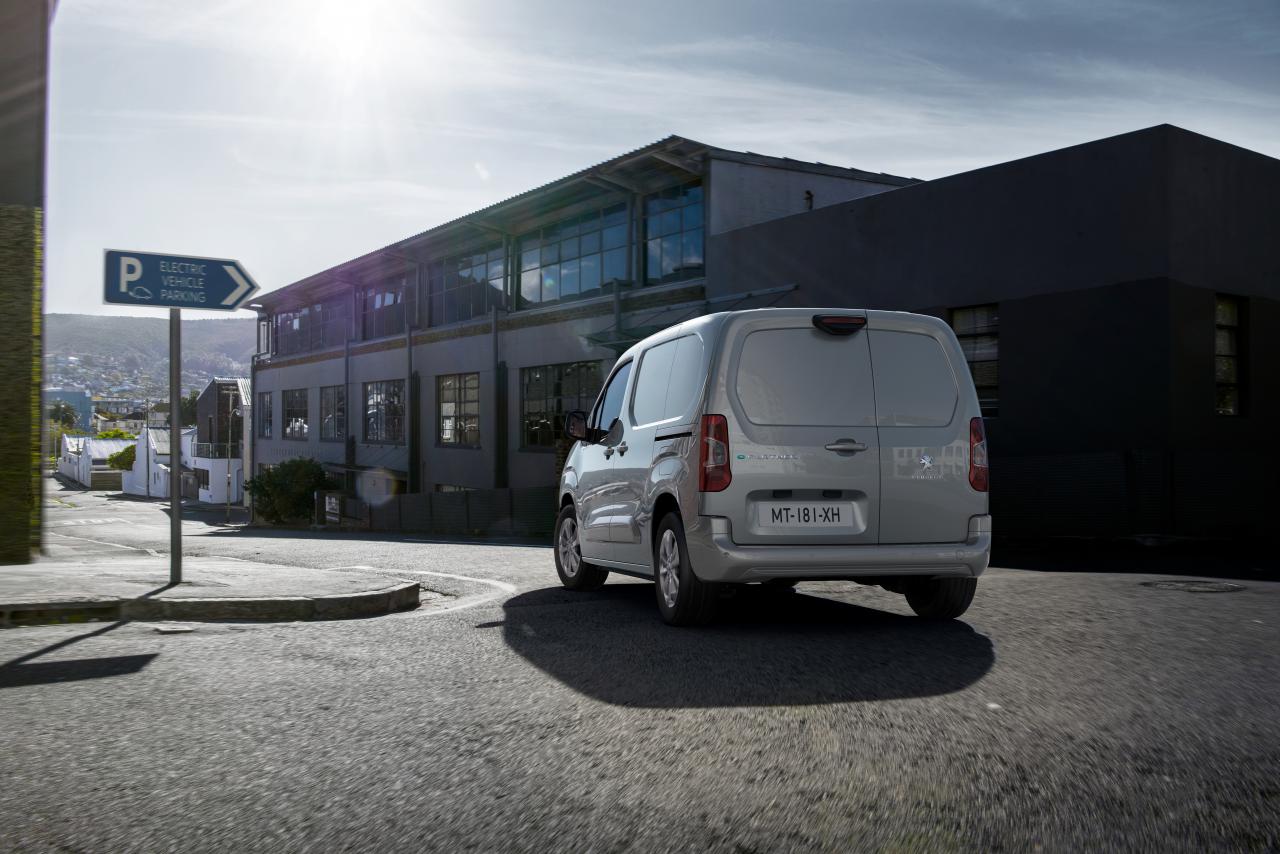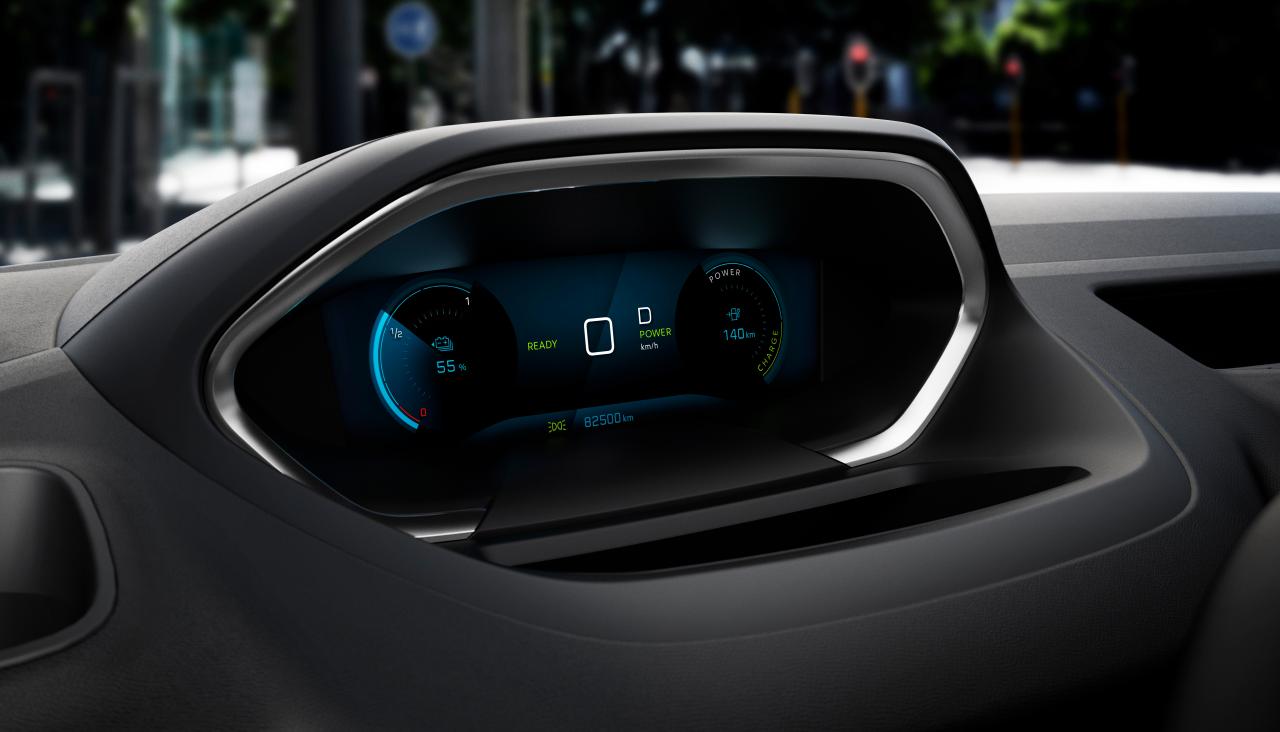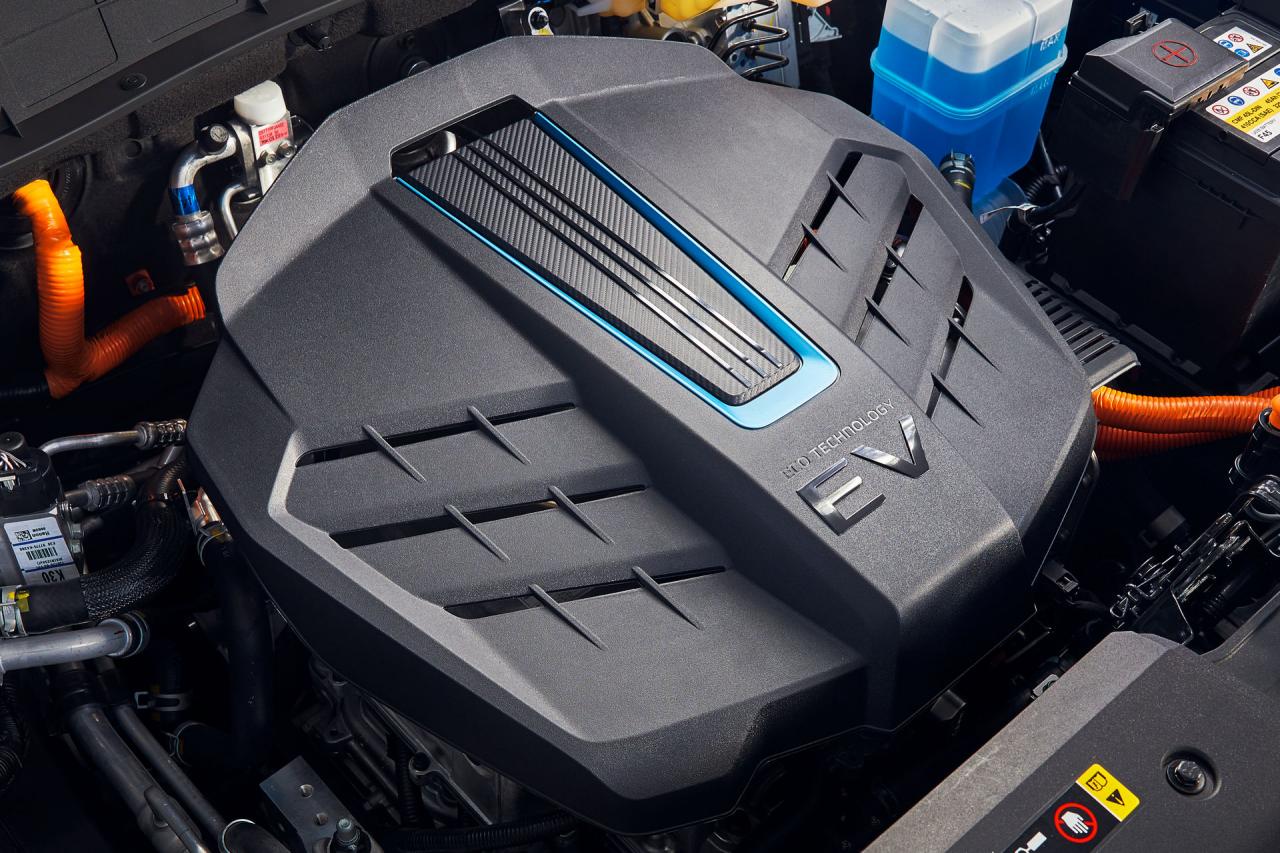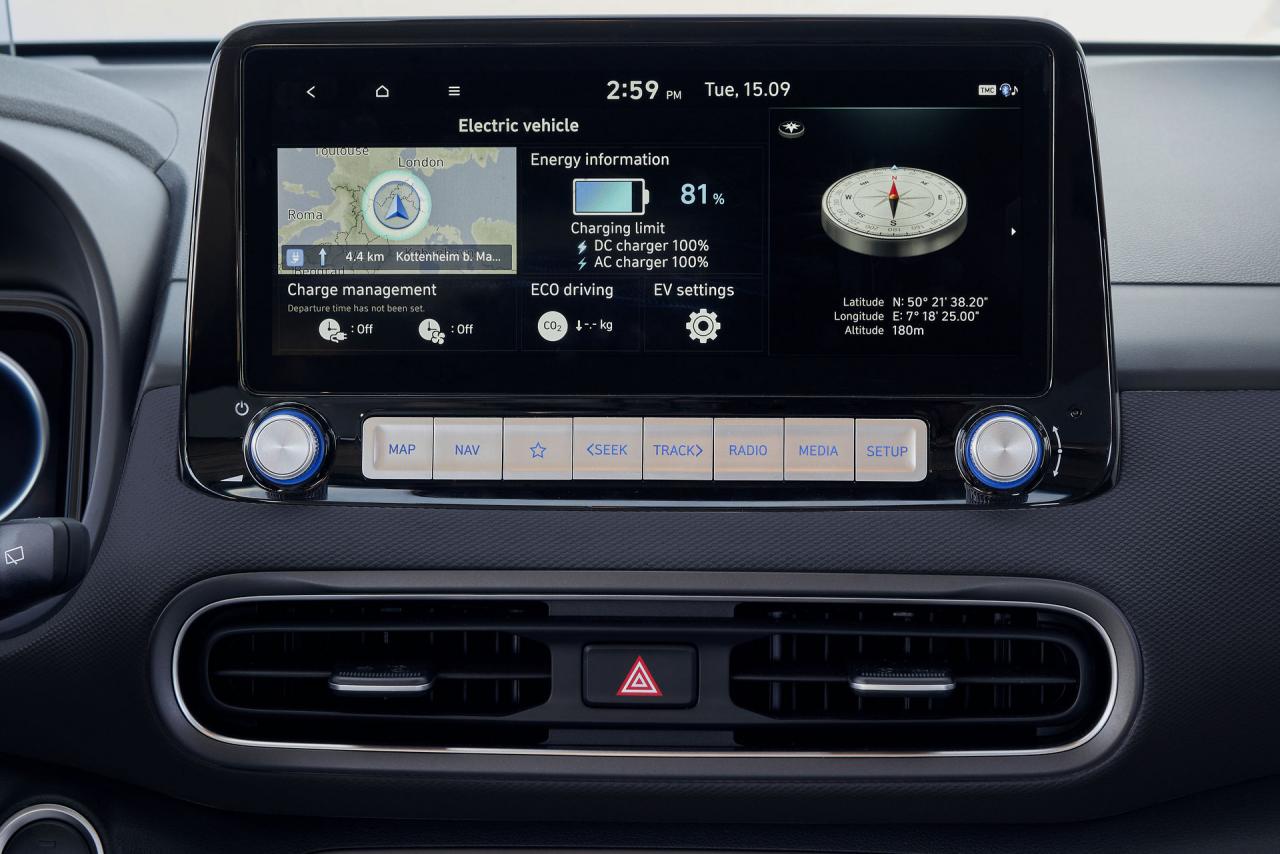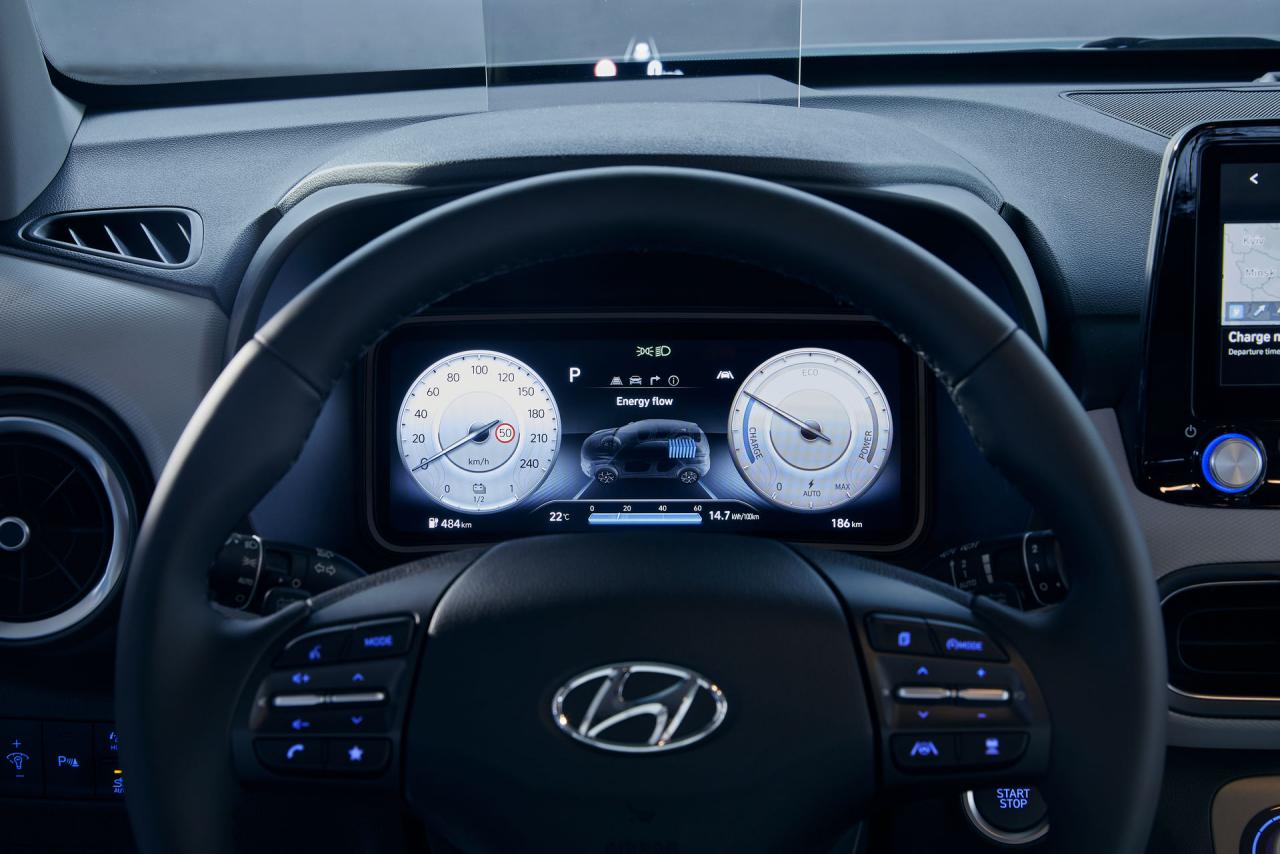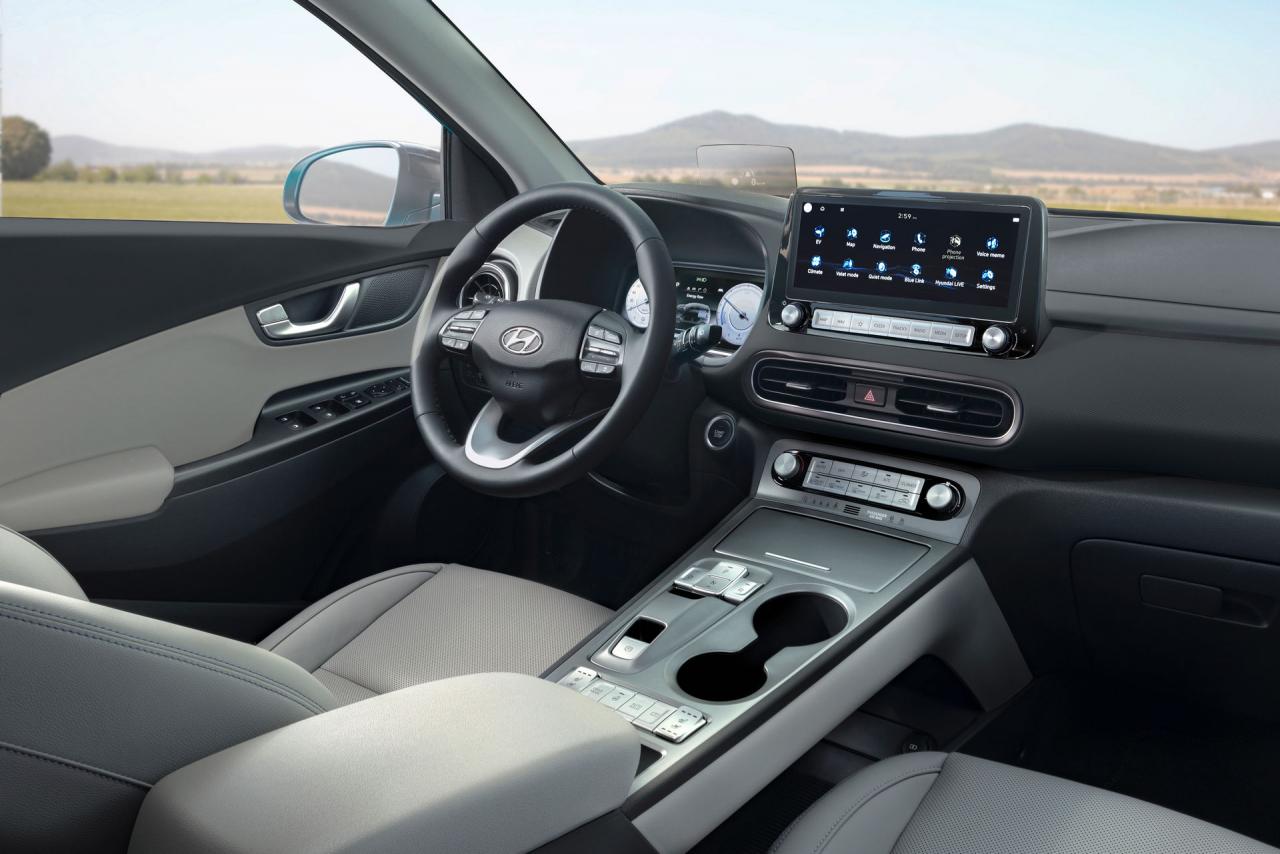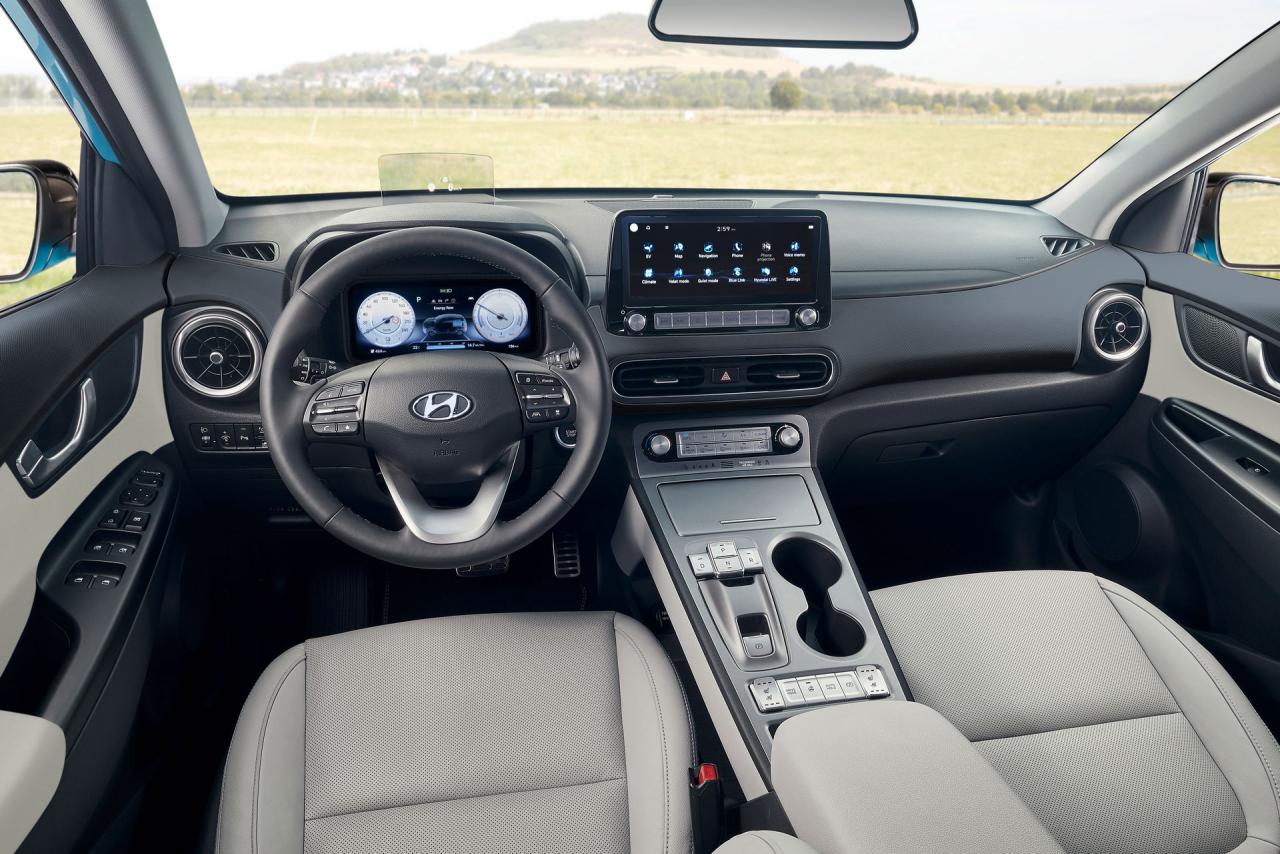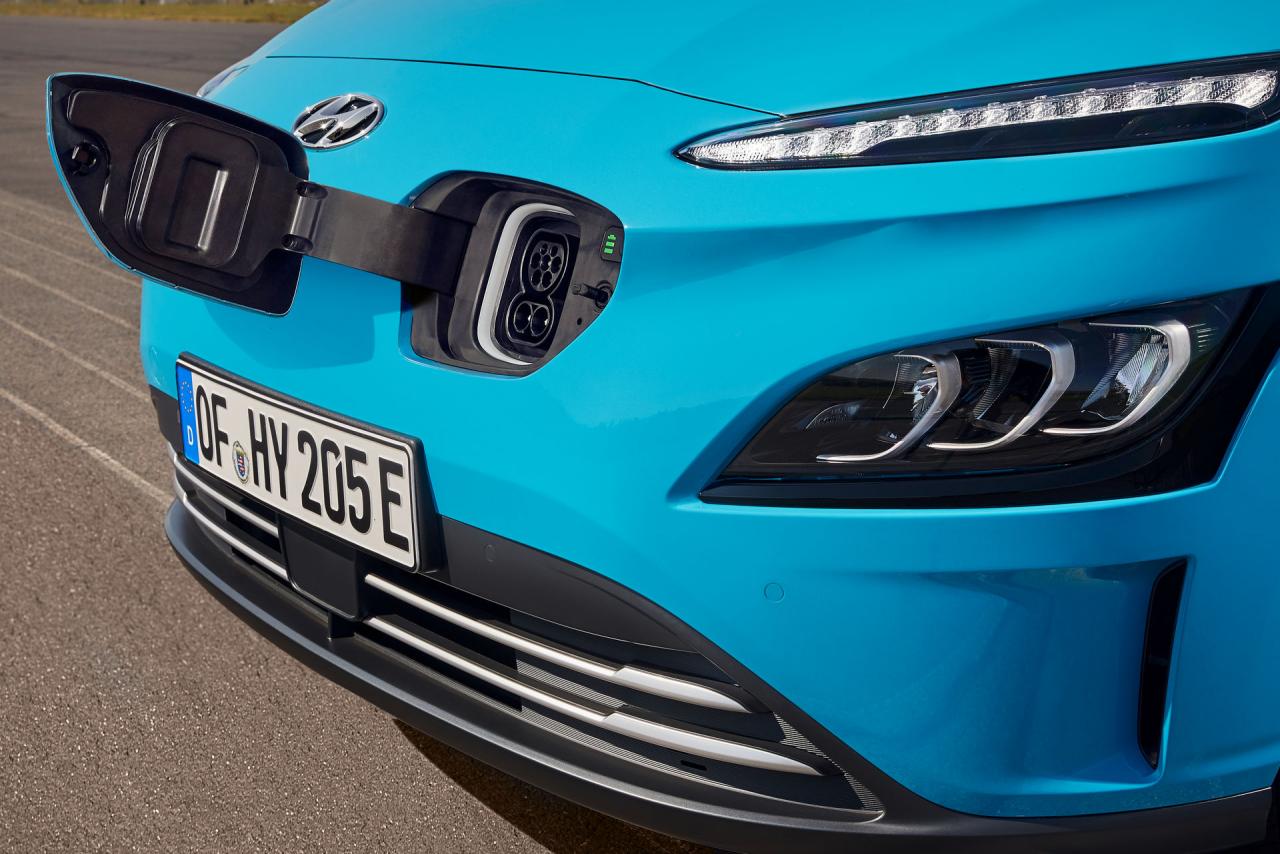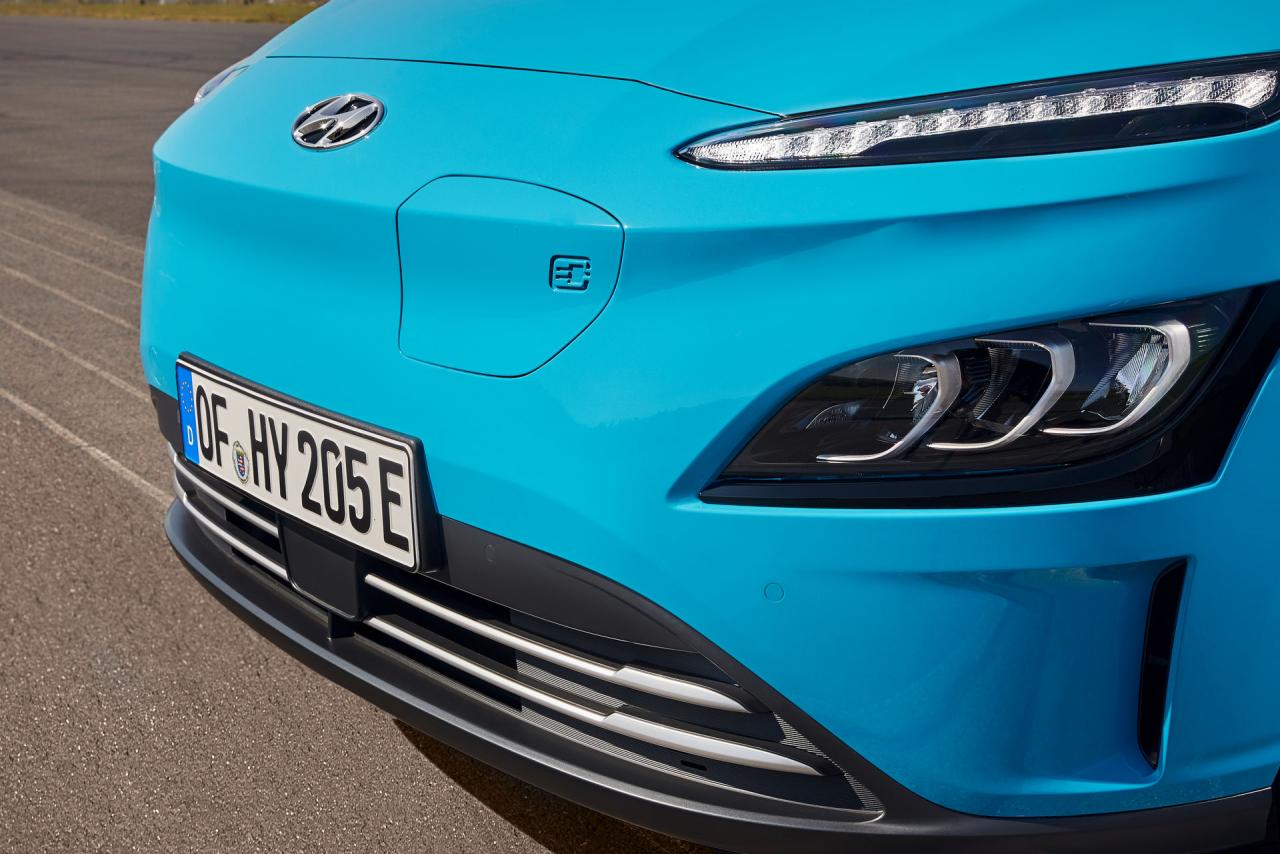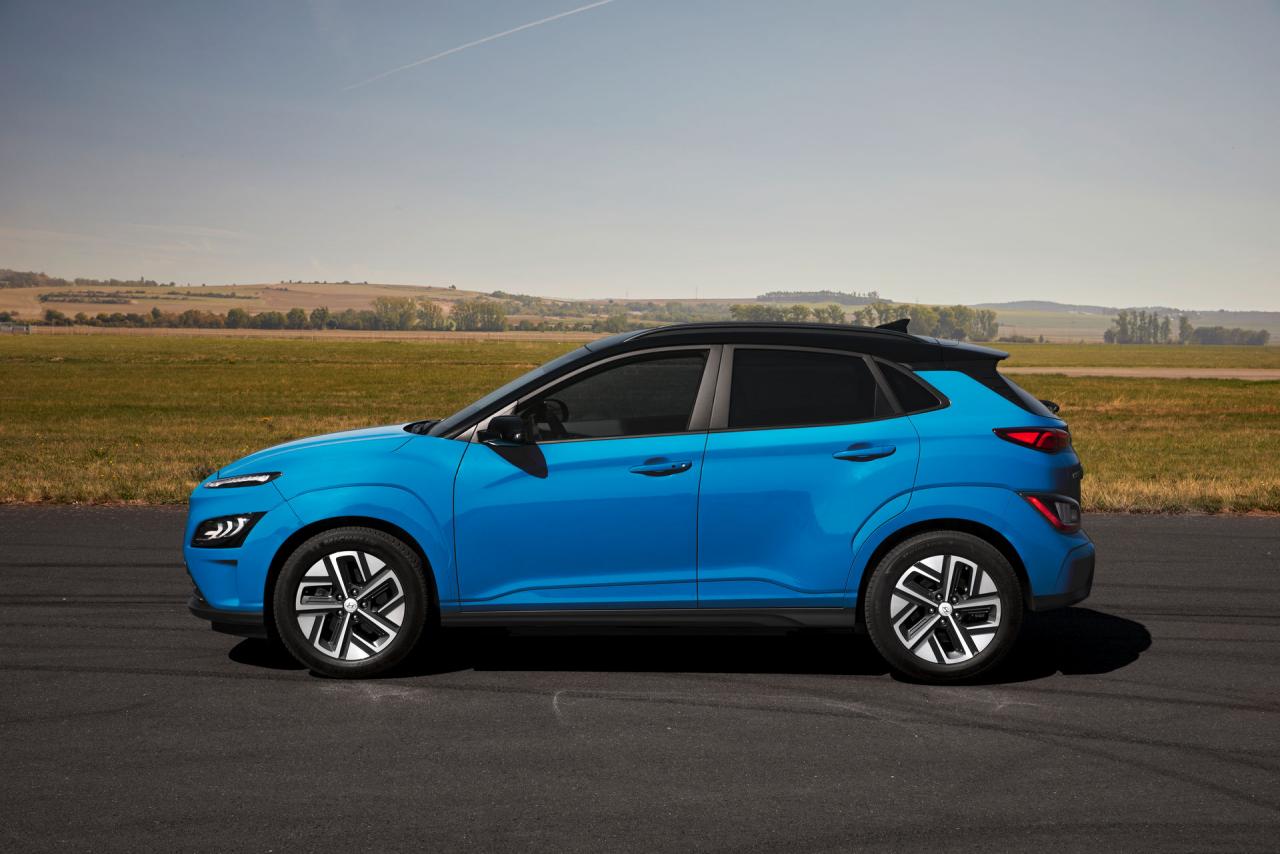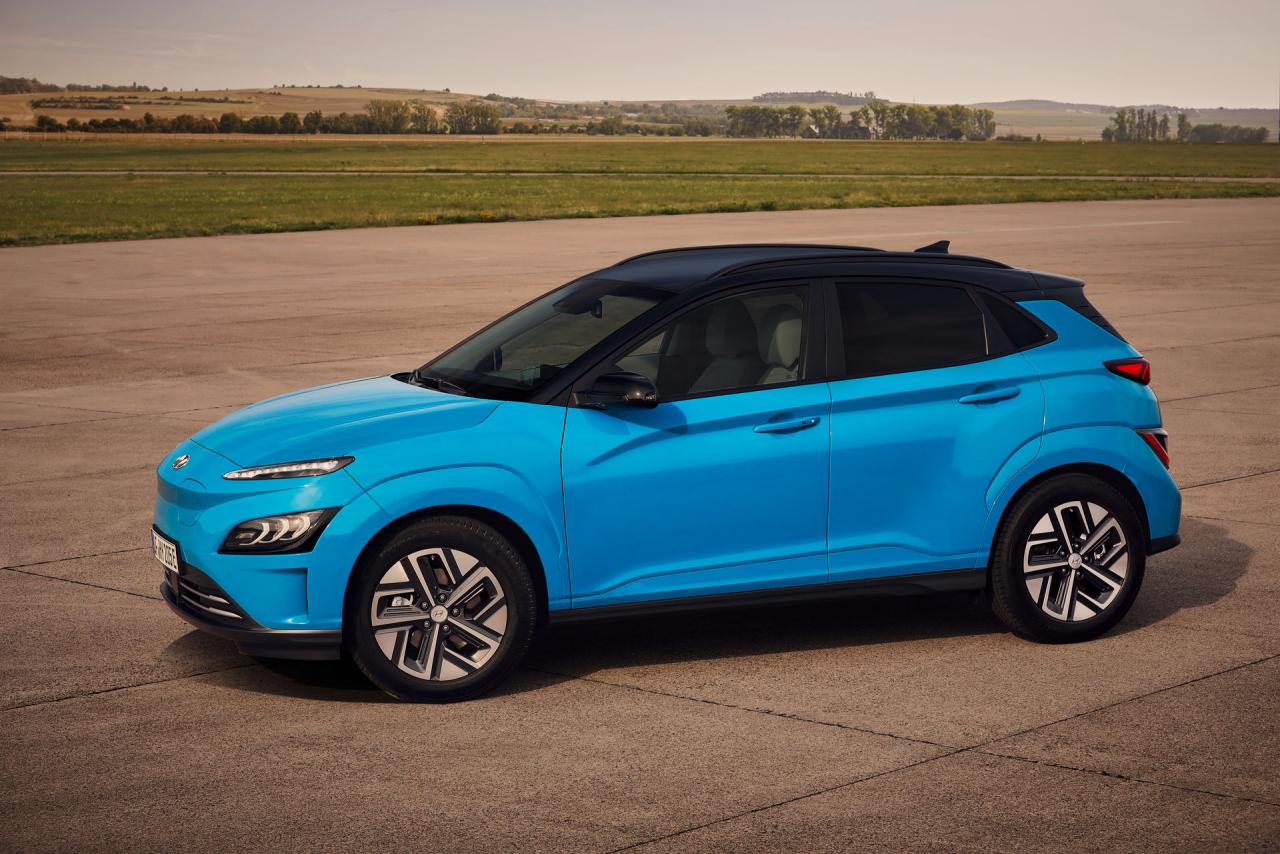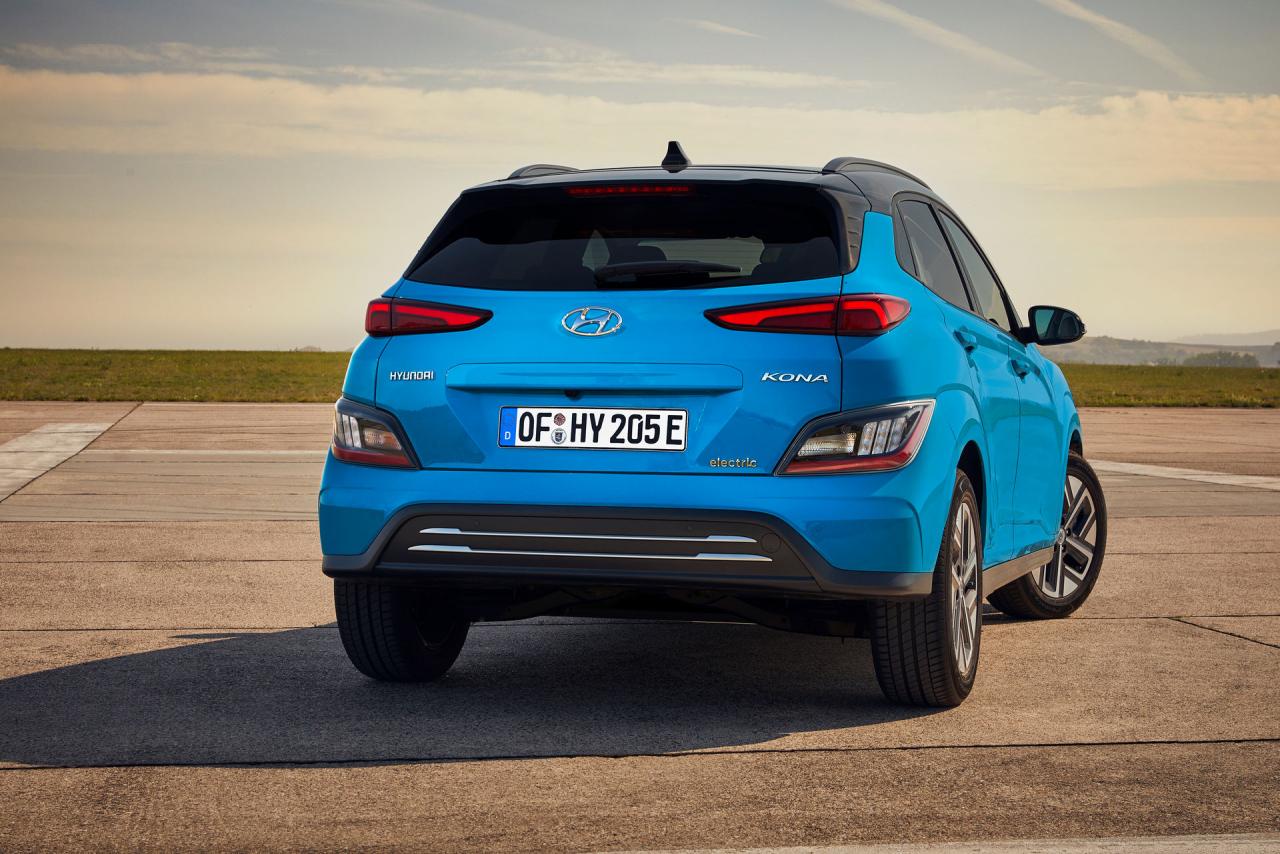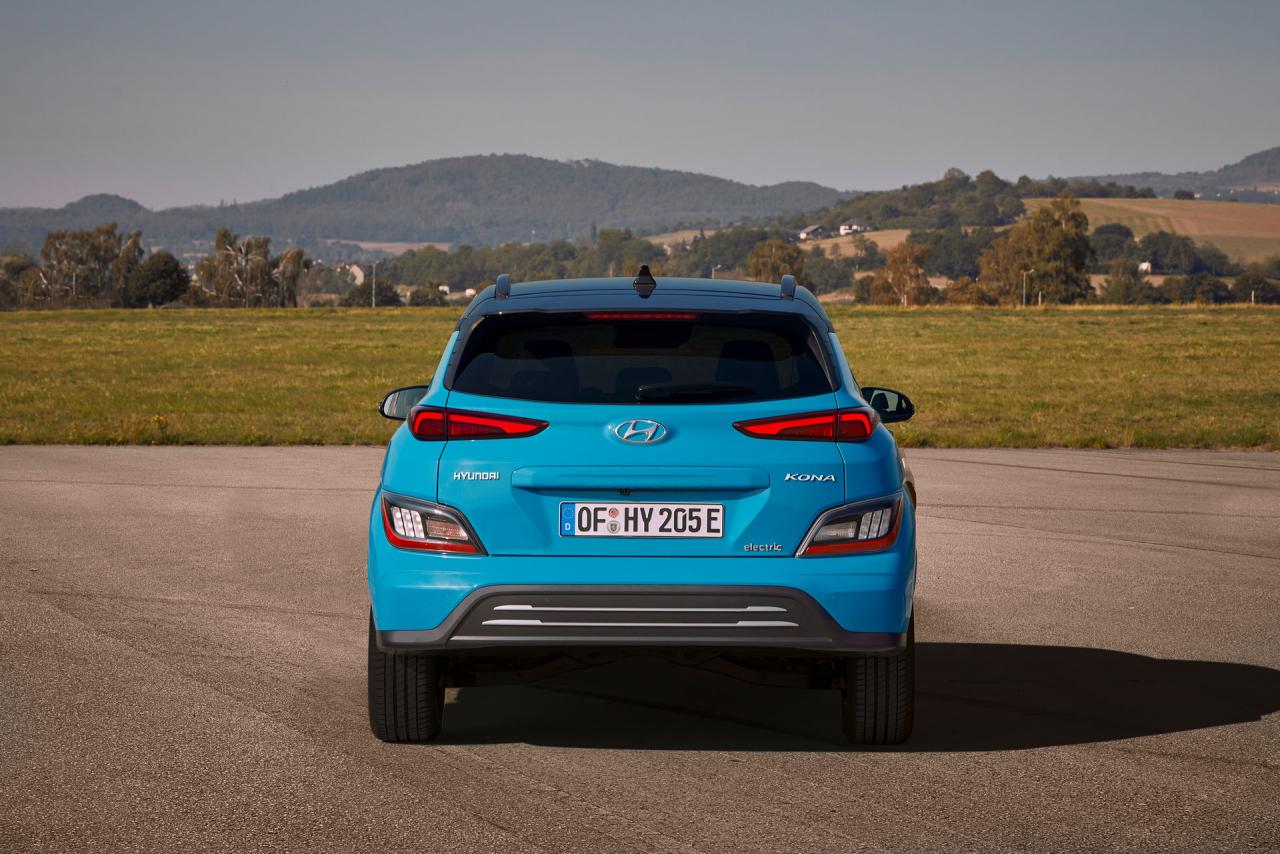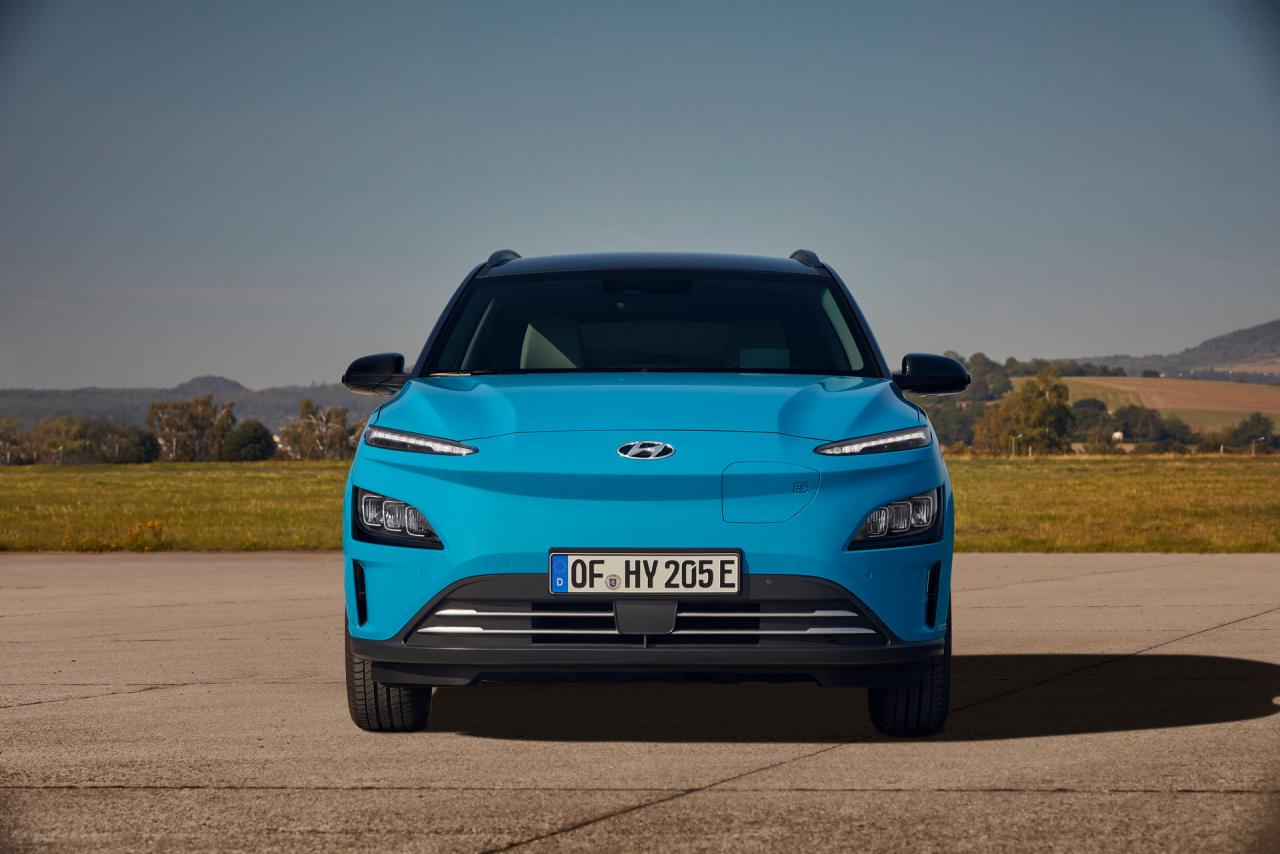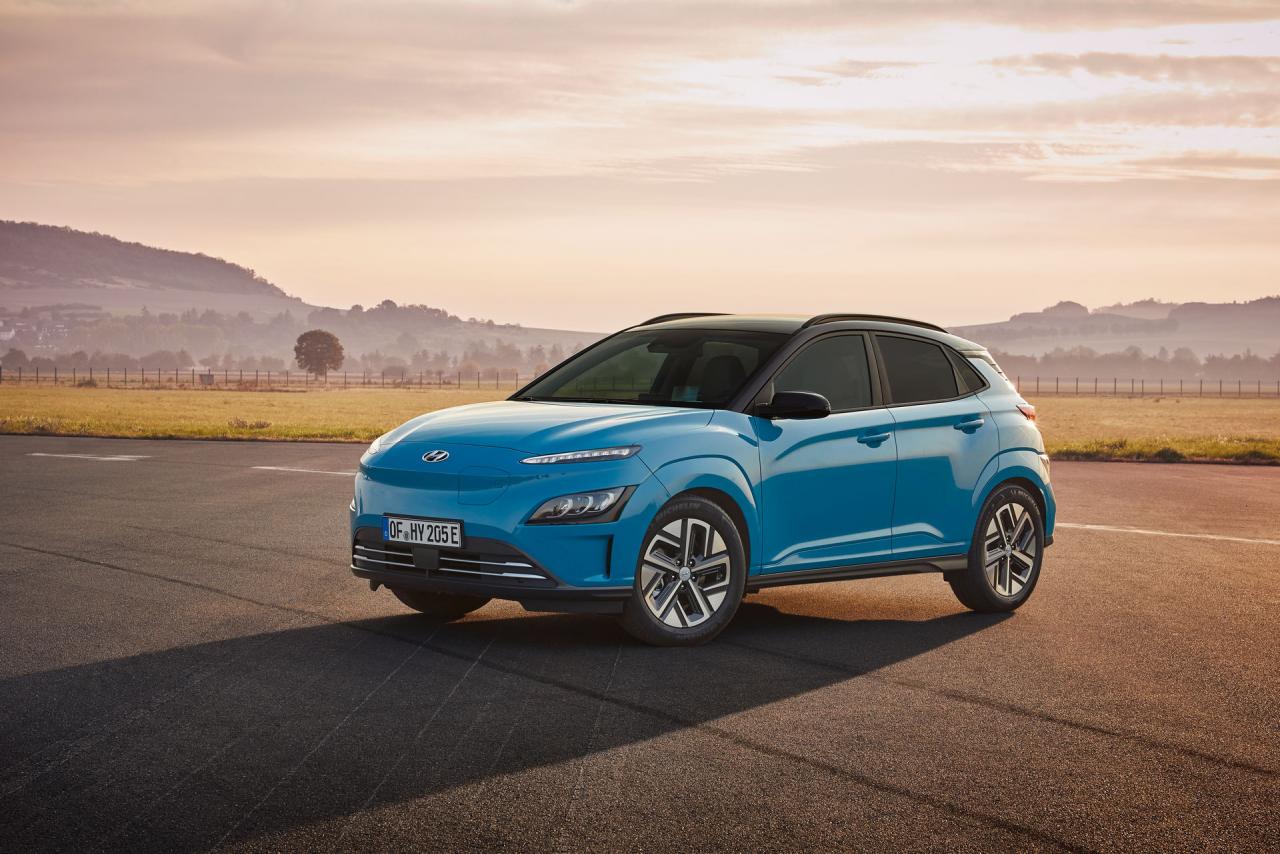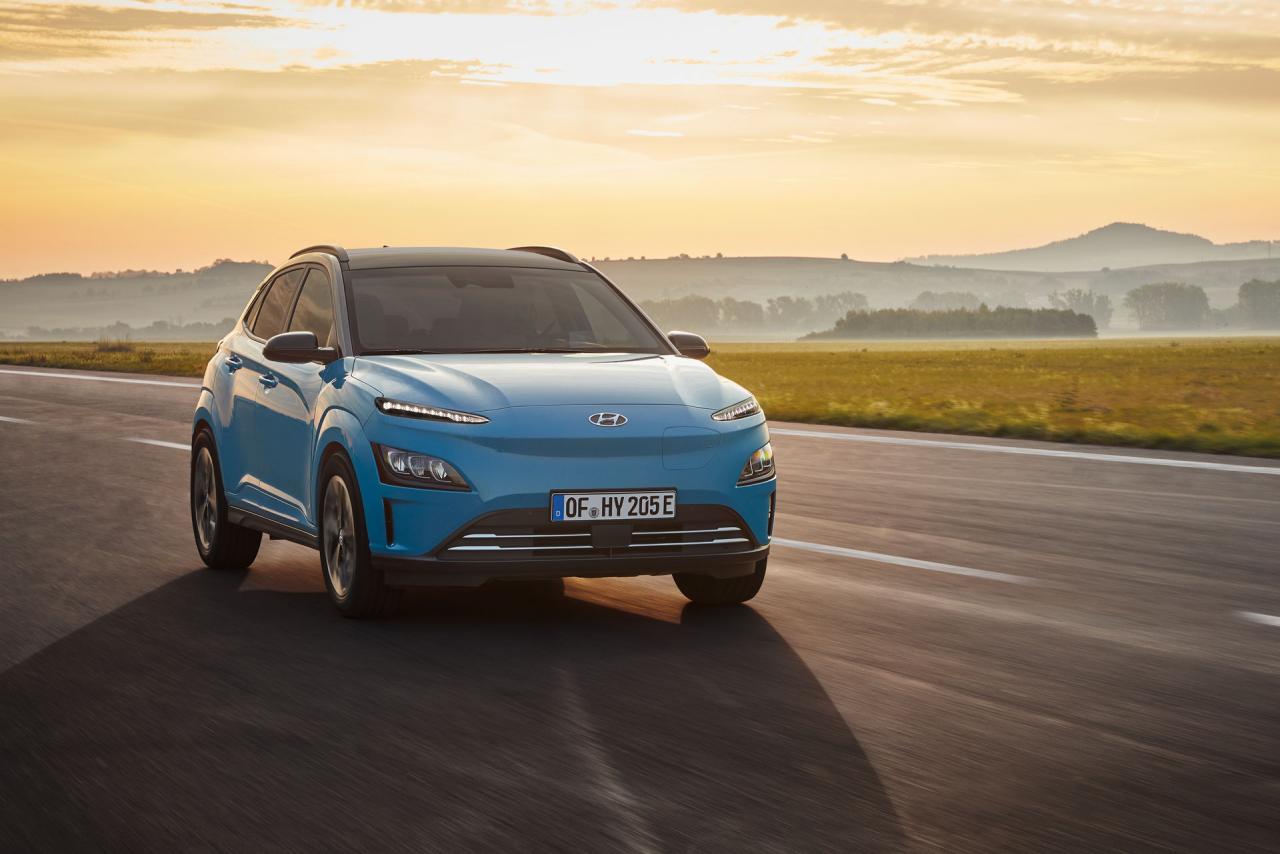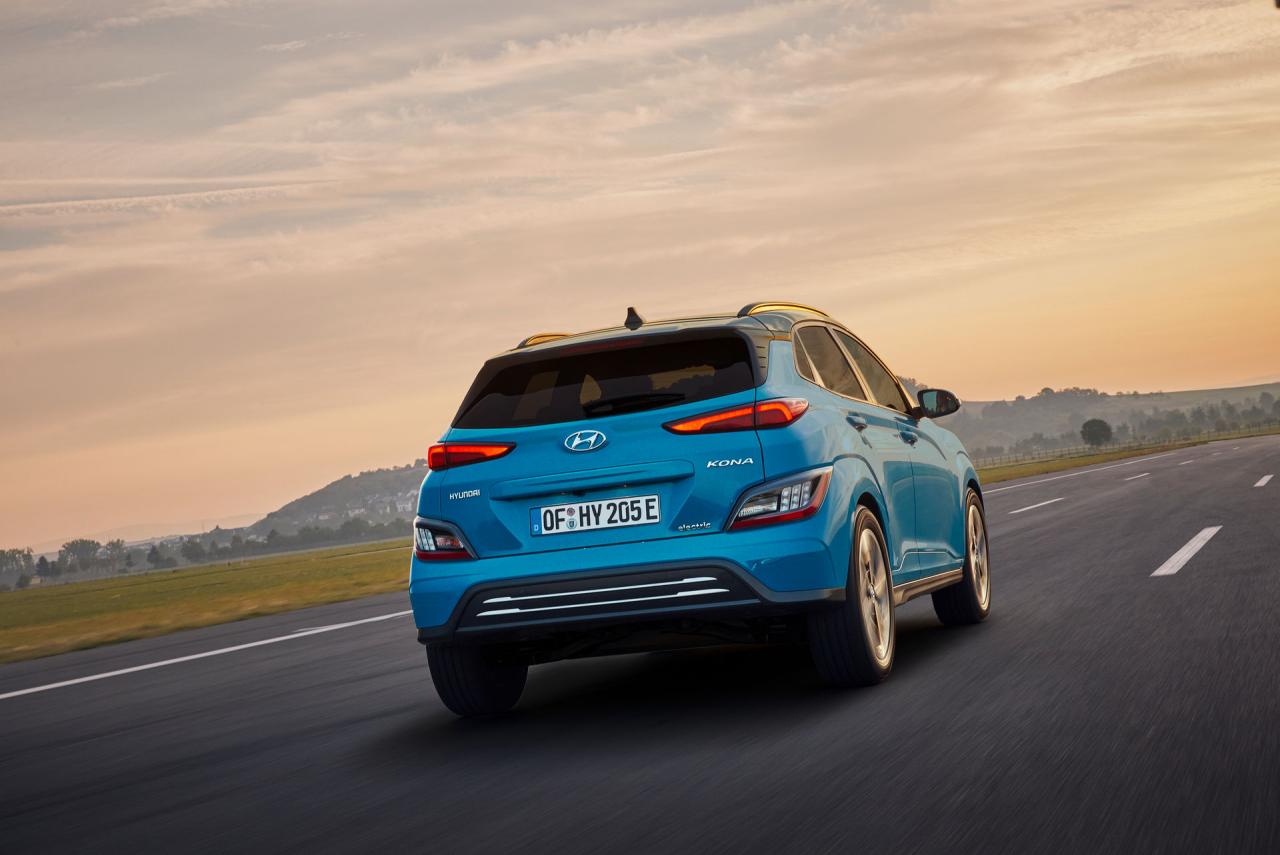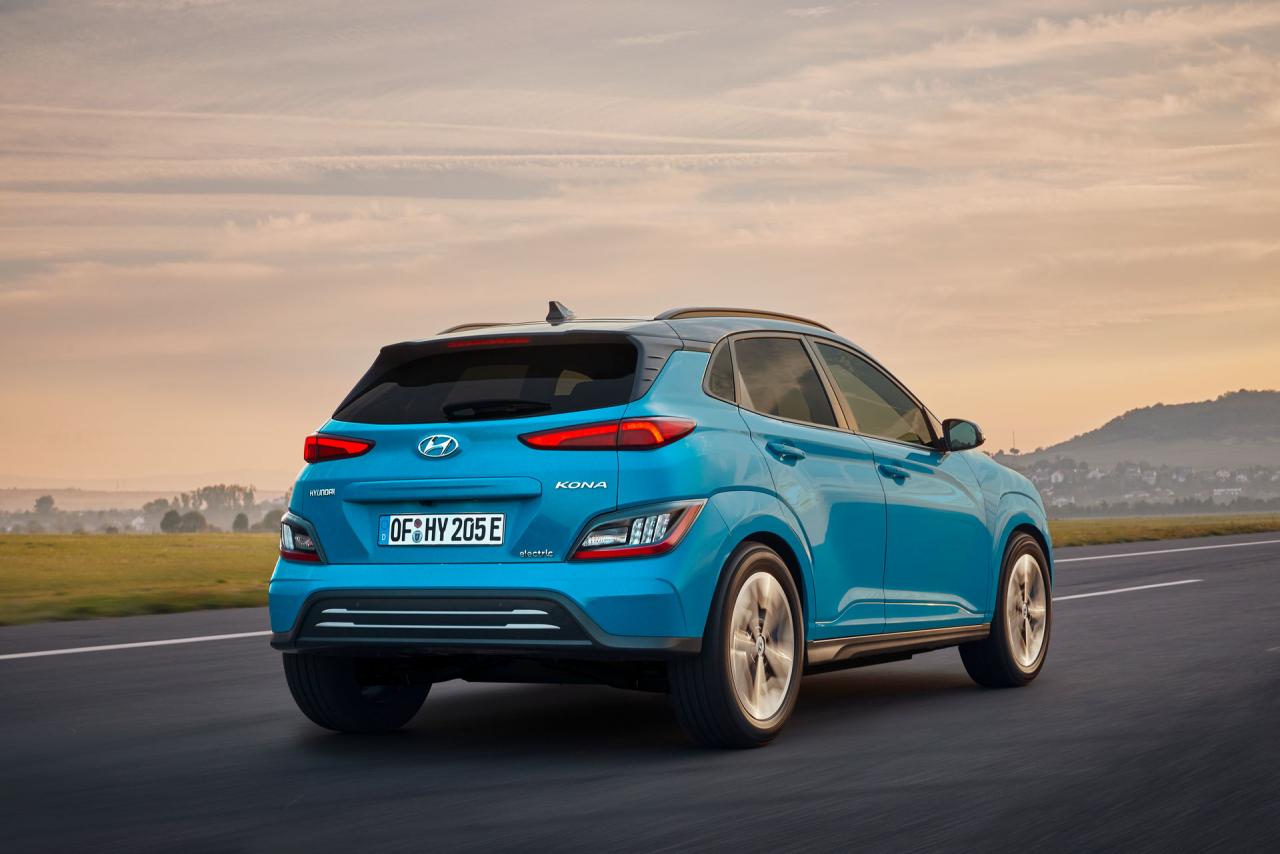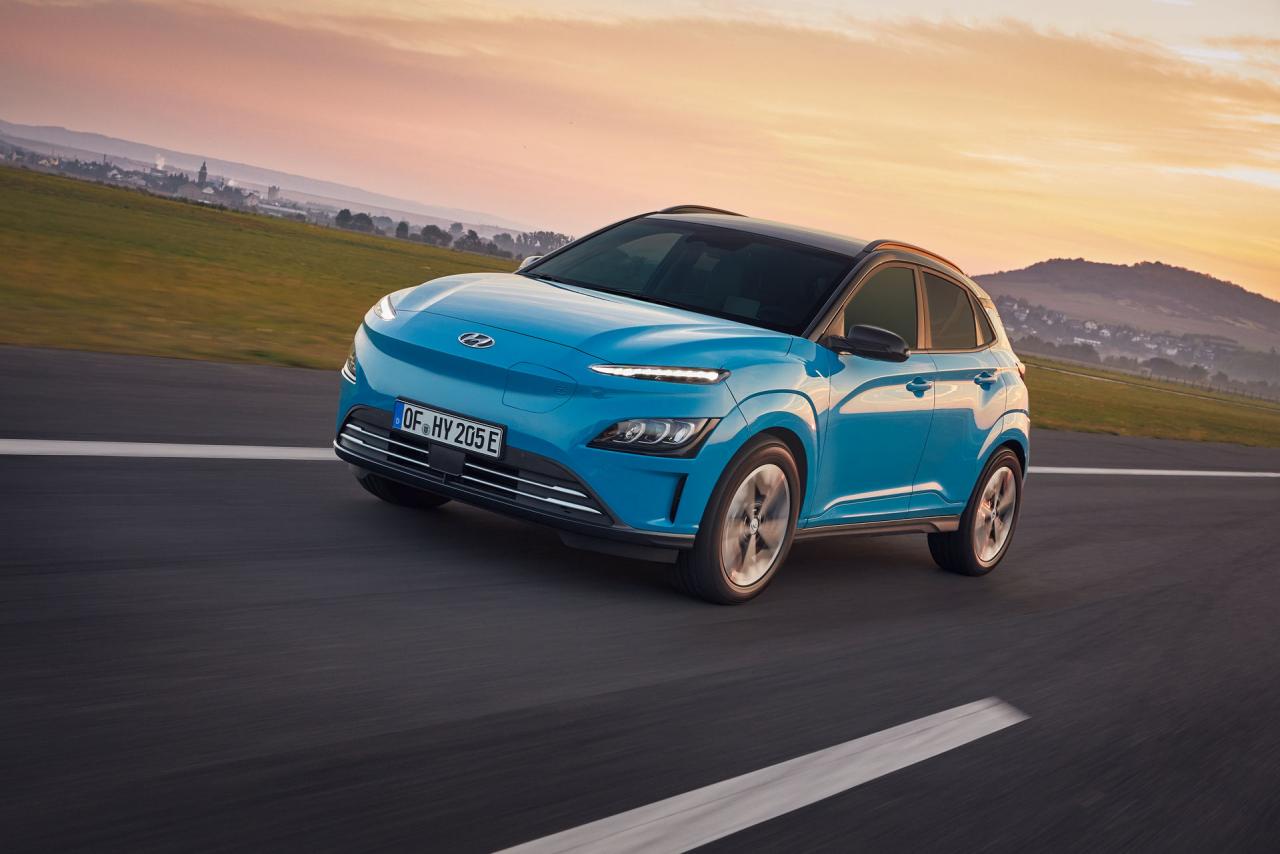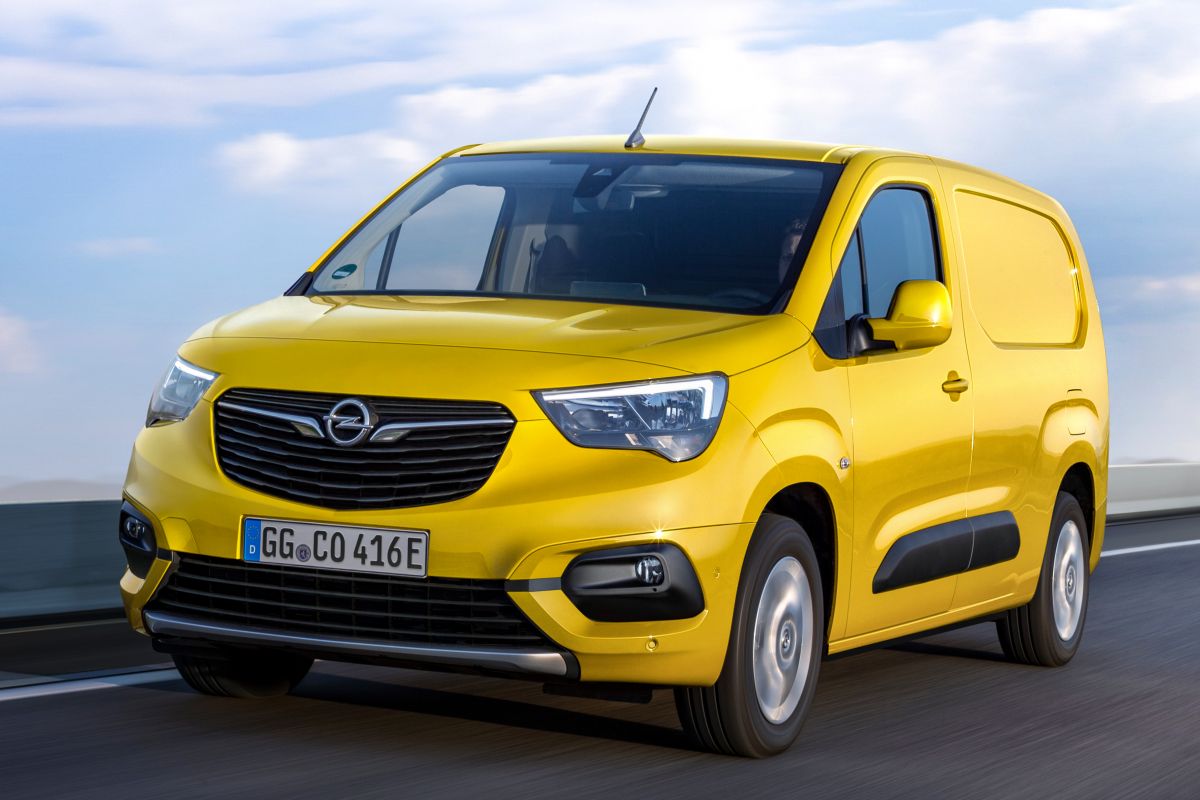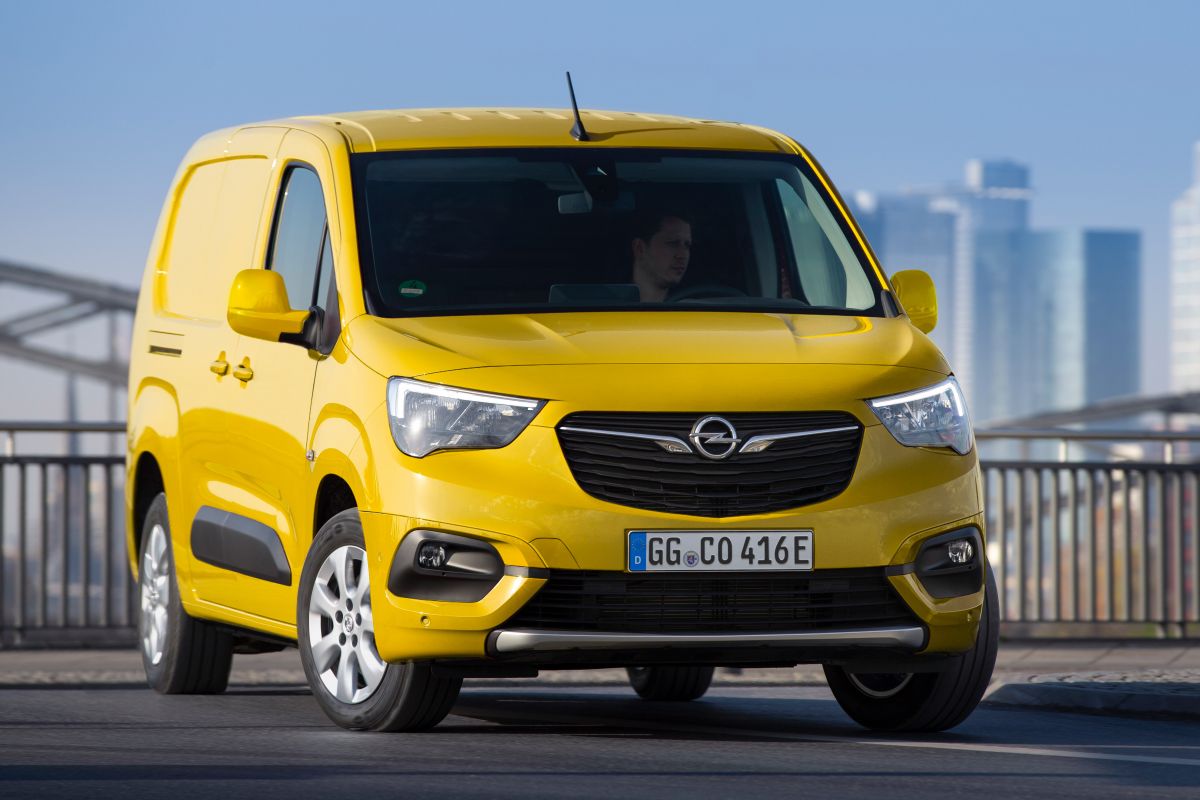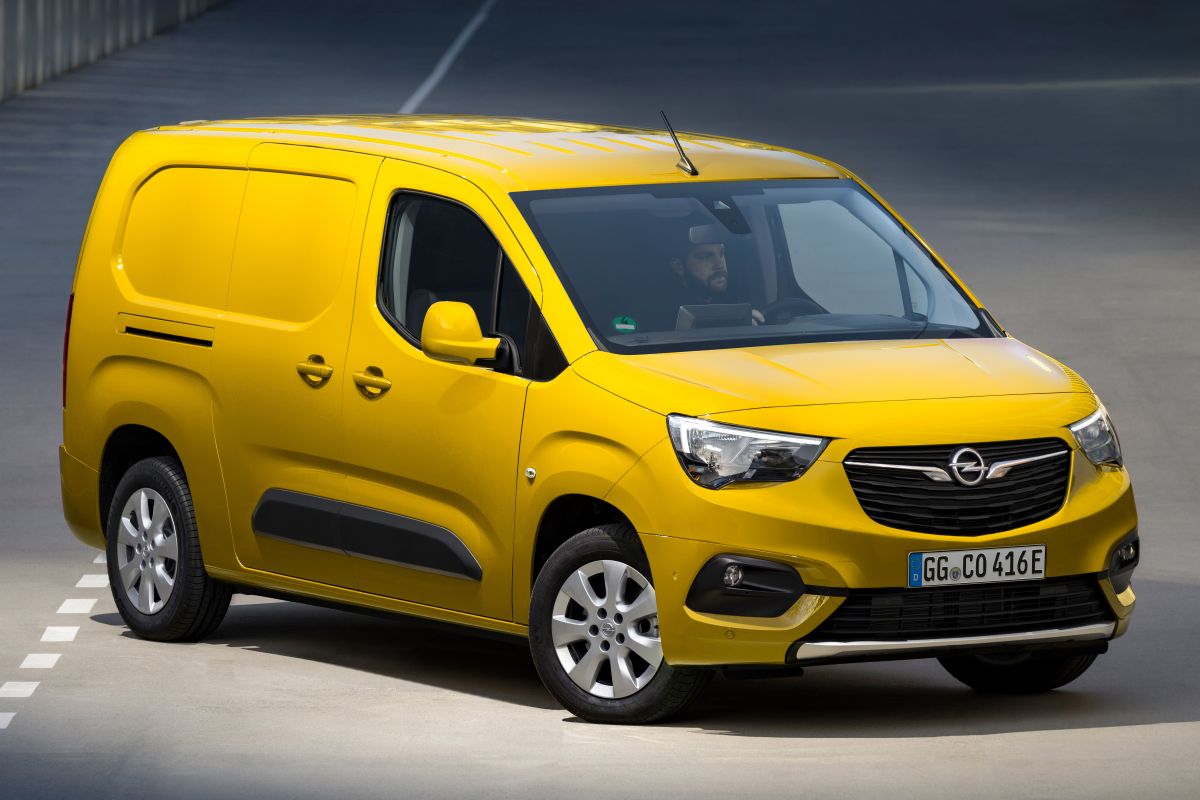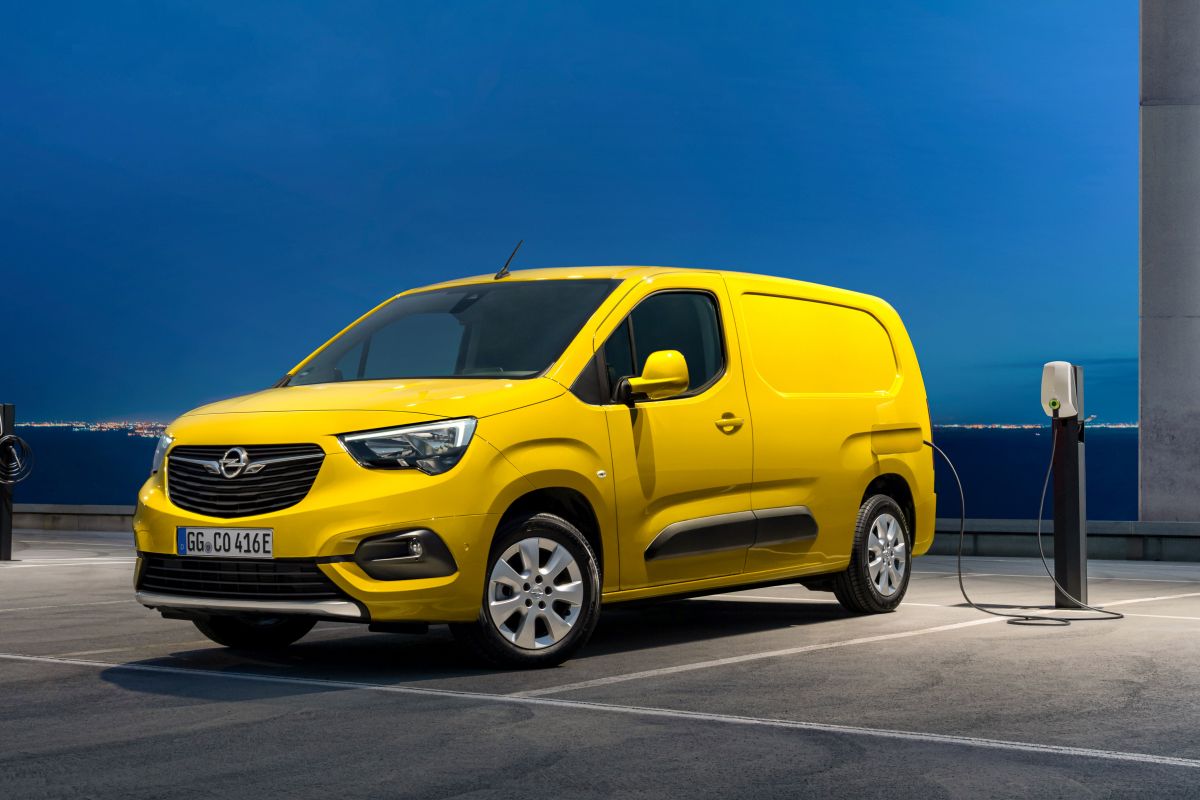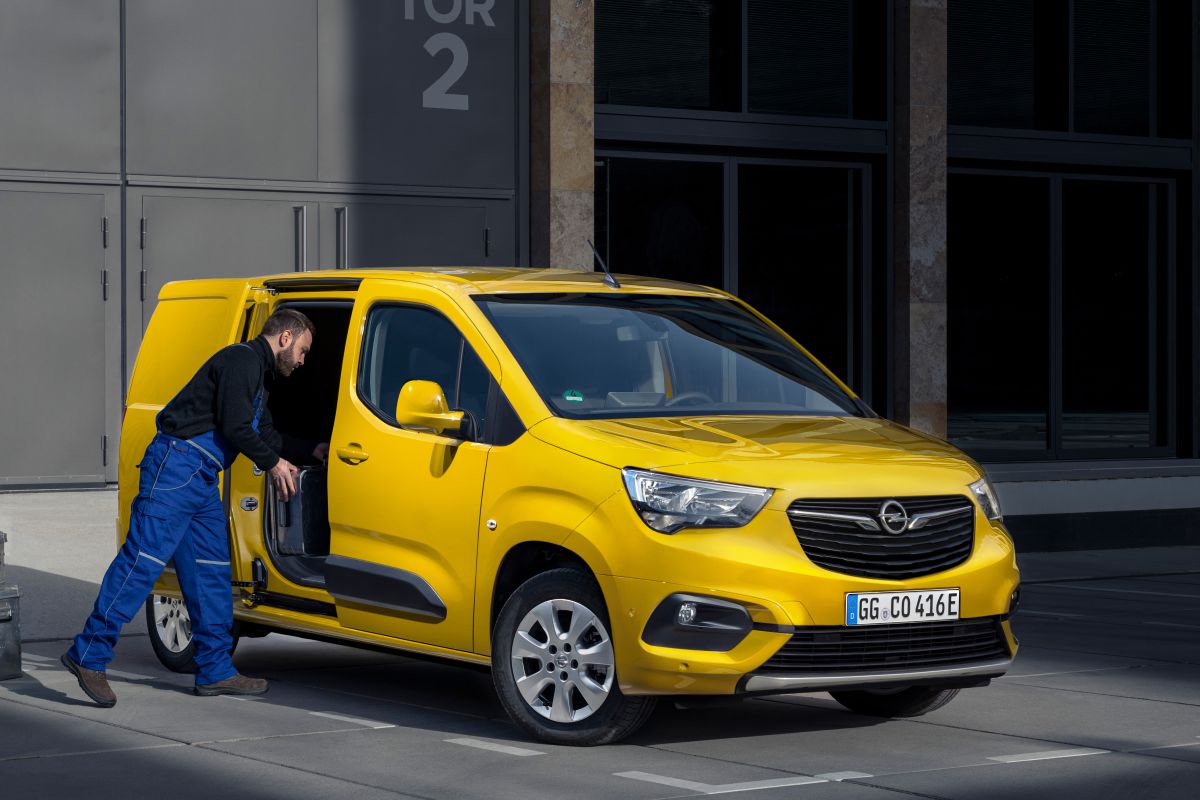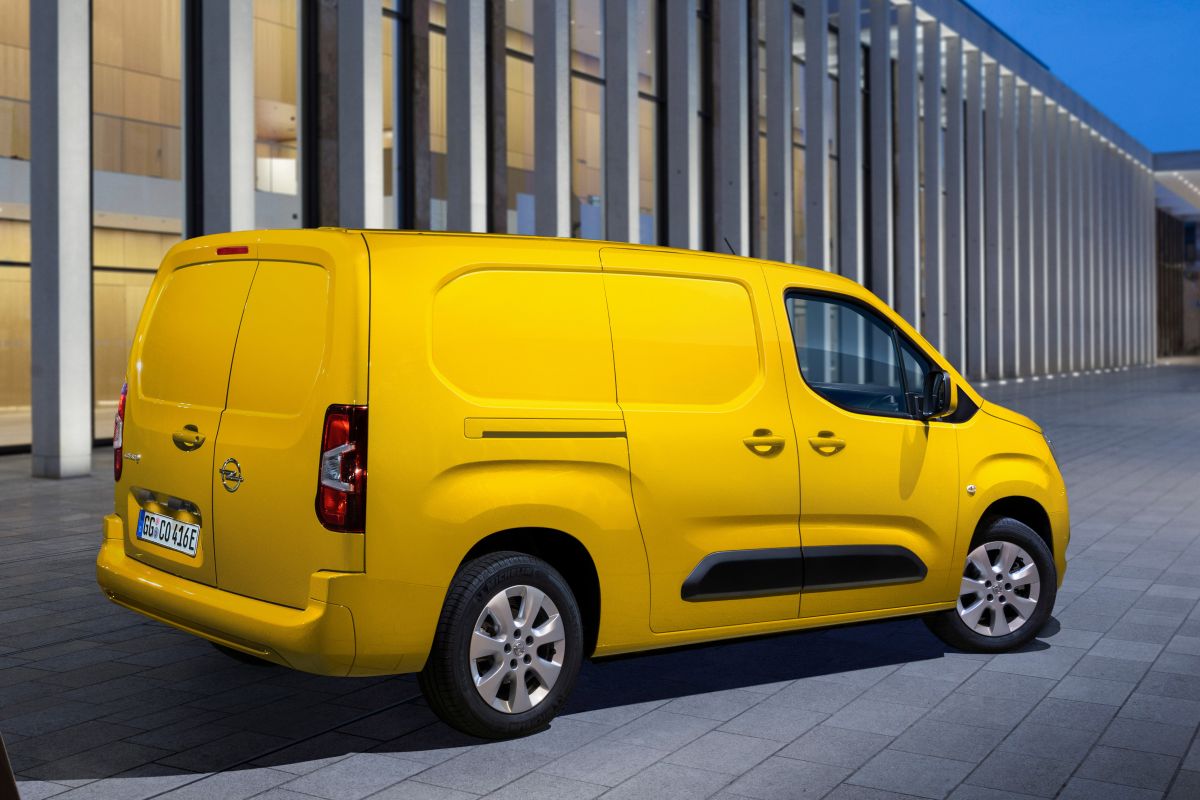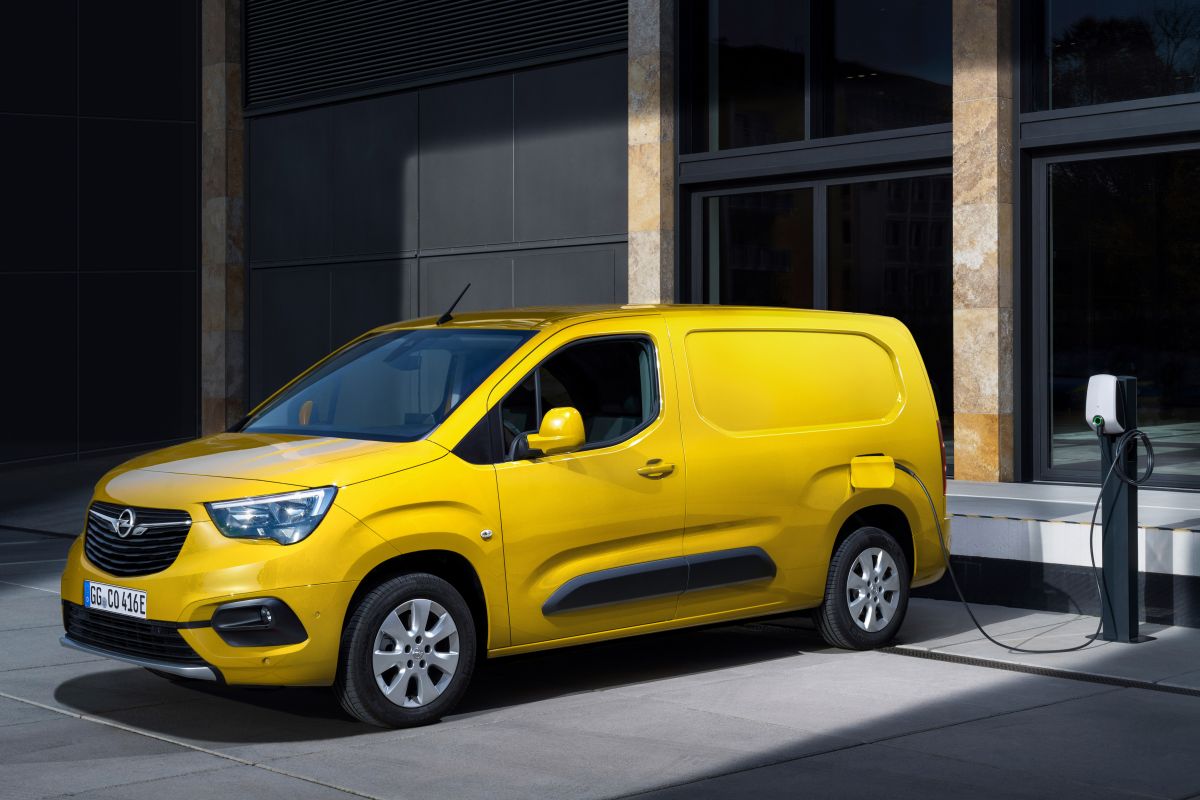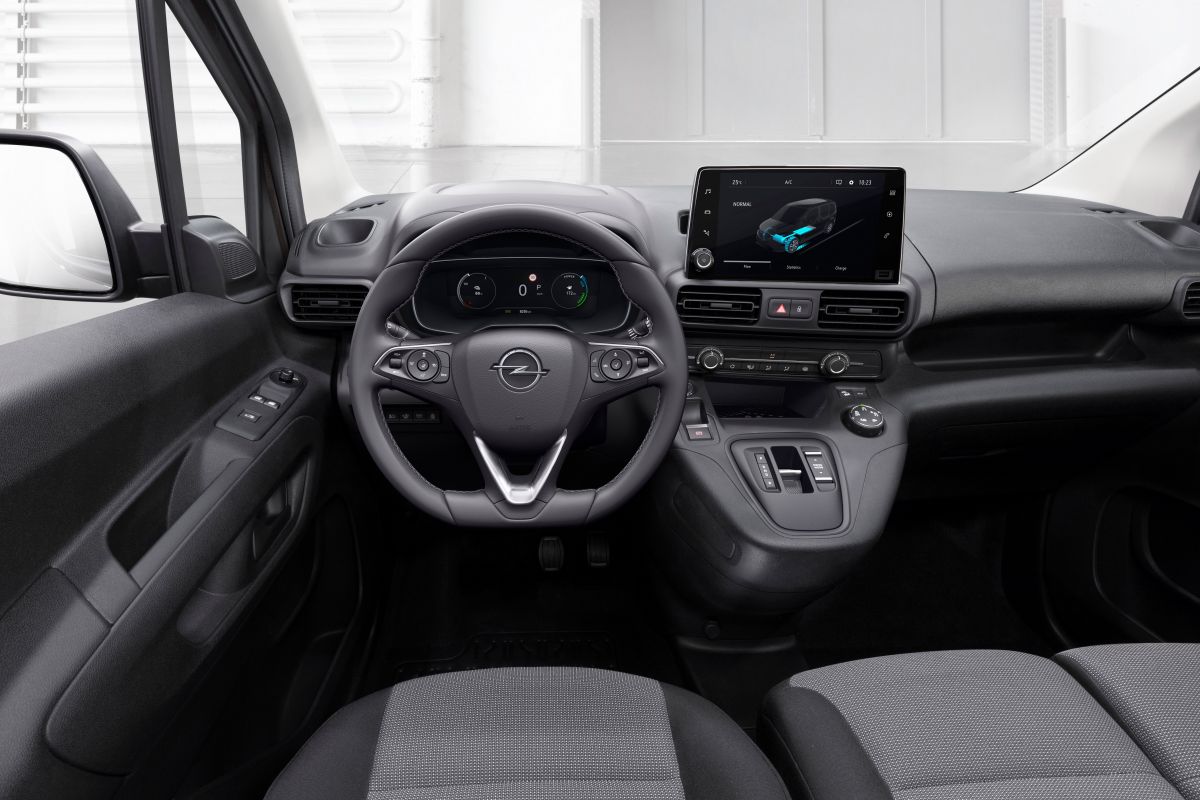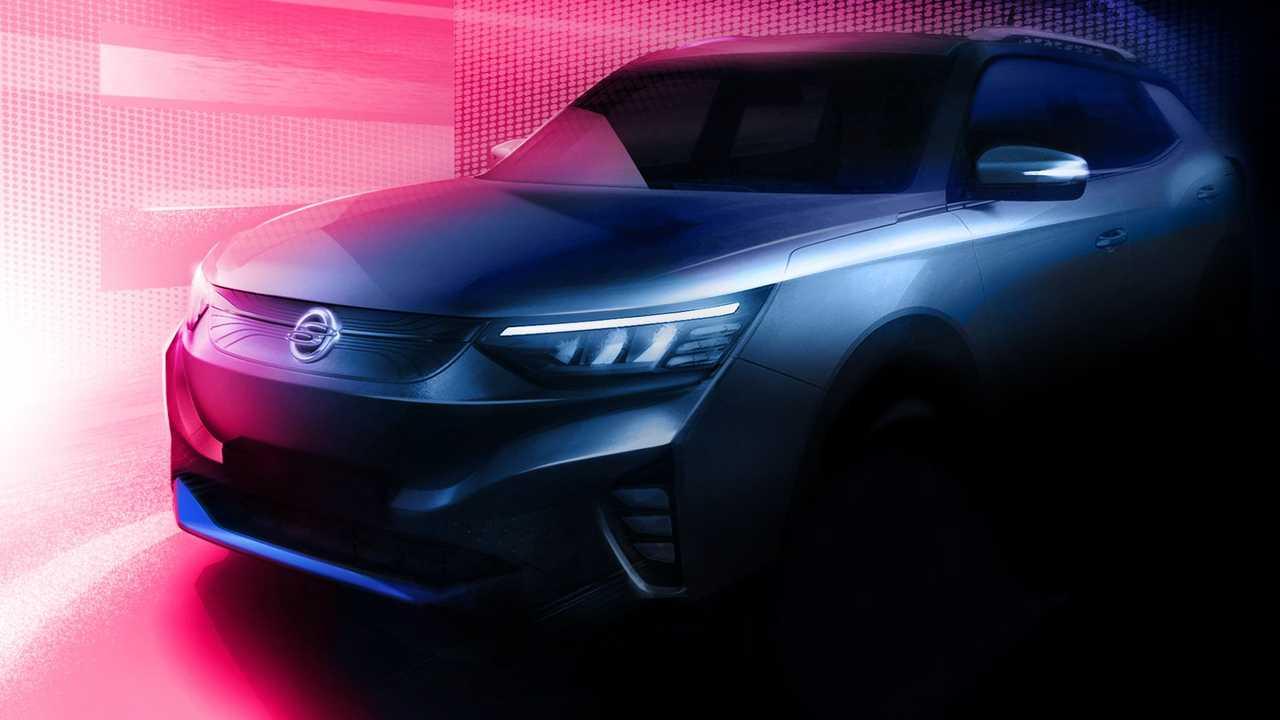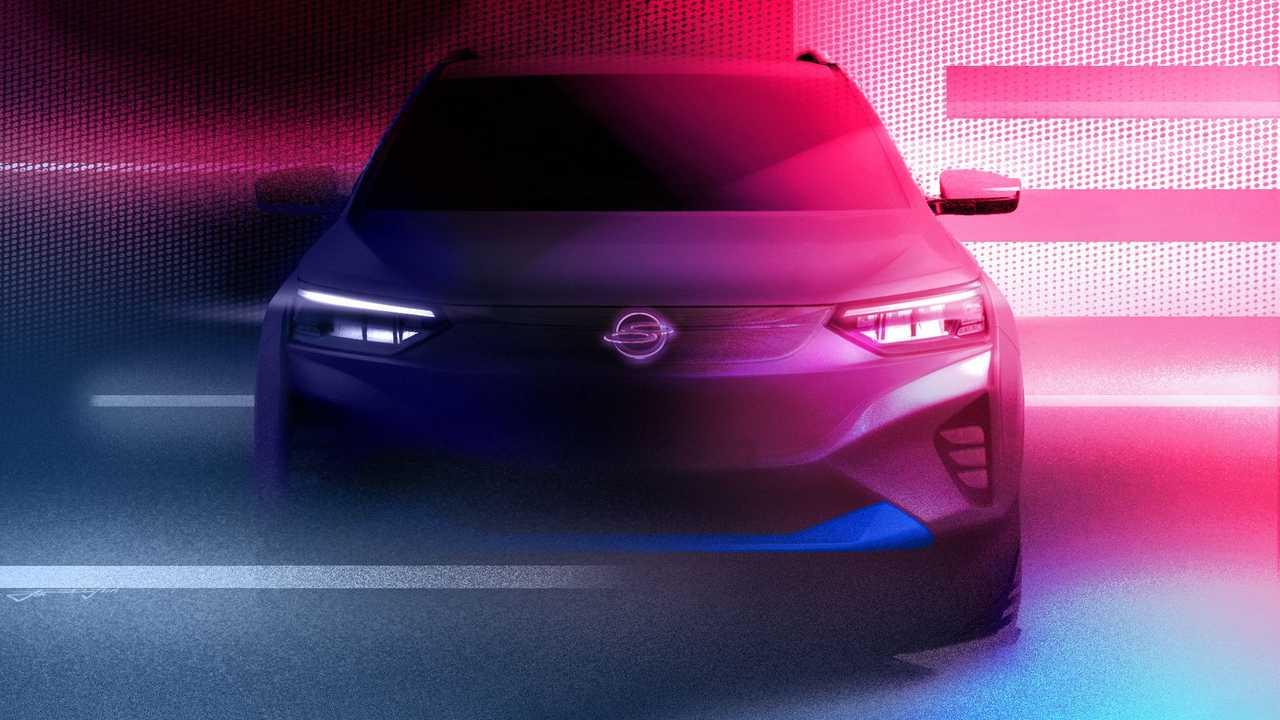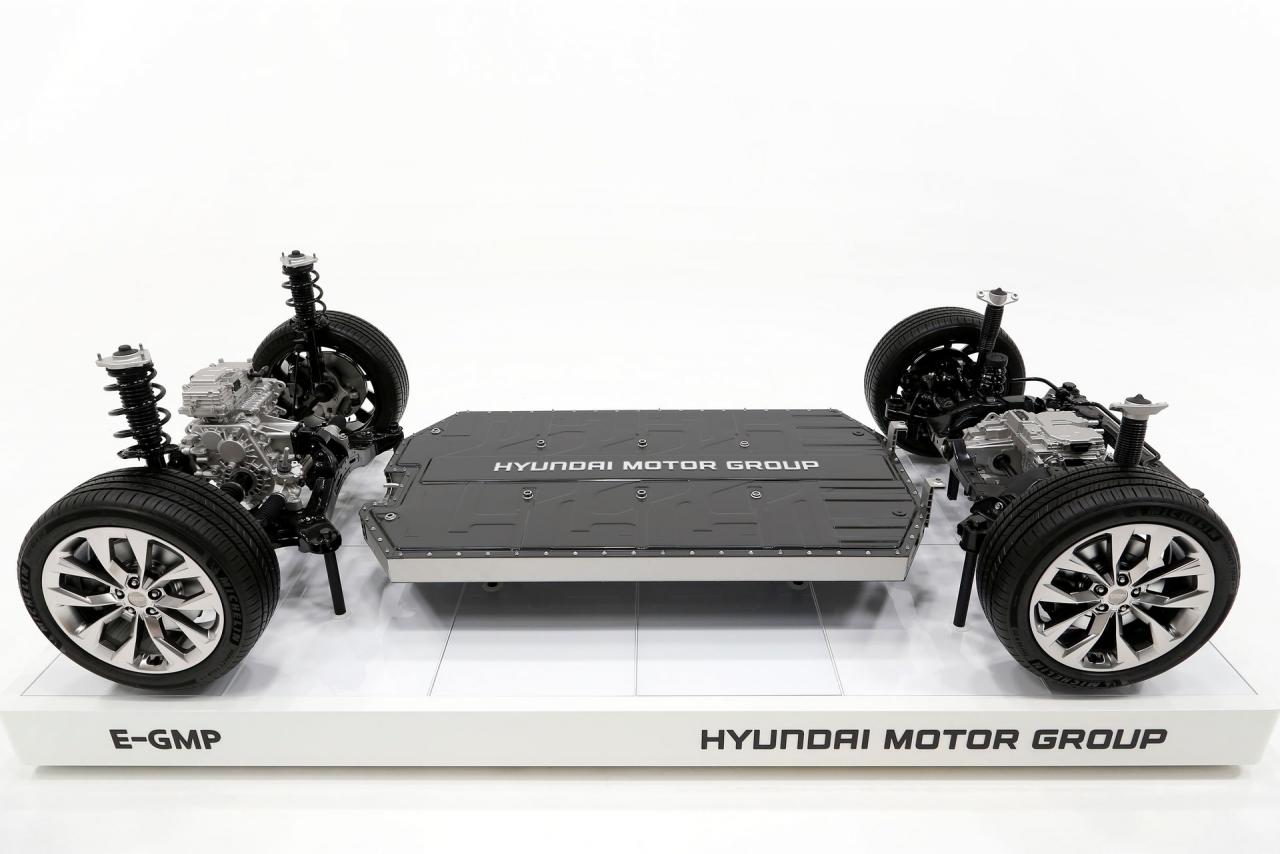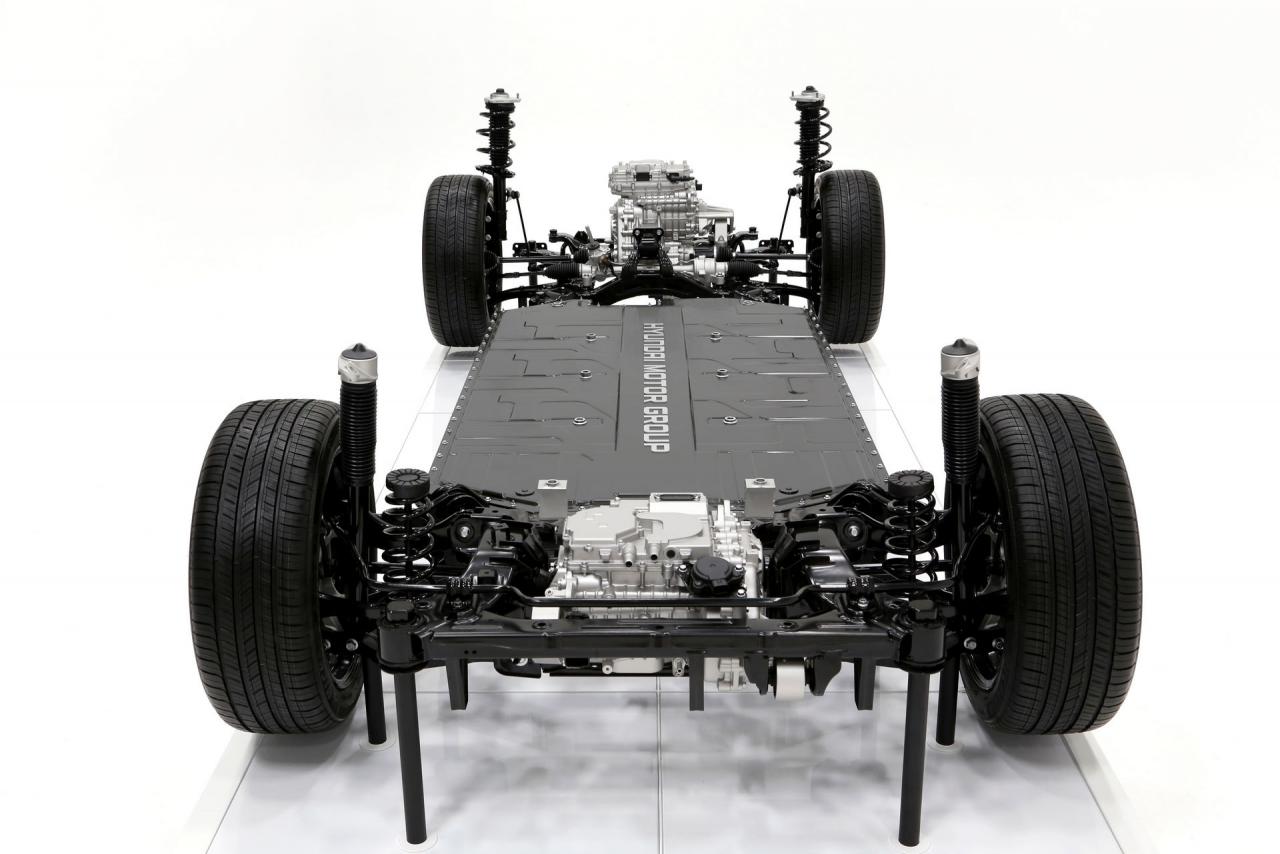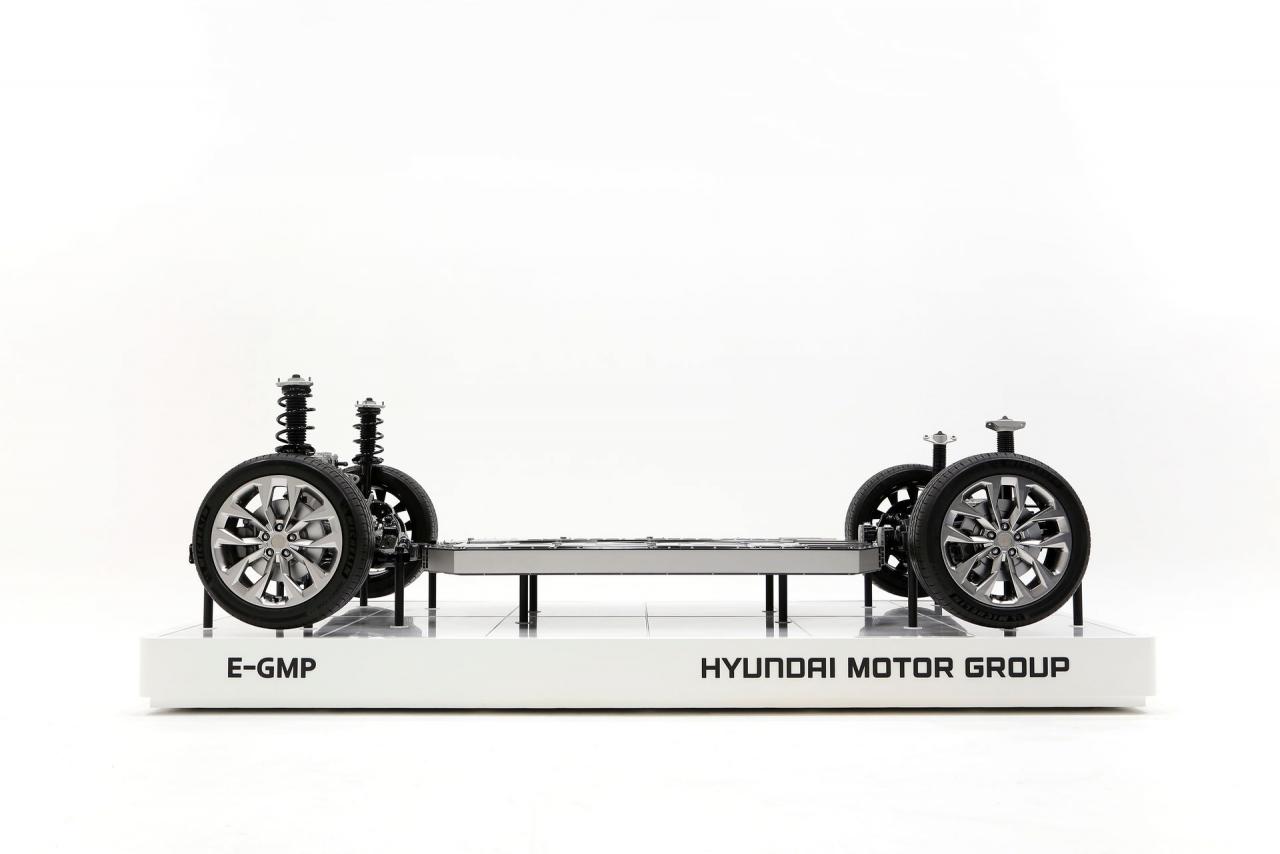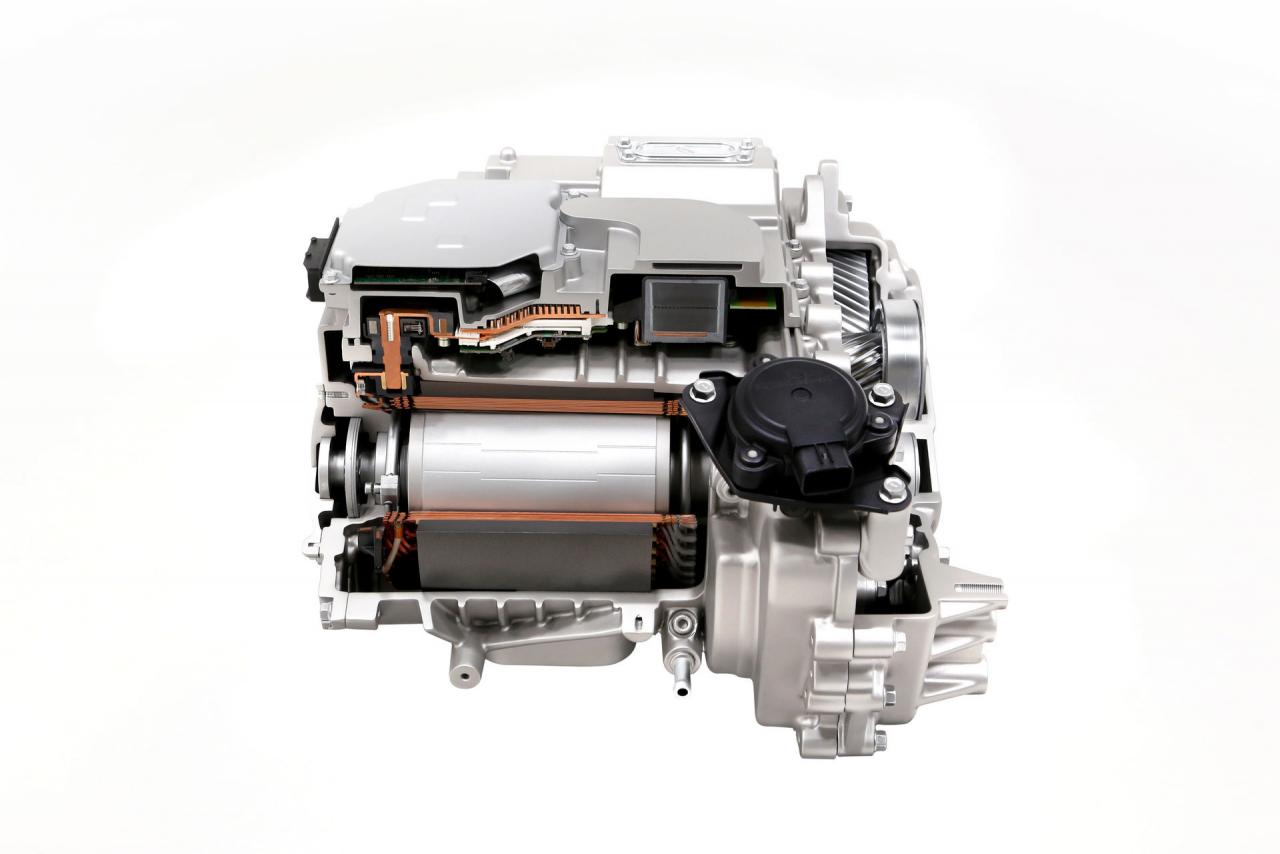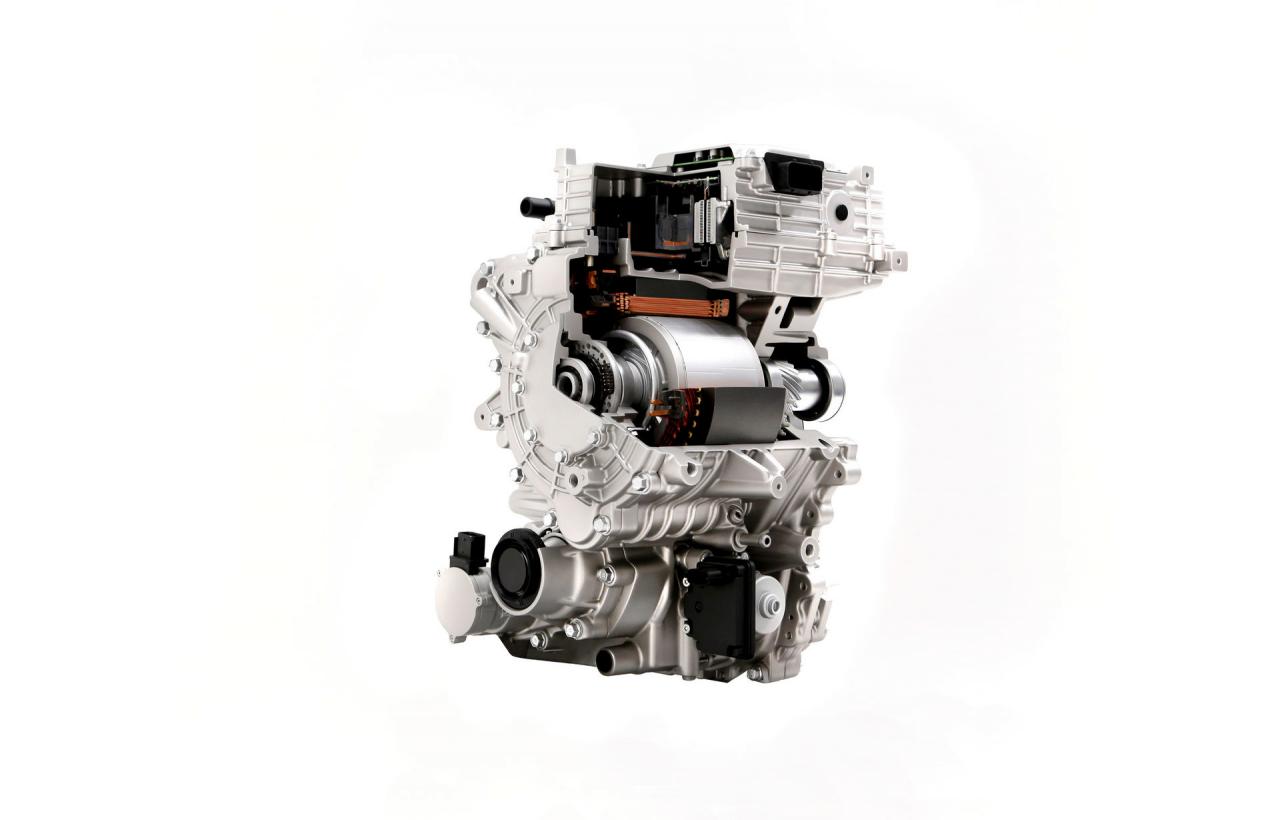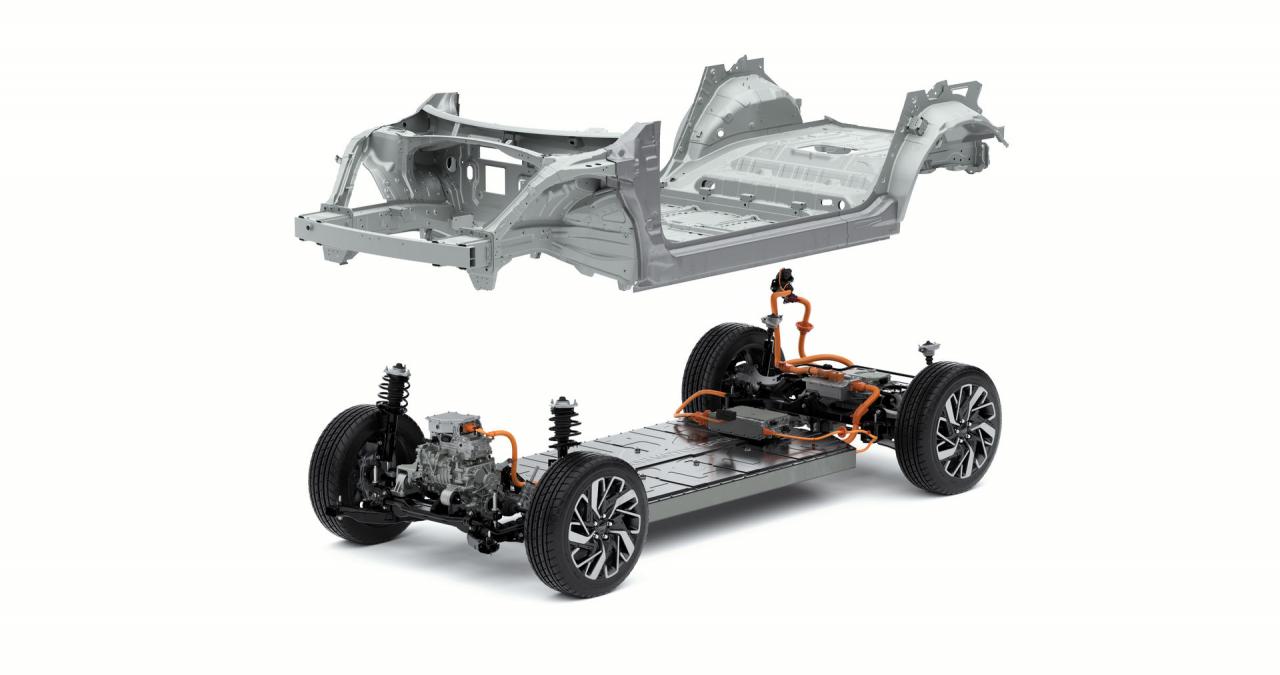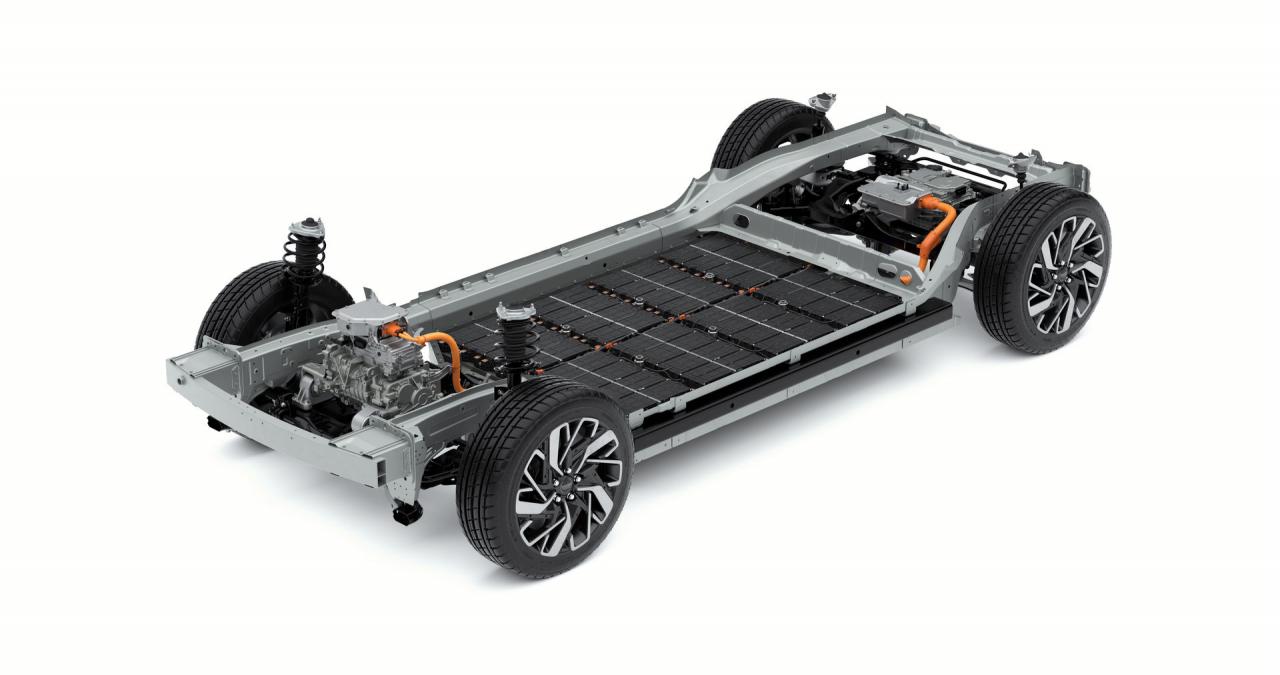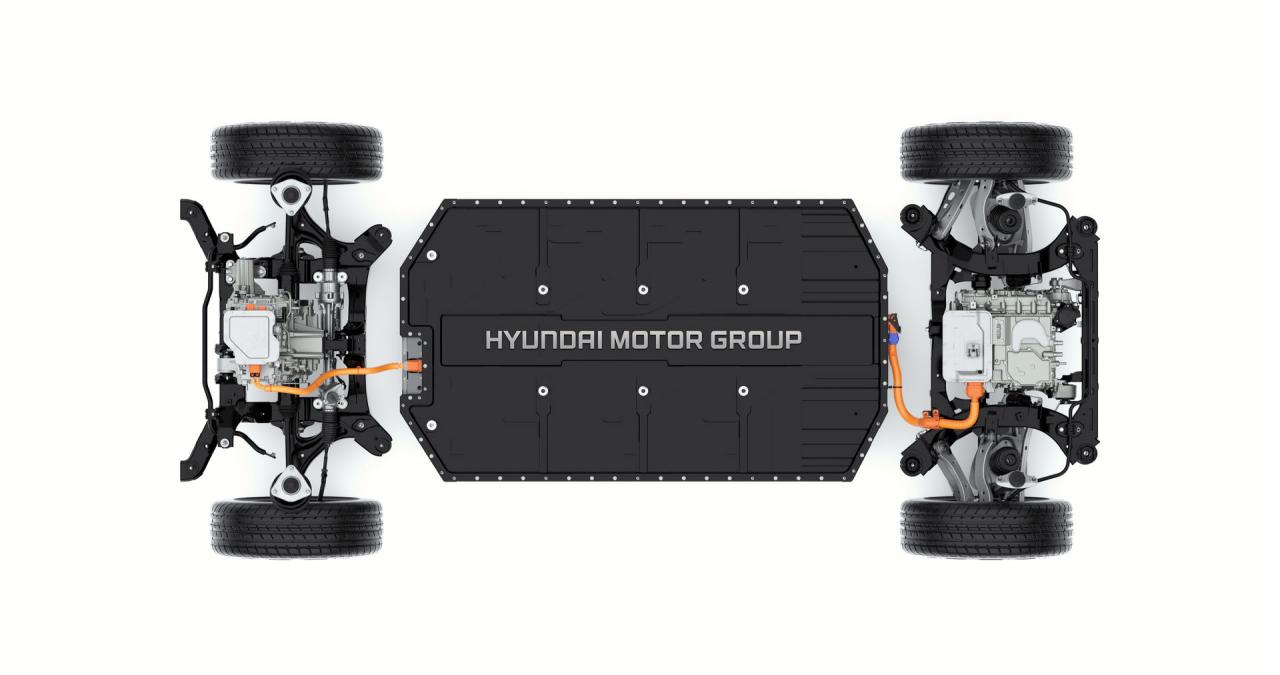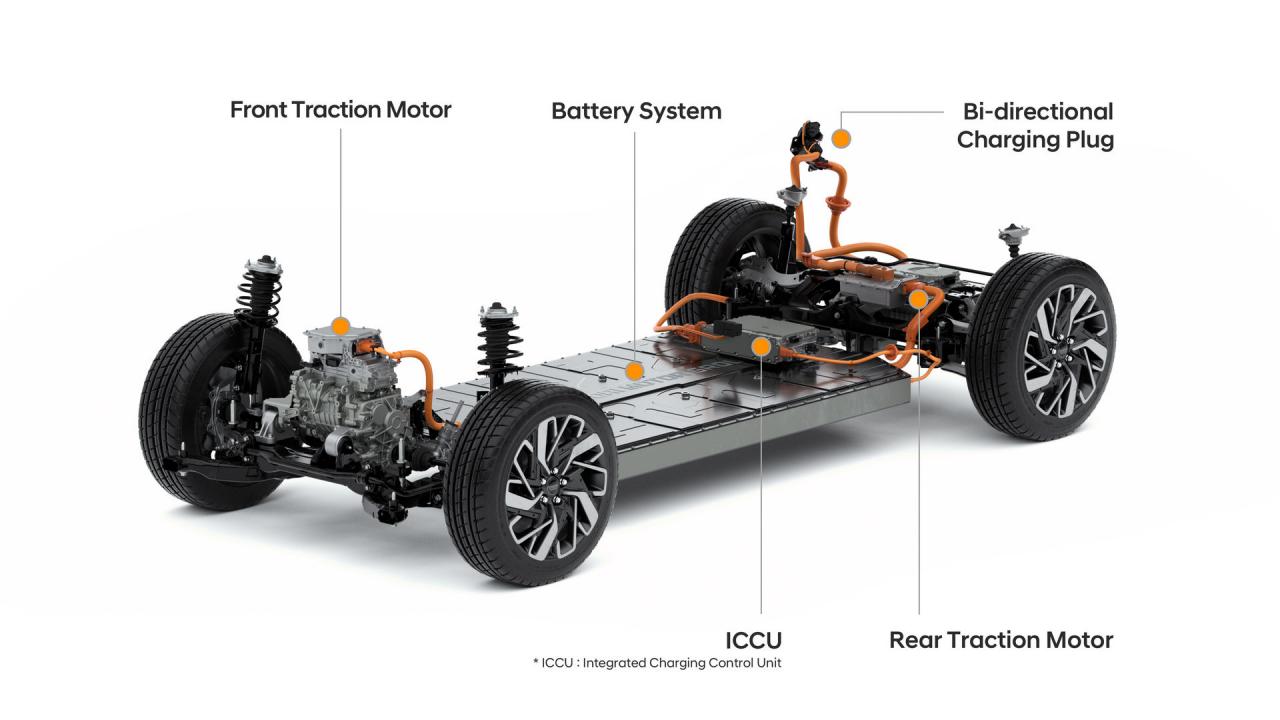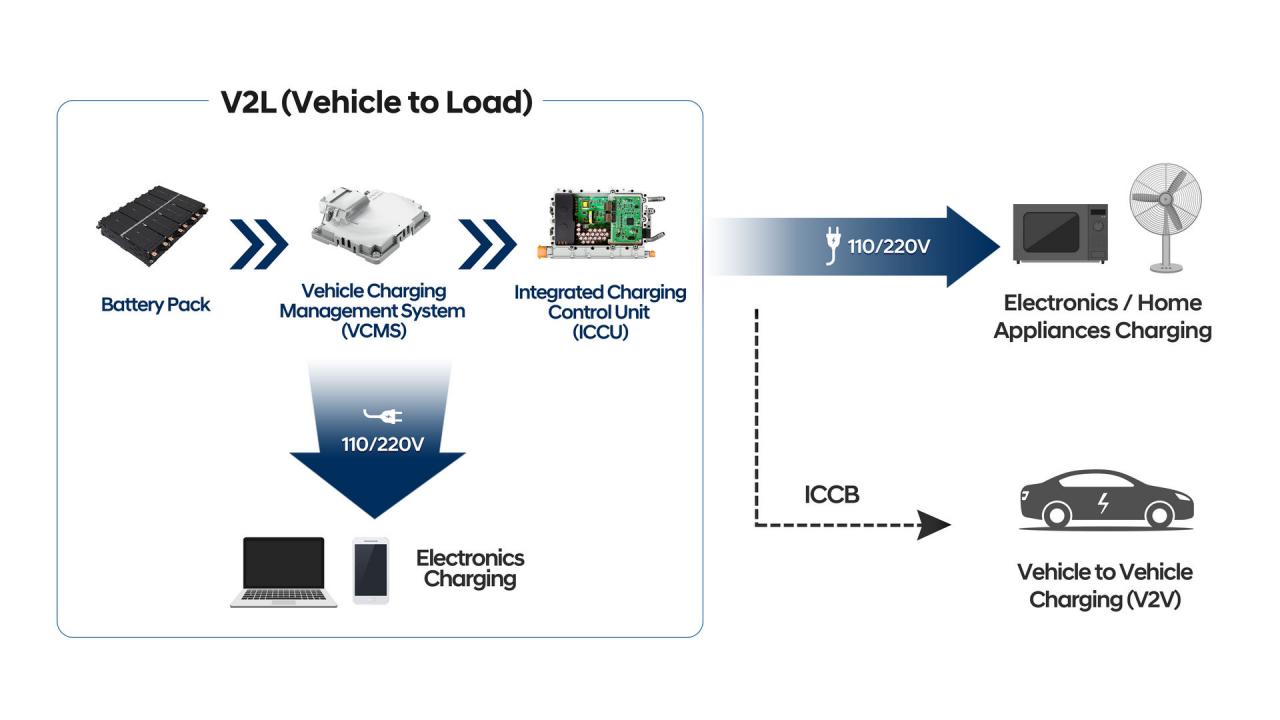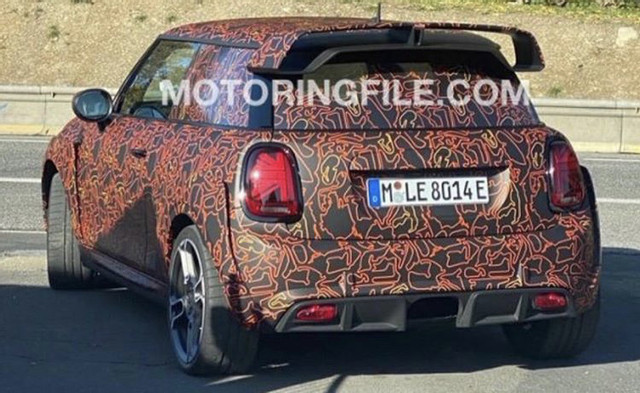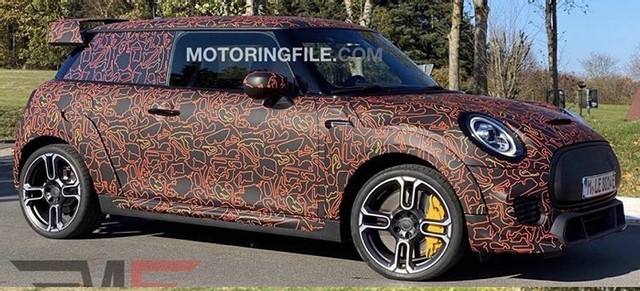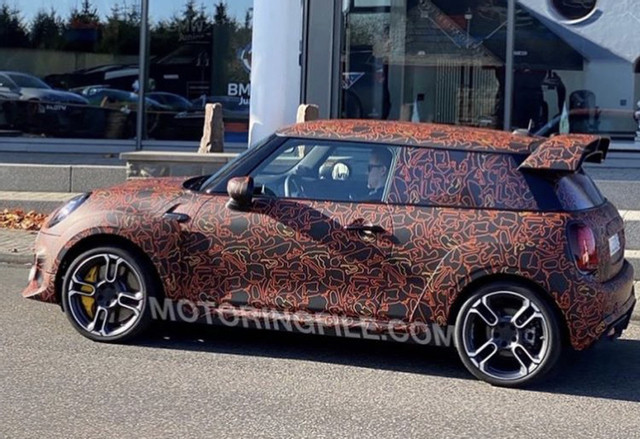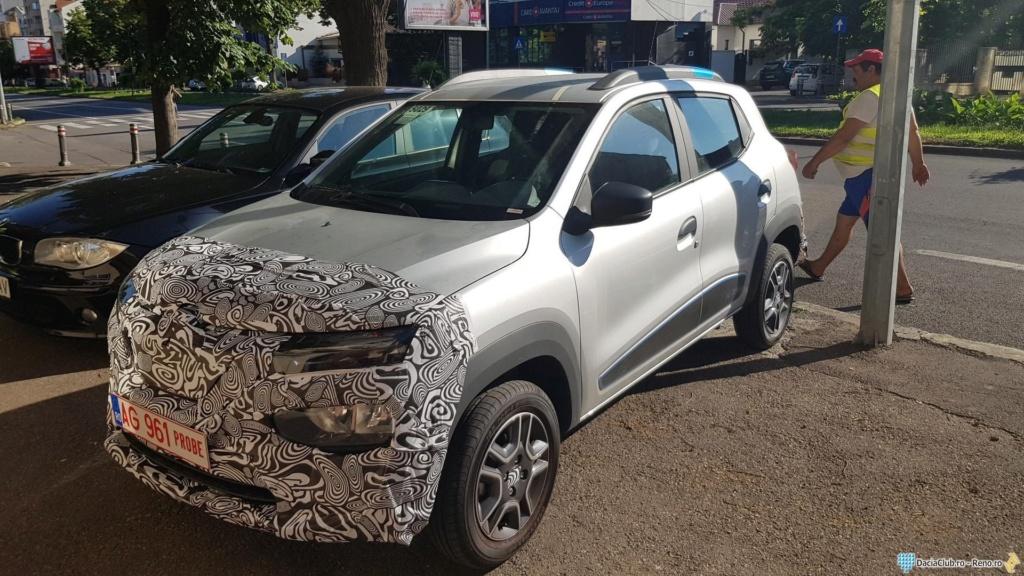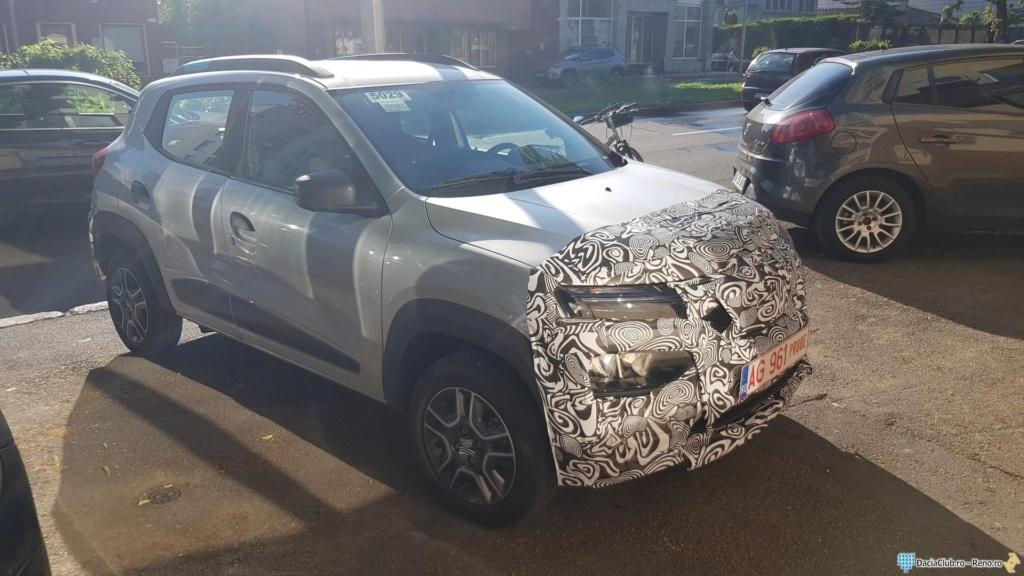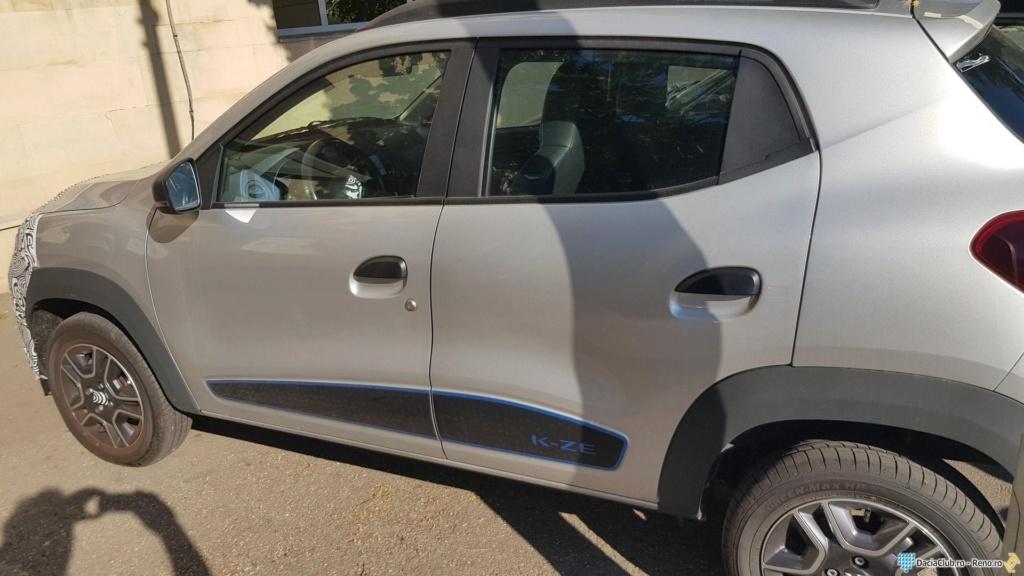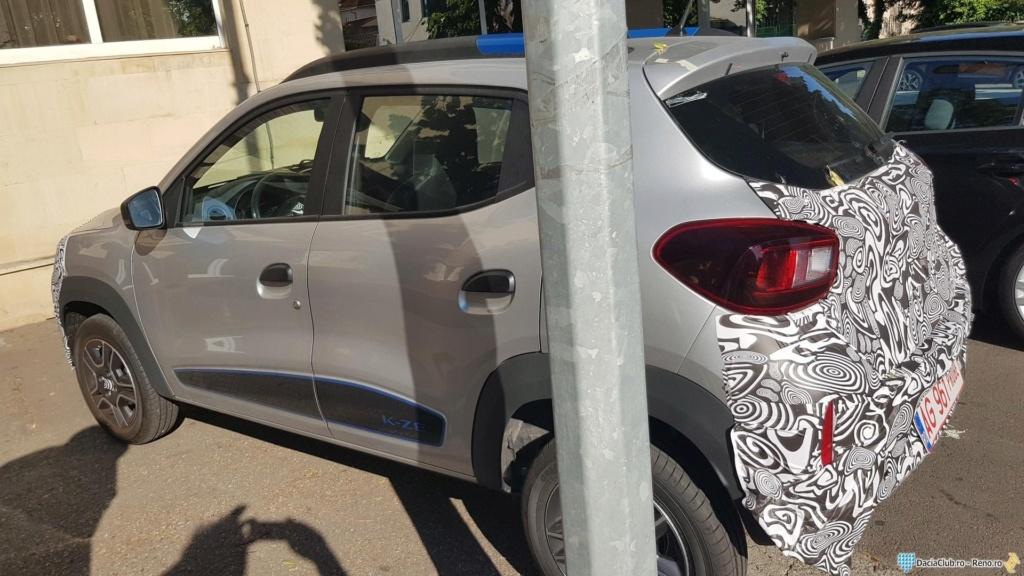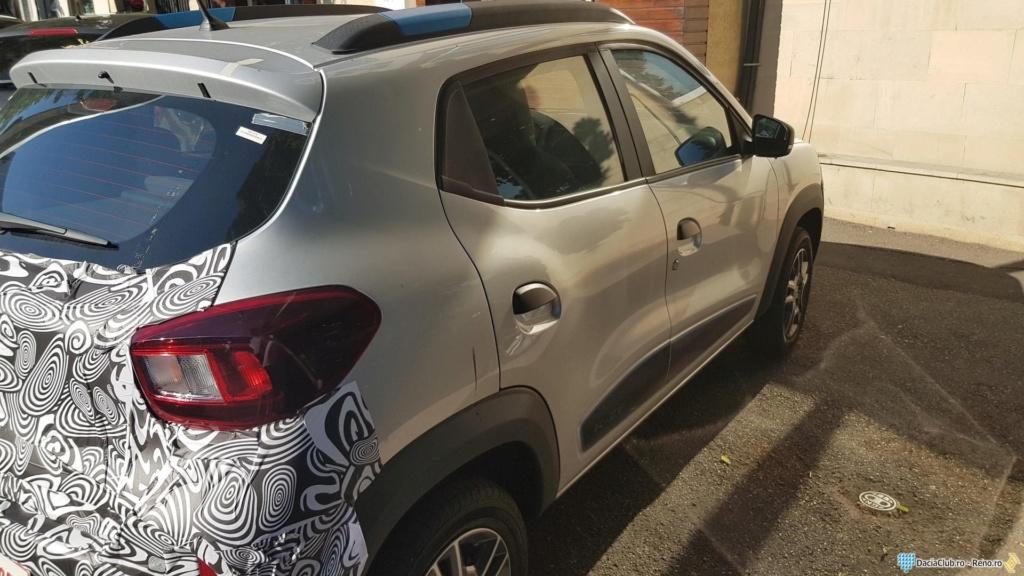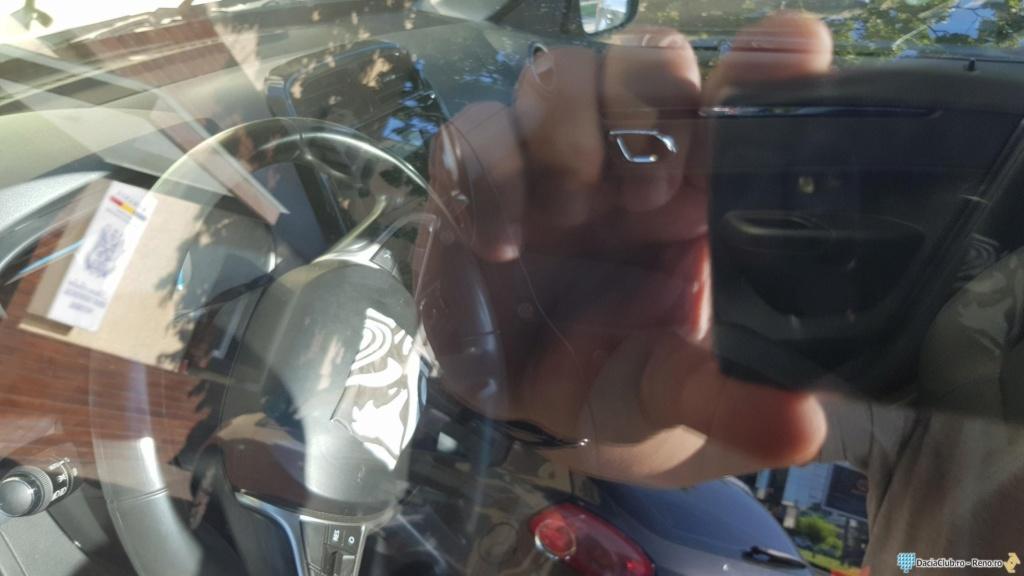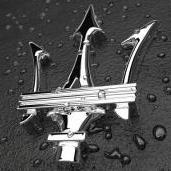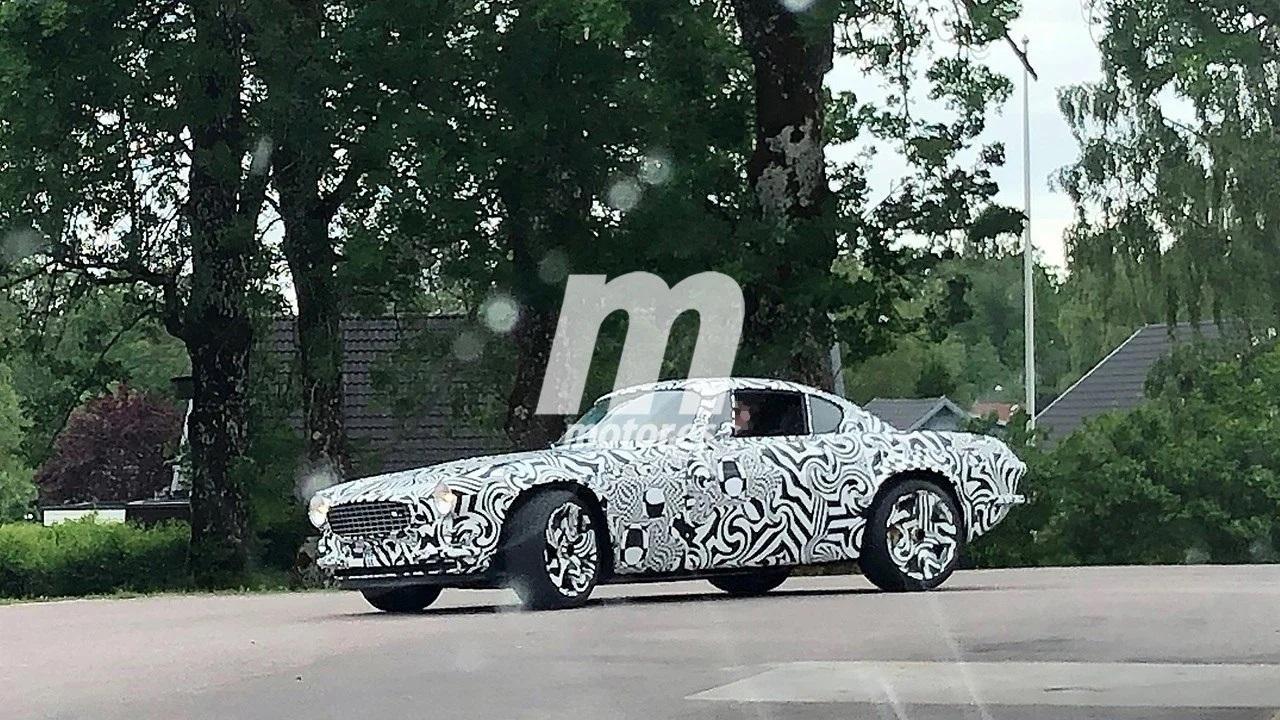Cerca nel Forum
Mostra i risultati del/dei TAG ''elettrico', 'auto elettrica', 'elettrica', 'ev', 'zev', 'motore elettrico' or 'ricarica'' .
Trovato 295 risultati
-
Perché il 2020 non poteva andarsene senza un ultimo colpo di coda.
- 52 risposte
-
- 9
-

-

-
- aznom palladium
- elettrico
- (e 5 altri in più)
-
Ecco anche la variante chiusa del GMC Hummer EV, presentata come Model Year 2024. Mancherebbe all’appello la variante da 1014 cv, così la Edition 1 ne conterebbe “soltanto” 842 Press Release: GMC
- 19 risposte
-
- hummer
- gmc ufficiale
- (e 10 altri in più)
-
è giusto un esercizio di stile questa Pony EV Heritage, un restomod ufficiale con motorizzazione elettrica non specificata ispirata in qualche dettaglio al concept Pony Coupé del 1974. autoweek.nl
- 28 risposte
-
- 5
-

-

-
- hyundai ufficiale
- hyundai
- (e 8 altri in più)
-

Yamaha Motor - Motore elettrico ad alte prestazioni su Alfa Romeo 4C
nella discussione ha aggiunto __P in Elettrificazione e Tecnologie per l'Ambiente
La casa giapponese ha sviluppato un motore elettrico a magneti permanenti capace di sviluppare un range di potenze dai 47 ai 272 cv. Per ora il progetto si è soffermato solo sul powertrain, ma in Yamaha svilupperanno su richiesta la componentistica necessaria per adattarlo ad un prodotto già in commercio. Per lo sviluppo si è modificato una Alfa Romeo 4C, come visibile nel video.- 18 risposte
-
- 5
-

-

-

-

-
- motore elettrico
- yamaha tecnologia
-
(e 5 altri in più)
Taggato come:
-
Presentate le Jeep per Easter Safari Jeep via Quattroruote Ecco le prime foto della variante elettrica https://www.cnbc.com/amp/2021/03/22/jeep-unveils-all-electric-wrangler-concept-suv.html Via CNBC.com
- 22 risposte
-
- 5
-

-

-
- jeep concept
- wrangler concept
- (e 10 altri in più)
-
Jeep presenterà al Easter Jeep Safari una concept di una Wrangler full electric! Al seguente link, nel sito americano, è presente il video. https://www.jeep.com/the-road-ahead.html
- 27 risposte
-
- wrangler concept
- jeep wrangler bev concept
- (e 10 altri in più)
-
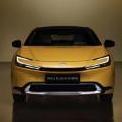
Full Self Driving FSD -Tesla
nella discussione ha aggiunto Maxwell61 in Automazione, Entertainment e Sicurezza
Prosegue la marcia Tesla verso la guida autonoma (FSD) con i beta tester (clienti selezionati) della versione software V10 in imminente rilascio, quindi forse è il caso di parlarne. Il presupposto per il FSD è che le auto siano dotato nel nuovo hardware potentissimo TESLA HW3, che sostituisce il meglio che NVIDIA aveva da offrire, non sufficiente, e progettato e prodotto ora in casa da Tesla. Il nuovo hardware Tesla HW3 è 21 volte più potente. Ad i clienti che avevano pagato per il FSD come opzione, viene sostituito tutto l'hardware dell'elettronica dell'auto senza costi (in officina ovviamente). Sostituzioni ora appena iniziate, ma riguardano soprattutto le Model S/X, in quanto le Model 3 ce l'hanno già in pancia da aprile. https://cleantechnica.com/2019/09/11/tesla-installs-first-customer-upgrade-to-full-self-driving-hardware-3/ Il nuovo hardware centro di HW3, presentato a giugno, 2 processori per la ridondanza: Articolo completissimo che spiega le prestazioni e il funzionamento di questo hardware, attualmente disponibile sul mercato solo a Tesla. https://cleantechnica.com/2019/06/15/teslas-new-hw3-self-driving-computer-its-a-beast-cleantechnica-deep-dive/ Le incredibili prestazioni di questo hardware hanno costretto NVIDIA a complimentarsi pubblicamente con Tesla, ma anche a difendersi dicendo che anche loro hanno un hardware così veloce. Il problema, ben spiegato da CleanTechnica, è che il collo di bottiglia del loro hardware non consente minimamente di sfruttarlo. Il problema risiede nel fatto che NVIDIA è costretta a fare hardware per uso generico mentre questo Tesla ha come specifico obiettivo l'eleborazione video delle 12 telecamere dell'auto, per la guida autonoma. Tutta Nvidia Detto questo, l'HARDWARE 4 è in preparazione, l'articolo fa qualche ipotesi. Video demo da Tesla Inc.: La presentazione completa di FSD e processore al Tesla Autonomy Day di aprile: Il sistema di Summon per il recupero dal parcheggio è ora evoluto in modo sostanziale col nuovo hardware, ora si chiama ENHANCED SUMMON, ecco un video di prove varie di privati: https://youtu.be/ebii6acduRY Il sistema è in elaborazione continua, anche usando l'enorme massa di dati restituita in automatico da tutte le Tesla, forse la cosa più preziosa e unica per lo sviluppo della tecnologia di guida autonoma, e quindi soggetto ad aggiornamenti e miglioramenti, in alcuni casi integrazioni, via OTA e senza limite di tempo futuro. Un concetto realmente innovativo, a due vie.- 40 risposte
-
- 3
-

-

-
- elettrica
- guida autonoma
-
(e 4 altri in più)
Taggato come:
-

Utilitaria 25 km al giorno, elettrica o benzina?
una domanda ha aggiunto PhantomFruitz in Consigli per l'Acquisto dell'Auto
Ciao a tutti, probabilmente tra non molto dovrò sostituire la seconda auto. Vorrei qualcosa di relativamente poco impegnativo in termini di spese e manutenzione, senza però rinunciare ad un minimo di estetica. In virtù dei probabili nuovi incentivi per l'elettrico mi sto avvicinando anche a questo mondo. La percorrenza che quest'auto farebbe sono circa 25 km al giorno, praticamente città e strade provinciali trafficate. Il mio dubbio è: al di là del prezzo iniziale vale la pena investire su un'auto elettrica? Premesso che in base ai gusti la più gettonata sarebbe la Nuova 500 elettrica in versione action. Naturalmente dovrò adeguare l'impianto di casa per permettere la carica nel box. In soldoni avrei meno o più sbattimenti rispetto ad una Lancia Y hybrid o 500 Hybrid o una Suzuki Swift? Quali altri modelli in alternativa mi suggerite? Vivo in una città di provincia, quindi delle ztl non mi interessa. Sicuramente ho letto che si risparmia sul bollo per 3 o 5 anni, strisce blu da capire perché varia da comune a comune... Ma quali altri vantaggi ci sono, al di là che è la tendenza del momento? Grazie a tutti! ☏ SM-G970F ☏- 98 risposte
-
- manutenzione auto elettrica
- auto elettrica
-
(e 1 altro in più)
Taggato come:
-
- 32 risposte
-
- 3
-

-
- kia elettrica
- elettrico kia
-
(e 4 altri in più)
Taggato come:
-
PRESS RELEASE
-

Peugeot e-Partner 2021
nella discussione ha aggiunto Cole_90 in Veicoli Commerciali-Industriali e Ricreazionali
L'elettrificazione dei van Stellantis (mi fa strano dirlo) prosegue con il Peugeot e-Partner. Da sottolineare che non vi sono modifiche al volume di carico che rimane di 4.4 metri cubi, proprio come sulle variant ICE. Presente anche l' i-Cockpit. Da notare l'evidente errore nei renderings. Press Release: Peugeot (link alla pagina per il comunicato completo) Il Partner si conferma il più bellino del lotto insieme al Berlingo.- 11 risposte
-
- elettrico
- partner 2021
- (e 14 altri in più)
-
Ecco Hyundai Kona Electric Facelift che porta in tavola un cambiamento non indifferente, andando ad eliminare in toto la calandra. All’interno troviamo le medesime modifiche apportate alla Kona standard, con stumentazione digitale da 10.25’’ ed infotainment da 8’’. A spingerla un motore elettrico da 136 cv con batterie da 39.2 kWh e 305 km di autonomia WLTP o un elettrico da 204 cv con batterie da 64 kWh e 484 km di autonomia. Press Release: Pure and stylish design signifying clean electric mobility The new Kona Electric has undergone a series of bold exterior design updates. By combining a clean and sleek appearance with the protective and bold B-SUV body type of the Kona, it expresses its exceptional electric technology while being even more recognisable on the road. The front with the new-look closed grille features a pure and clean design. This modern look is further enhanced by the new LED Daytime Running Lights, which emphasise the car’s wide stance. The front is complemented by an asymmetric charging port, a feature unique to the Kona Electric which makes a strong statement about driving electric. New, sharper headlamps stretch around the side of the car. The high-tech headlamp inner bezel now incorporates multifaceted reflector (MFR) technology. The headlamps are connected to the painted wheel arch claddings, giving the new Kona Electric a distinctive and sophisticated look. Vertical air inlets in front of the wheel arch claddings enhance its aerodynamics, substantially reducing turbulence in the front wheelhouse area. Meanwhile, a functional air intake in the lower bumper is visually enhanced by horizontal satin accent bars, which give it a pronounced stance. The rear bumper retains the accent bars to add value to the overall look of the car, while new horizontally-stretched rear lamps complement the pure appearance of the front. Like the new Kona with internal-combustion and hybrid powertrains, the new Kona Electric is 40 millimetres longer than the previous version. This ensures it has a dynamic appearance combined with a strong visual stance. The new Kona Electric is available with a range of new exterior colours, including two-tone roof options. Exterior colours: Dive in Jeju [New] Silky Bronze [New] Shimmering Silver [New] Ignite Flame [New] Misty Jungle [New] Surfy Blue [New] Teal [New] Cyber Grey [New] Atlas White [New] Galactic Grey Dark Knight Sunset Red Engine Red Pulse Red Phantom Black Chalk White Optional two-tone roof: Phantom Black Optional two-tone roof: Chalk White Please note: colour availability may vary by market. Check with your local Hyundai PR contact for correct information. An updated interior with progressive technology For the first time, the new Kona Electric is equipped with a 10.25-inch digital cluster, while an optional 10.25-inch AVN screen is carried over from the last update. The AVN unit incorporates multimedia and convenience features including Bluelink®, Hyundai LIVE Services and Apple CarPlay and Android Auto, further democratising advanced connectivity for Hyundai drivers. Customers who select the eight-inch Display Audio system can wirelessly connect their smartphones to Apple CarPlay and Android Auto. New Kona Electric customers can enjoy the new Bluelink® upgrade, which allows them to control their car with their smartphone or voice to make their drive more convenient and enjoyable. The app displays the vehicle’s range and battery state, as well as charging times, when plugged into different public or private charging points. Users can access an advanced battery management system in order to select charging times that best fit their schedule or their budget by making the most of off-peak electricity rates. Thanks to Remote Charging, new Kona Electric drivers can start and stop charging at the push of a button on their smartphone via the Bluelink® app. During colder months, Remote Climate Control allows users to schedule a time that they would like to pre-heat their car electrically when connected to an external power source. As well as providing additional comfort to occupants, this also saves battery power that would otherwise be needed to heat the vehicle on the road. The latest Bluelink® upgrade includes a range of new and advanced connectivity features for increased convenience. User Profile offers increased personalisation, and can be transferred to other Hyundai vehicles providing the same feature. Last Mile Navigation helps customers continue the journey to their final destination via the Bluelink® app even after their car has been parked, using either Augmented Reality or Google Maps. Connected Routing harnesses real-life and historical speed information through GPS, which is stored in the server and updated every month, to predict upcoming traffic every five minutes. This ensures more accurate traffic forecasting, more precise times of arrival, and more reliable route recalculations. Live Parking Information gives users real-time information on the location and price of nearby available parking spaces. In addition, the latest Bluelink® upgrade features Free Text Search for users to enter addresses or points of interest. Meanwhile, new ambient light technology illuminates the passenger and driver side footwell, emphasising the lifestyle character of the vehicle. Customers can select from two interior colour packages for further customisation. The one-tone Black package is available with cloth, cloth-leather or leather materials. Alternatively, the two-tone Grey interior package is available with cloth-leather mélange or leather materials. Segment-leading driving range Like its predecessor, the new Kona Electric offers two different zero-emissions battery electric powertrains, with no compromises on performance. The long-range version with a 64 kWh battery features an electric motor which delivers maximum power of 204 PS (150 kW), accelerating the Kona Electric to 100 km/h in 7.9 seconds. The basic version has a battery capacity of 39.2 kWh, with the motor delivering 136 PS (100 kW), accelerating to 100 km/h in 9.9 seconds. The long-range battery version provides a maximum speed of 167 km/h, with the standard-range battery version offering 155 km/h. Both powertrain versions deliver 395 Nm of immediate torque, ensuring the new Kona Electric is fun-to-drive with full power available from the first second. Since its launch in 2018, the Kona Electric has been equipped with one of the best all-electric driving ranges in its segment. After tyre improvements on the 2020 model year update, the 64 kWh battery version offers a class-leading range of 484 kilometres (WLTP) on a single charge. Meanwhile, the 39.2 kWh model offers a range of up to 305 kilometres (WLTP). The shift-by-wire system enables operation of the car simply by pressing buttons to switch driving modes. It also eliminates the routing space required for housing the mechanical linkages between a normal shifter and the transmission, providing additional storage space in the front of the car. The Smart Adjustable Regenerative Braking system allows the new Kona Electric to automatically set the regenerative braking level, while paddle shifts behind the steering wheel allow the driver to adjust the intensity of the regenerative braking. The system recuperates additional energy when possible. Regenerative braking is maximised when keeping the left pedal held, allowing the driver to even bring the vehicle to a full stop – without use of the brakes. Charging the lithium-ion polymer battery from 10 to 80 per cent only takes about 47 minutes using a 100 kW direct current (DC) fast charger. The Kona Electric features an optional 10.5-kW three-phase on-board charger, allowing for significantly shorter charging times using public three-phase AC charging stations or with a private compatible wall box at home. Drivers also have the option of charging their car at a compatible regular household power socket using the ICCB-cable (in-cable control box). Share Even more best-in-class safety features The new Kona Electric features a state-of-the-art Hyundai safety package for peace of mind. Hyundai SmartSense provides comprehensive, best-in-class active safety and driving assistance systems, and the new Kona Electric is now equipped with even more functions than its predecessor. Upgraded Hyundai SmartSense features that feature on the new Kona Electric include Rear Cross-Traffic Collision-Avoidance Assist (RCCA) and Blind-Spot Collision-Avoidance Assist (BCA), which offer not just warnings to drivers, but also implement the brakes where necessary. RCCA works to avoid a collision when reversing, as the car’s sensors detect approaching vehicles from both sides, with the brakes applied if necessary. Meanwhile, BCA engages the car’s differential brakes to prevent an accident if another vehicle is detected near the rear corner and the driver attempts to change lanes. Another feature new to this model is Leading Vehicle Departure Alert (LVDA), which alerts the driver if they do not react fast enough when the vehicle ahead of them starts moving. Further new safety features include Safe Exit Warning (SEW) and Rear Seat Alert (RSA). SEW warns passengers intending to exit the vehicle if it is not yet safe to do so. RSA is a door-checker feature that recognises if the rear doors have been opened prior to departing. When the drive is completed, the car alerts the driver if someone or something is in the back seat when they open the doors. In addition, the new Kona Electric is also available with eCall, a feature which automatically alerts emergency services if the airbags are deployed or the eCall button is pushed. Hyundai SmartSense safety features: [NEW] Blind-Spot Collision-Avoidance Assist (BCA) [NEW] Rear Cross-Traffic Collision-Avoidance Assist (RCCA) [NEW] Leading Vehicle Departure Alert (LVDA) [NEW] Safe Exit Warning (SEW) [NEW] Rear Seat Alert (RSA) Forward Collision-Avoidance Assist with pedestrian and cyclist detection (FCA-Ped) Smart Cruise Control with Stop & Go (SCC w/ S&G) Lane Following Assist (LFA) Lane Keeping Assist (LKA) Intelligent Speed Limit Warning (ISLW) Driver Attention Warning (DAW) Increased comfort and convenience A number of convenience features allow for a more comfortable ride, in particular for back seat passengers. As with its predecessor, the new Kona Electric’s second row heated seats allow rear passengers to relax when travelling on longer journeys. The new second row USB port delivers additional power to recharge devices on-board if needed. Meanwhile, an electric parking brake offers even more reassurance for drivers, and can be activated by the simple push of a button. Charge myHyundai Hyundai recently announced it is launching Charge myHyundai, a pan-European integrated public charging service. This means new Kona Electric owners will have access to over 170,000 charging points across Europe and can enjoy a streamlined one-payment solution via a single card or an app. Customers can easily find available charging stations using the AVN system. Charge myHyundai is being introduced in six European markets initially: France, Italy, Spain, Norway, the Czech Republic and Switzerland. The service will be activated for UK customers in the fourth quarter of 2020. Hyundai plans to extend the service to customers in more countries in the near future. Hyundai Sembra l’ippopotamo dei pannolini.
- 14 risposte
-
- 4
-

-

-

-
- elettrico
- hyundai ufficiale
- (e 10 altri in più)
-

Opel Combo-e 2021
nella discussione ha aggiunto Cole_90 in Veicoli Commerciali-Industriali e Ricreazionali
Il secondo componente dei van "piccoli" di PSA ad ottenere l'elettrificazione è il Combo, anch'esso con 275 km WLTP di percorrenza a carica completa. Disponibile sia a passo corto che in variante Combo-e XL. Press Release: Opel Ha il muso troppo da tontolone, secondo me- 5 risposte
-
- opel combo electric
- opel ufficiale
- (e 10 altri in più)
-
sembra che tramutino in serie il prototipo ispirato alla Pony https://www.carscoops.com/2020/02/hyundai-45-ev-makes-spy-debut-combines-angular-retro-styling-with-new-platform/
- 33 risposte
-
- 1
-

-
- elettrica
- hyundai spy
-
(e 4 altri in più)
Taggato come:
-
Start up per un fuoristrada elettrico...figo http://bollingermotors.com/ https://www.topgear.com/car-news/electric/bollinger-b1-seriously-capable-road-ev POWERTRAIN All Wheel Drive (AWD) 0-60 in 4.5 sec Top Speed 127 mph 360 Horsepower 472 lb-ft Torque Dual Front/ Rear Motor 60 kWh or 100 kWh Energy Storage 120 Mile or 200 Mile Range 67.4 est. MPGe Charge Time 60 kWh (from fully depleted) Level 2 (220v): 7 hours Charge Time 100 kWh (from fully depleted) Level 2 (220v): 12 hours DC charging compatible J1772 (110 & 220) & CHAdeMO (DC Fast) Charging Ports Electronic locking differentials (front and rear) Dual Front/Rear, 2 speed HI/LO range gearboxes. 4x Torque multiplication in LO range Top Speed LO Range: 32 m
- 25 risposte
-
- 2
-

-
- sondaggio
- auto in arrivo
- (e 15 altri in più)
-

Ssangyong Korando e-Motion 2021 - Prj. E100 (Teaser)
nella discussione ha aggiunto KimKardashian in Scoops and Rumors
-

Hyundai: piattaforma Electric-Global Modular Platform
nella discussione ha aggiunto Beckervdo in Elettrificazione e Tecnologie per l'Ambiente
Hyundai presenta la Electric-Global Modular Platform, ossia la piattaforma E-GMP per veicoli elettrici. Il pack batterie del gruppo Hyundai-Kia avrà una capacità di tensione di 800V (400V senza adattatori) per una carica a 350 kW. La capacità totale del sistema è di 77.4 kWh, che garantisce una autonomia di oltre 500 km in WLTP, ma sono previste in un secondo momento anche configurazioni da oltre 100 kWh. Sarà utilizzata per 11 dei nuovi 23 modelli del gruppo. Il primo modello ad utilizzarlo sarà la Hyundai Ioniq 5.- 9 risposte
-
- 2
-

-
- elettrico kia
- elettrico hyundai
- (e 7 altri in più)
-
A giudicare dall’assenza di scarichi e dalla calandra chiusa potrebbe proprio trattarsi della variante elettrica ad alte prestazioni. Motoringfile Side Note: ho letto quasi dappertutto review non proprio positive sulla GP a combustione.
- 13 risposte
-
- 2
-

-

Volvo: produrrà i propri motori elettrici
nella discussione ha aggiunto Beckervdo in Notizie e Scelte Strategiche dal mondo dell'Auto
Attualmente i motori elettrici delle Volvo Elettriche ed Ibride Plug-In, sono realizzati da Siemens. Il mese scorso è stato inaugurato un nuovo centro R&D a Shangai dove verranno realizzati i propri motori elettrici. Tuttavia, Volvo ha già sviluppato motori elettrici a Göteborg e ha laboratori per le batterie sia in Cina che in Svezia. Il primo modello a beneficiare del nuovo sistema "made in Sweden" sarà la nuova Volvo XC90 realizzata su piattaforma modulare SPA2. Henrik Green, chief technology officer at Volvo Cars L'obiettivo di Volvo è avere entro il 2025, il 50% della gamma Full Electric ed il restante 50% MHEV e PHEV. -
Concept per una nuova hypercar elettrica di Bulgaria Alieno Arcanum lunghezza 5,24, larghezza 2,18 e altezza 1,20m 4 step di potenza con 3, 4,5 o 6 motori per ruota da 2610CV fino a 5220CV coppia tra 4400Nm e 8880Nm Batterie come combinazione a supercaps e stato solido tra 60kWh e 180kWh Ricaricabile fino a 2700kW Peso tra 1,6to e 2,9to.
-
WS Prime immagini della Dacia Spring, rebadge della Renault City K-ZE prodotta in Cina (a sua volta versione elettrica della Kwid per i mercati emergenti).
- 41 risposte
-
La trazione anteriore scomparirà con l’elettrico?
nella discussione ha aggiunto xtom in Elettrificazione e Tecnologie per l'Ambiente
Questo è l’interrogativo che si pone un interessante articolo di Vaielettrico che vi consiglio di leggere https://www.vaielettrico.it/la-trazione-anteriore-scomparira-ne-powertrain-elettrico/ In effetti auto nate solo per essere elettriche come le Tesla, le VW ID o la Honda E, hanno un’architettura tutto dietro, con motore e trazione posteriore. Fa eccezione la 500 E, ma sappiamo che è stata progettata per essere eventualmente dotata di motore termico. Tutte le elettriche che derivano da una termica mantengono invece la trazione anteriore, con motore ed elettronica di potenza anteriore, che occupano spazio nel cofano. Con la fine regolazione della coppia del motore elettrico è facilmente evitabile l’unico limite delle trazioni posteriori, ovvero il sovrasterzo sui fondi a bassa aderenza. Per chi invece cerca il sovrasterzo di potenza su un’auto sportiva, la trazione posteriore elettrica è ancora più efficace grazie alla maggiore coppia già a bassi giri. Insomma l’elettrico non renderà le auto noiose come tanti credono.- 8 risposte
-
- 1
-

-
https://www.carscoops.com/2018/11/production-honda-urban-ev-spotted-first-time-five-doors-rearview-cameras/ Concept: https://www.honda.it/cars/experience-honda/news-events/Honda_Urban_EV_eletta_Best_Concept_Car_da_giuria_internazionale.html Gli ordini della versione di serie di Honda Urban EV Concept partiranno da inizio 2019 Il nuovo modello sarà il primo veicolo elettrico a batterie prodotto in serie da Honda e venduto in Europa https://www.honda.it/cars/experience-honda/news-events/honda-urban-ev-concept--primi-ordini-della-versione-di-serie-da-.html
- 30 risposte
-
- honda urban ev
- honda urban
-
(e 6 altri in più)
Taggato come:
-
La Volvo P1800 che vediamo in queste foto spia è registrata come una Volvo P18335 VD del 1964 ed è di proprietà di Mattias Evensson, responsabile dello sviluppo del motore di Cyan Racing AB, ossia per la Lynk & Co 03 Cyan che gareggia nel campionato WTCR con un 2.0 litri turbo da 535 CV e trazione anteriore. L'esemplare, che ricorda totalmente le forme della P1800, sebbene abbia dei vistosi parafanghi allargati, non ha sistema di scarico, quindi tutto lascia presupporre che abbia alimentazione esclusivamente elettrica.
- 5 risposte
-
- 8
-

-

-

-
- p1800 spy
- elettrico volvo
- (e 7 altri in più)
-

Velocità di Ricarica EV: articolo di AUTOMOBILISMO
nella discussione ha aggiunto Maxwell61 in Elettrificazione e Tecnologie per l'Ambiente
E' una buona occasione per introdurre il problema velocità di ricarica, in un mondo dove non siamo ancora abituati a fare i conti sulle EV e si può essere fuorviati. Un esempio è l'articolo di Automobilismo, a cui sembra di aver fatto la scoperta dell'acqua calda: è l'integrale delle curve di ricarica che è importante e non la massima velocità di picco che la batteria permette. Bonjour Monsieur de Lapalisse. Adesso dovrebbero fare un'altra scoperta: non conta l'integrale della curva di ricarica ma quanto rapidamente l'auto reintegra i km che può fare, che è quello che ci serve. E qui conta l'efficienza dell'auto e la prova fatta è in realtà Audi E-Tron 55 con una Model 3, cioè la EV con la peggiore efficienza e quella con la migliore. Ottimale raffronto, rende l'idea di che calcoli dobbiamo fare per capire quanto ci vuole per fare i km che dobbiamo fare. La situazione reale è questa: https://cleantechnica.com/2019/06/12/sorry-audi-but-tesla-model-3-crushes-audi-e-tron-in-fast-charging-times-charts/ L'ispirazione dell'articolo di AUTOMOBILISMO viene da una prova fatta caricando ad un charger IONITY una Model 3 e una Etron 55. Model 3 carica al max a 250 kW ma solo ai Supercharger (per ora ben più diffusi e ben più economici degli IONITY, ladri da 0,79 Eur/kWh) mentre agli IONITY la prova ha dato un max di 180 kW. Infatti Tesla ha messo un limite cautelativo di 200 kW ai charger non suoi. Ma anche in queste penalizzanti condizioni ecco cosa è successo: https://electrek.co/2019/06/11/tesla-model-3-vs-audi-e-tron-350kw-charge-off/ Cara AUTOMOBILISMO, il tuo articolo non serve a molto, ma in compenso confonde molto le idee. E soprattutto non dà strumenti agli utenti ma li depista all'opposto dell'utile. Ma è comprensibile, i giornalisti auto arrivano sempre un pò in ritardo, le eccezioni sono rare.- 22 risposte
-
- 3
-

-
- auto elettrica
- ricarica
-
(e 1 altro in più)
Taggato come:

.thumb.jpg.d20c5008a881490f9c7f843d442a34f8.jpg)
